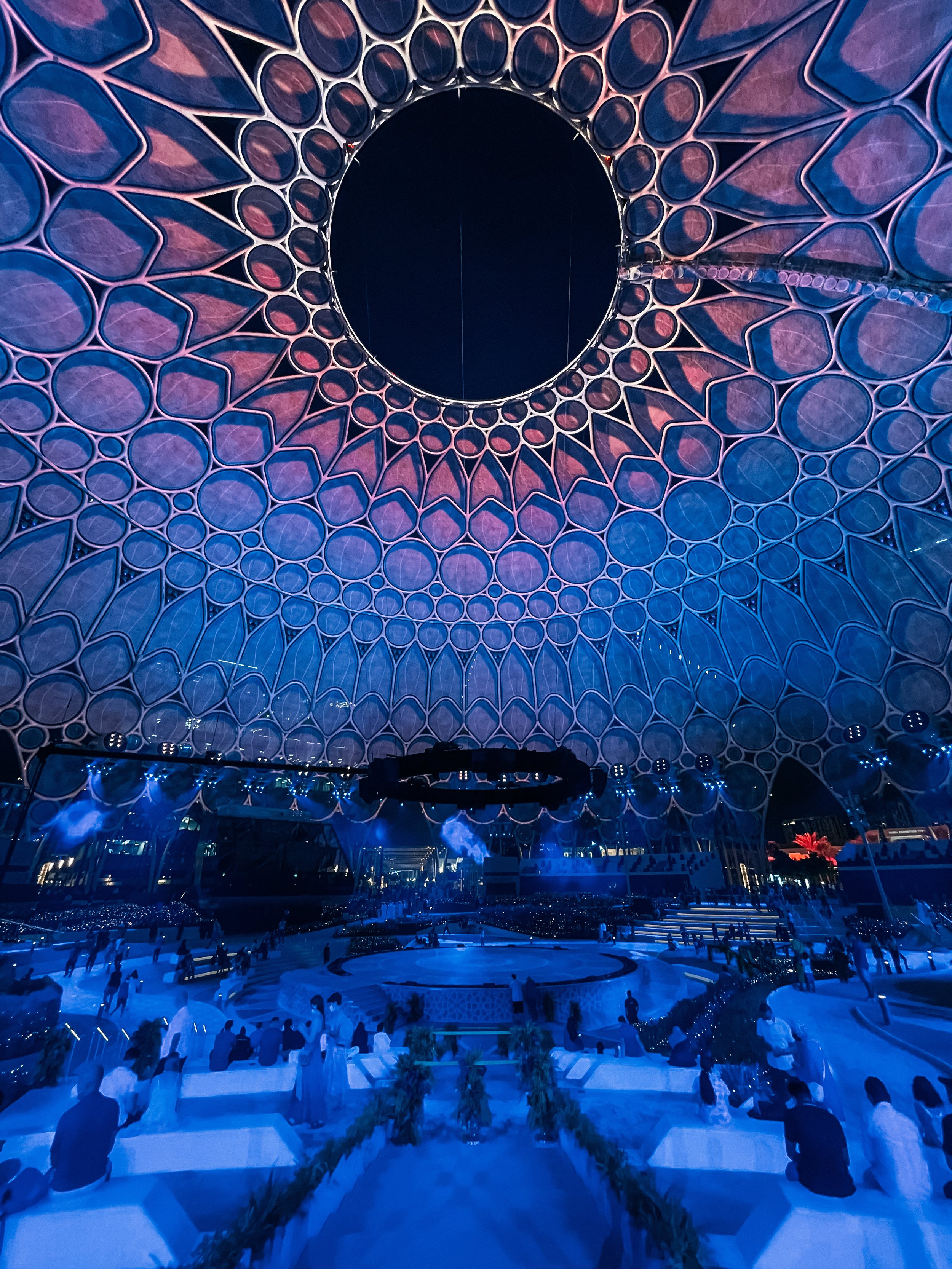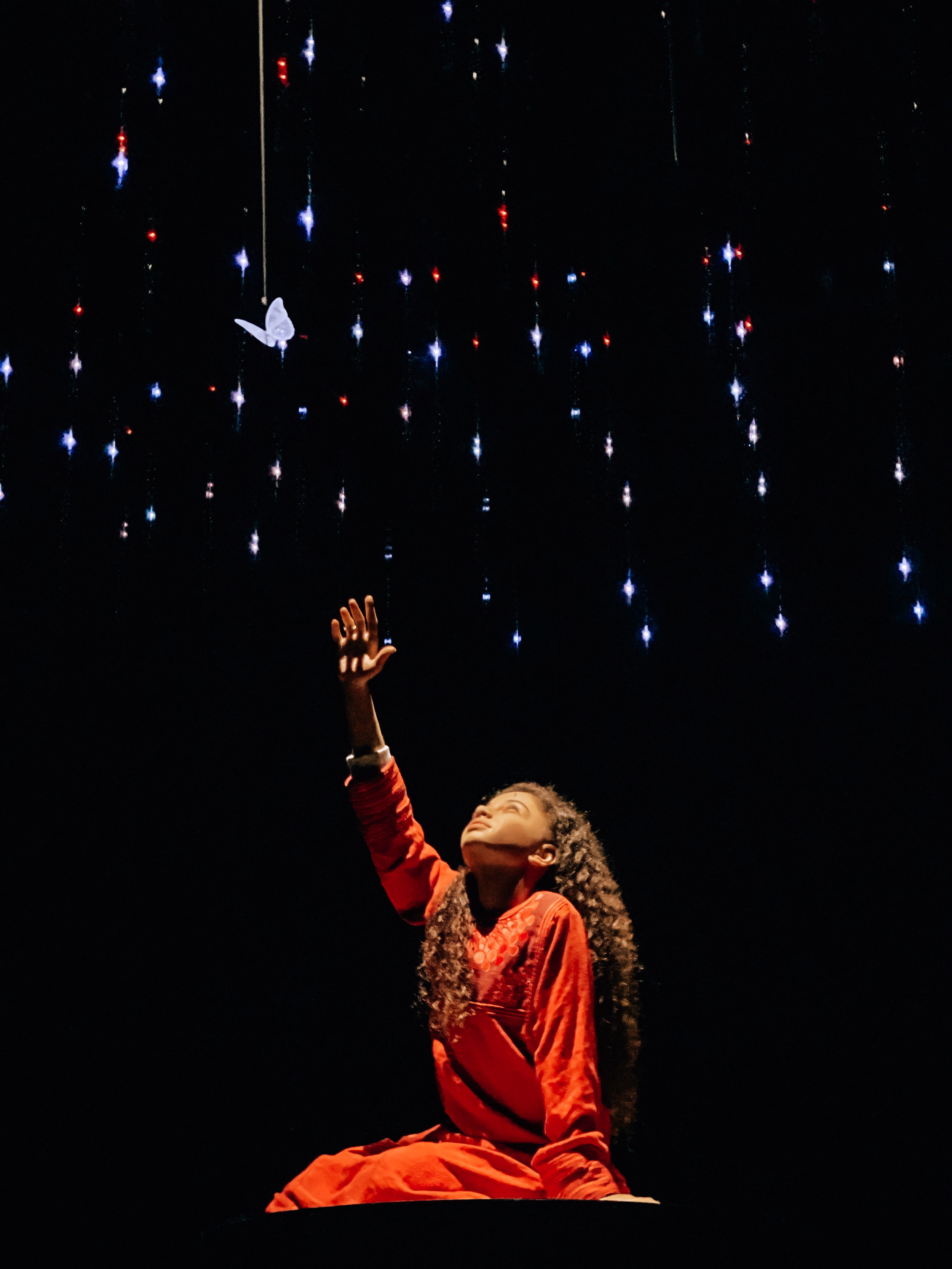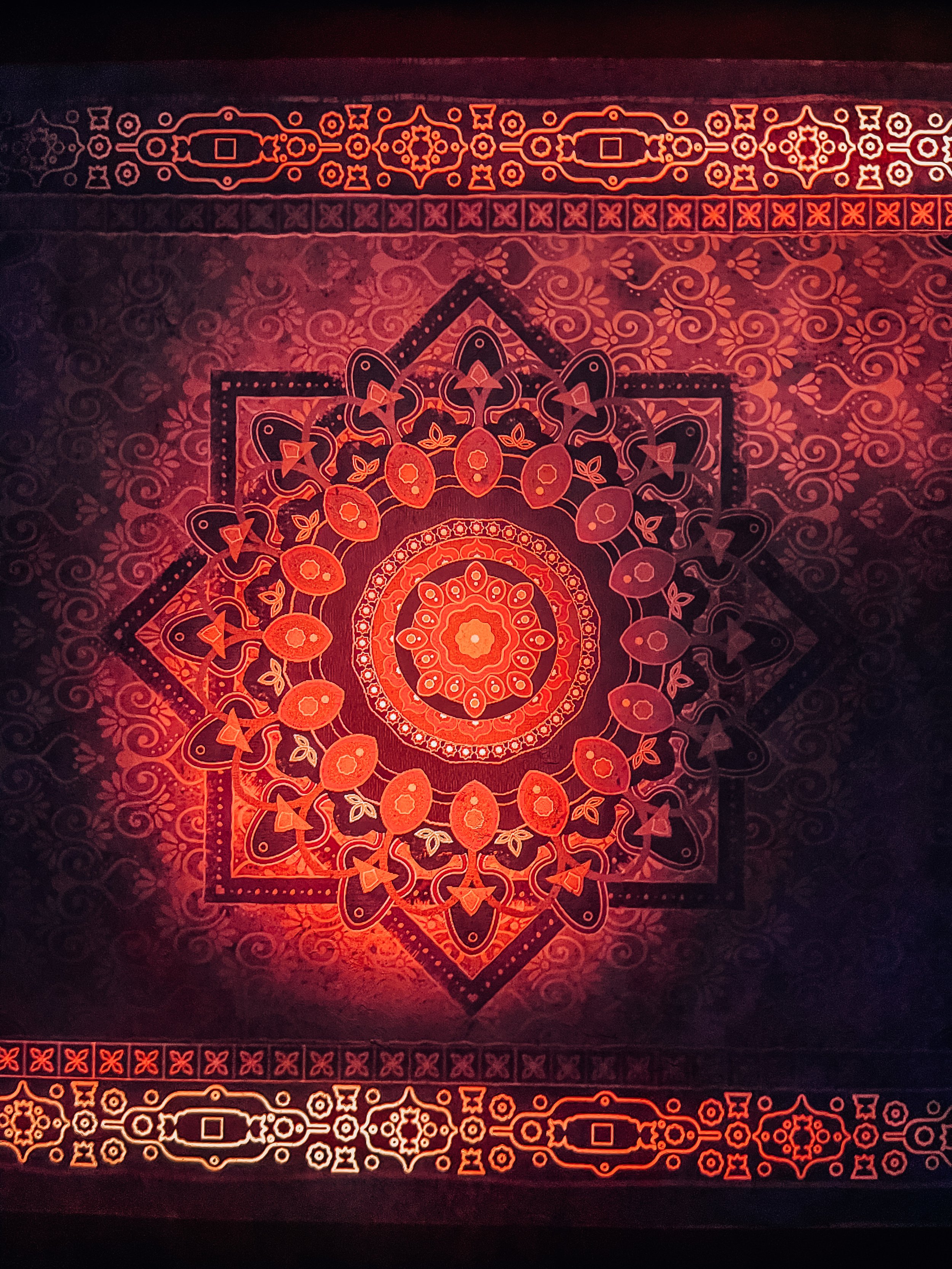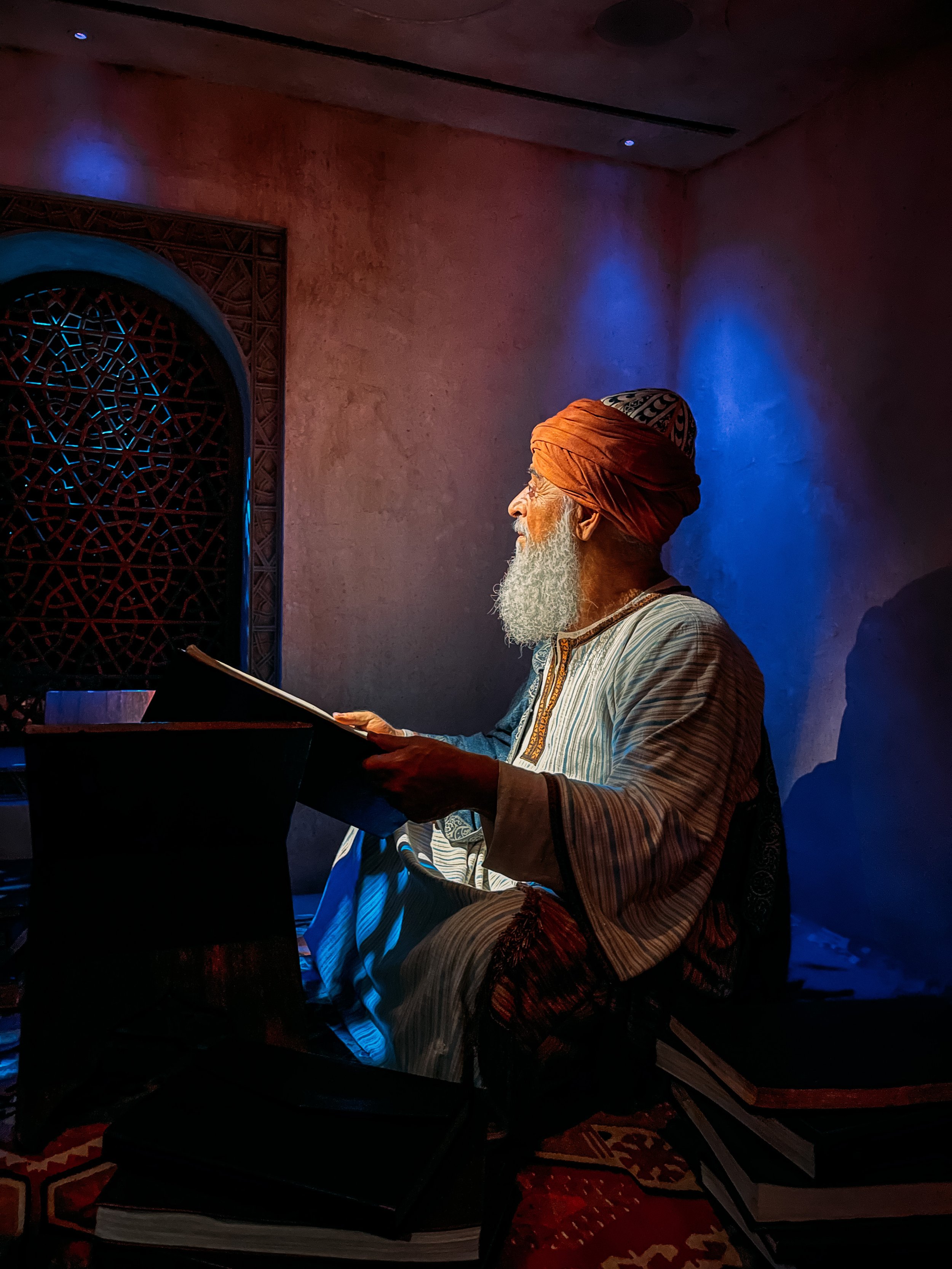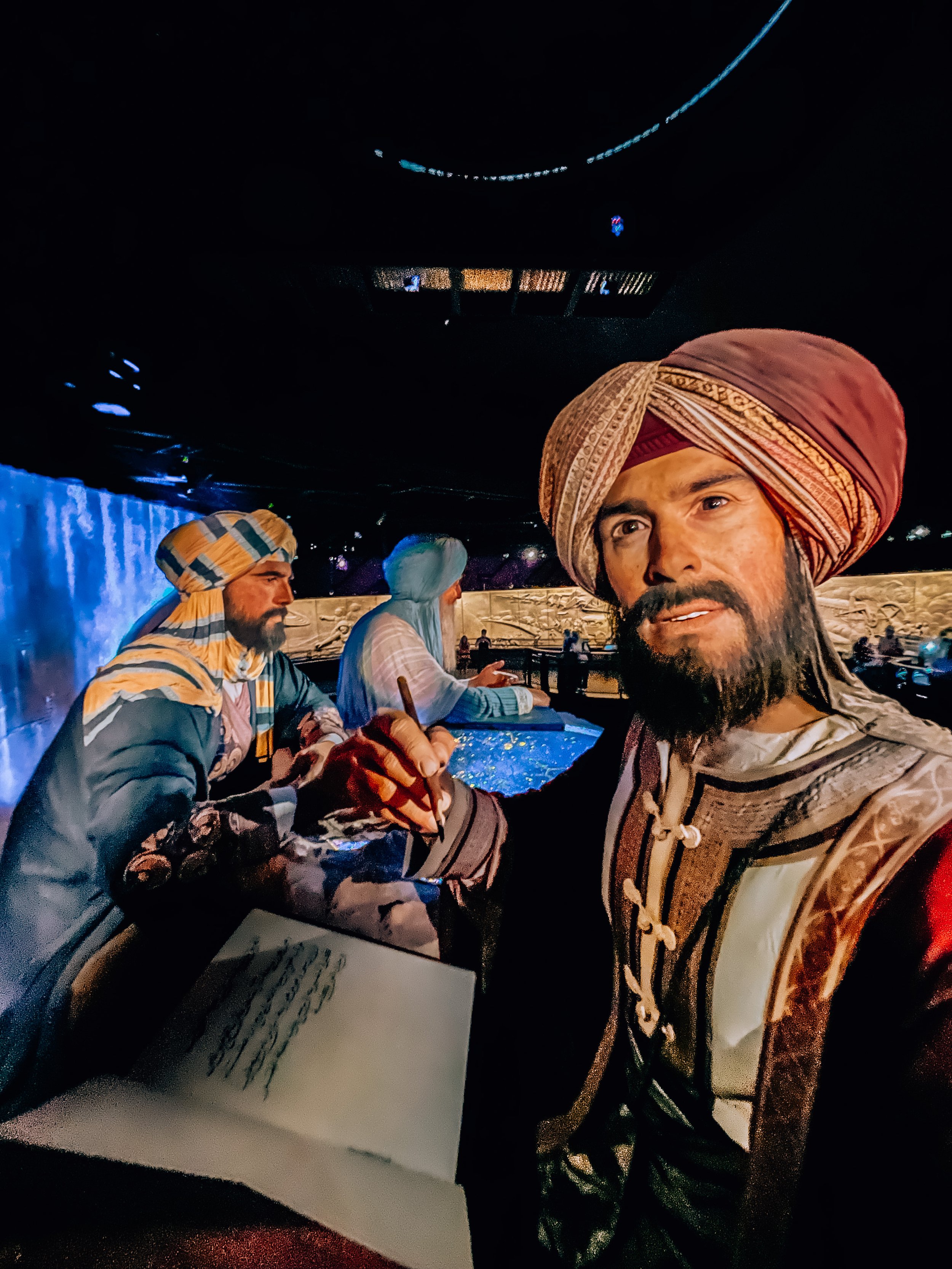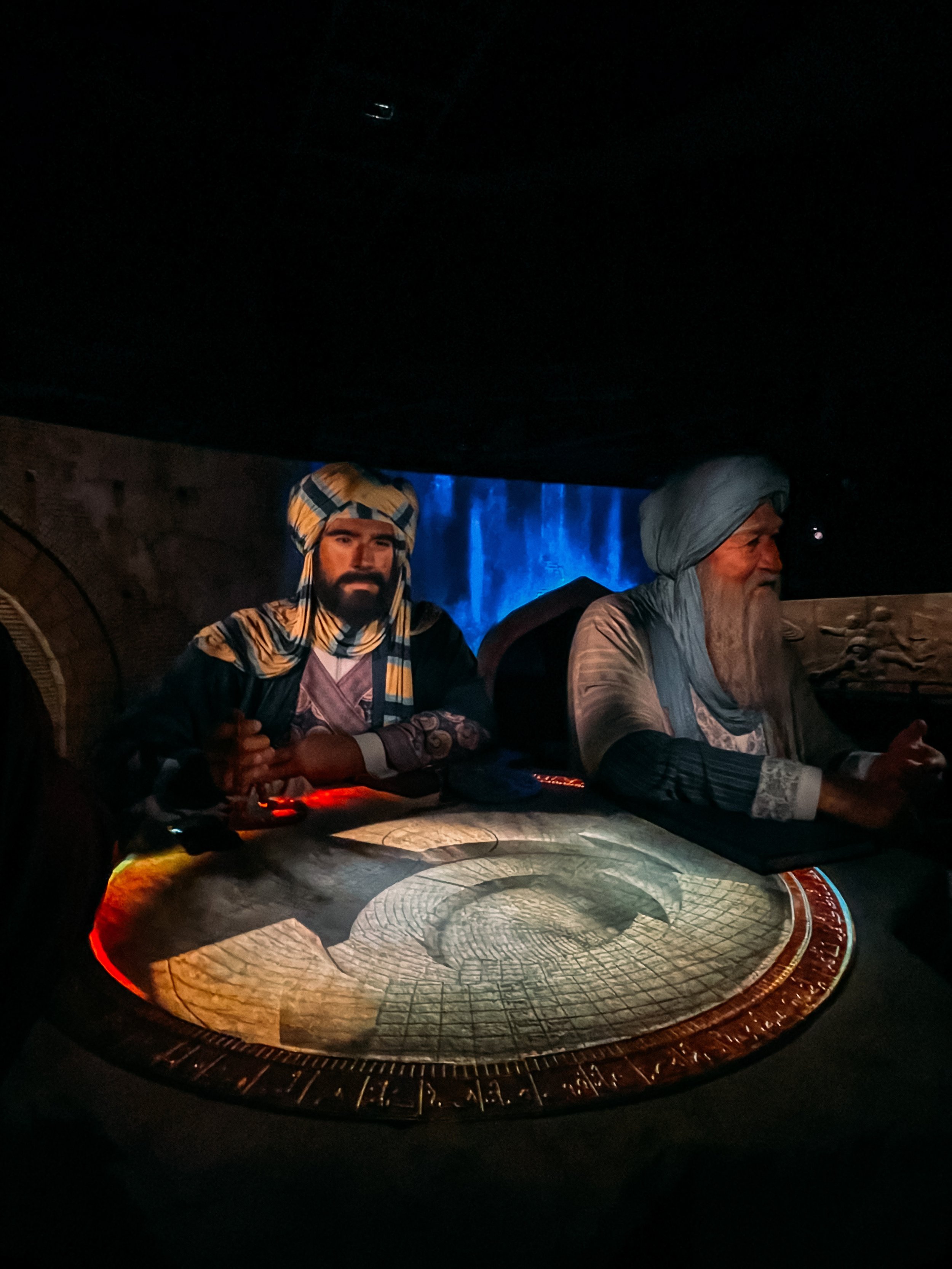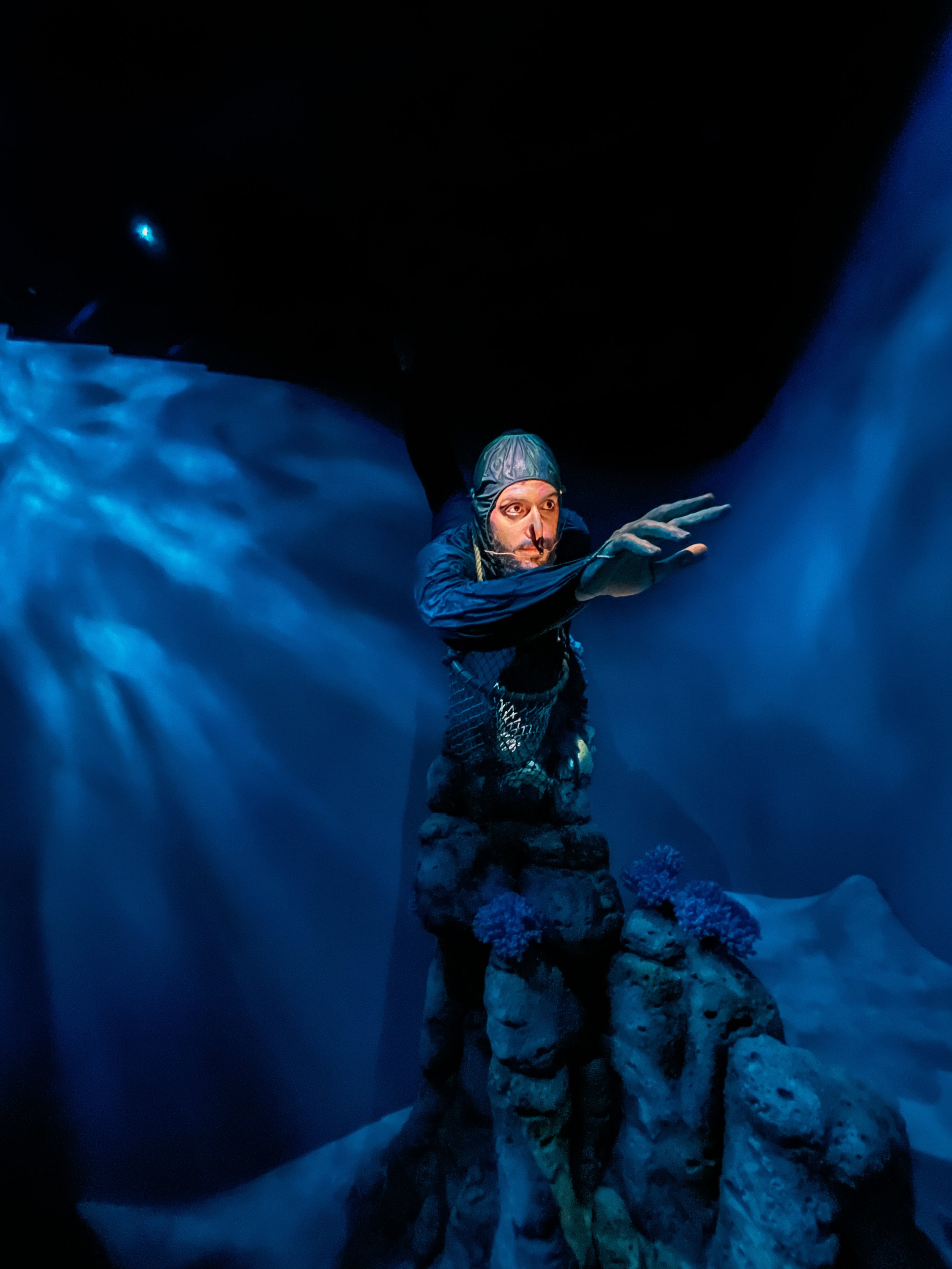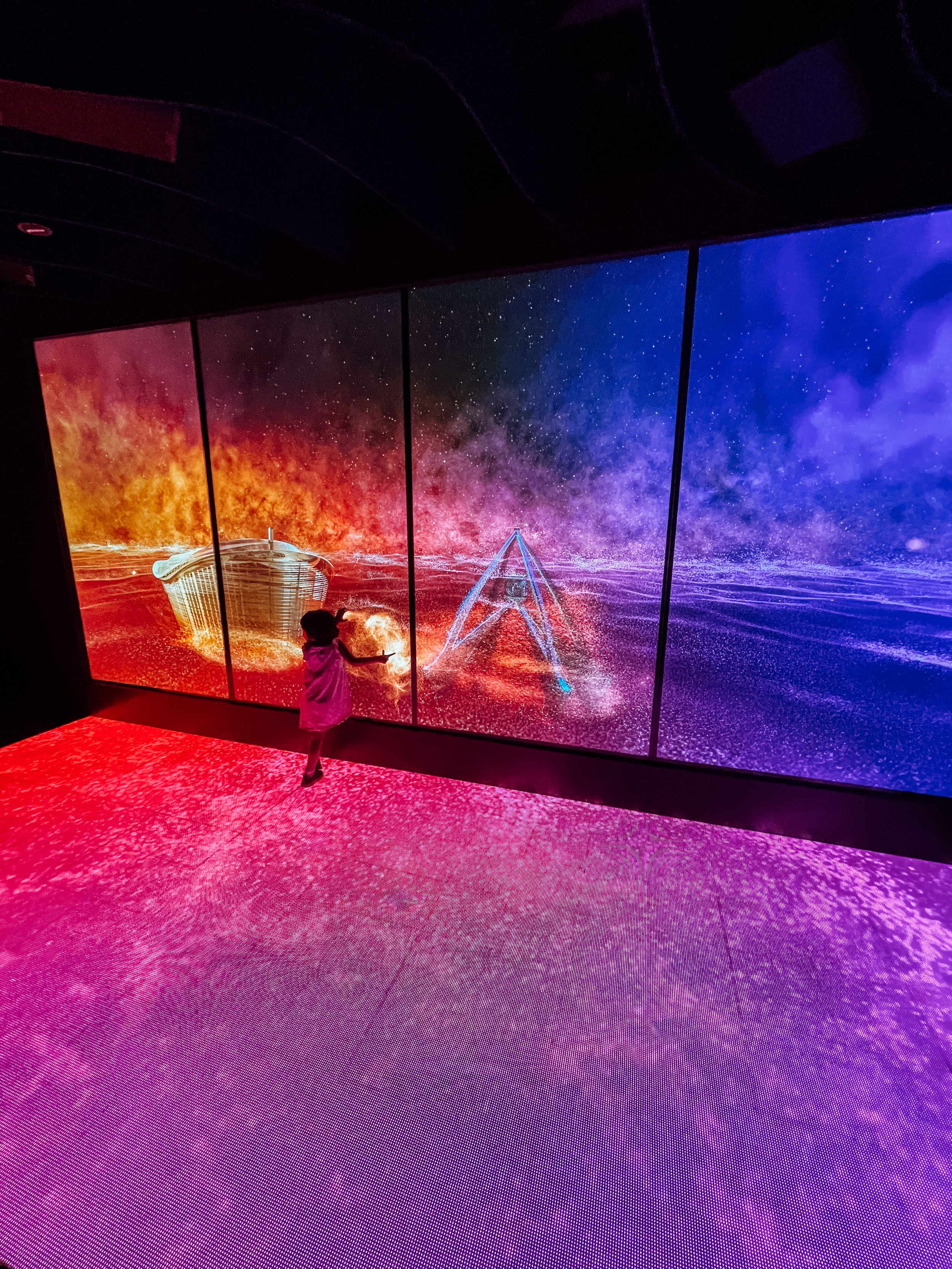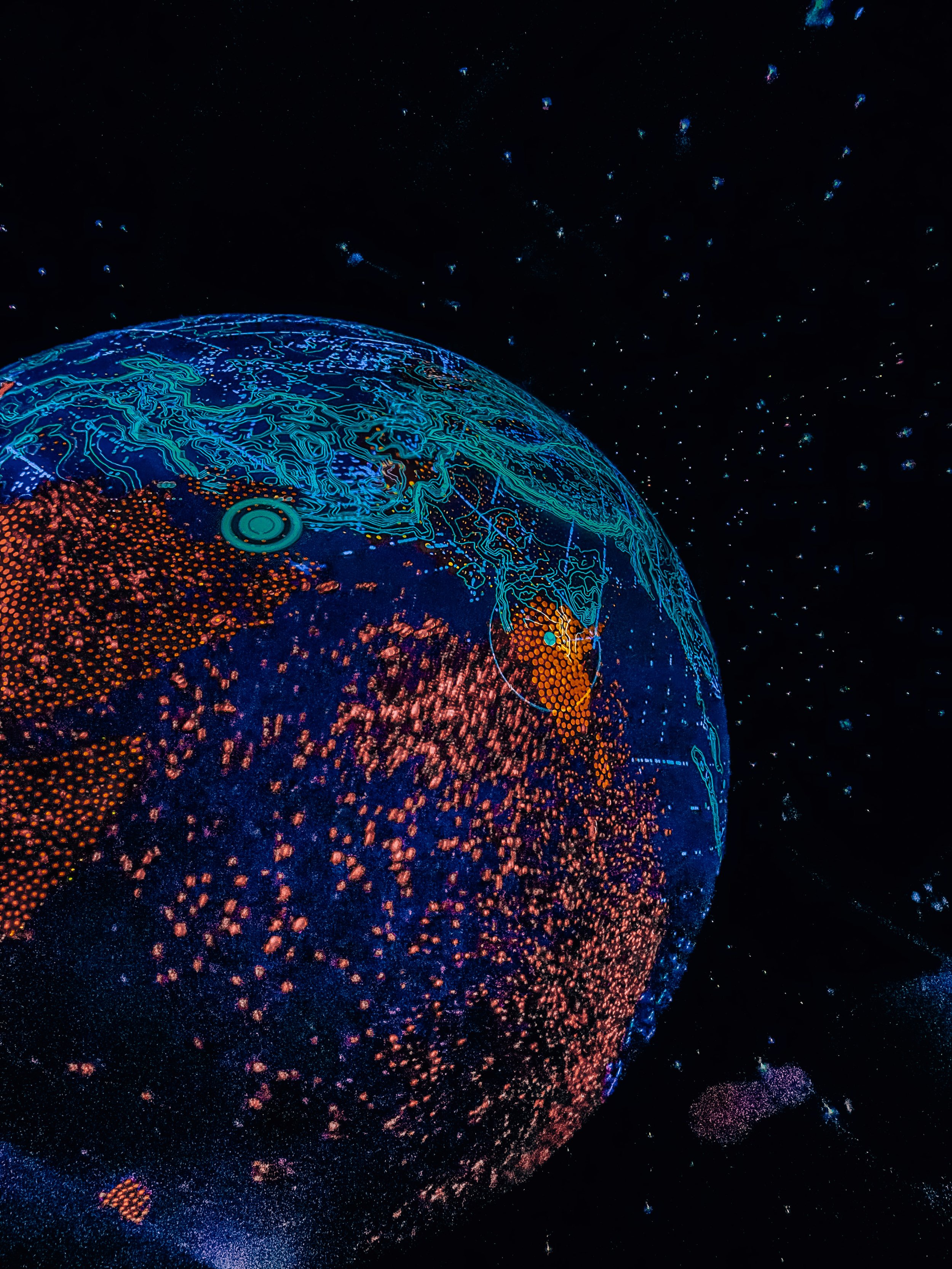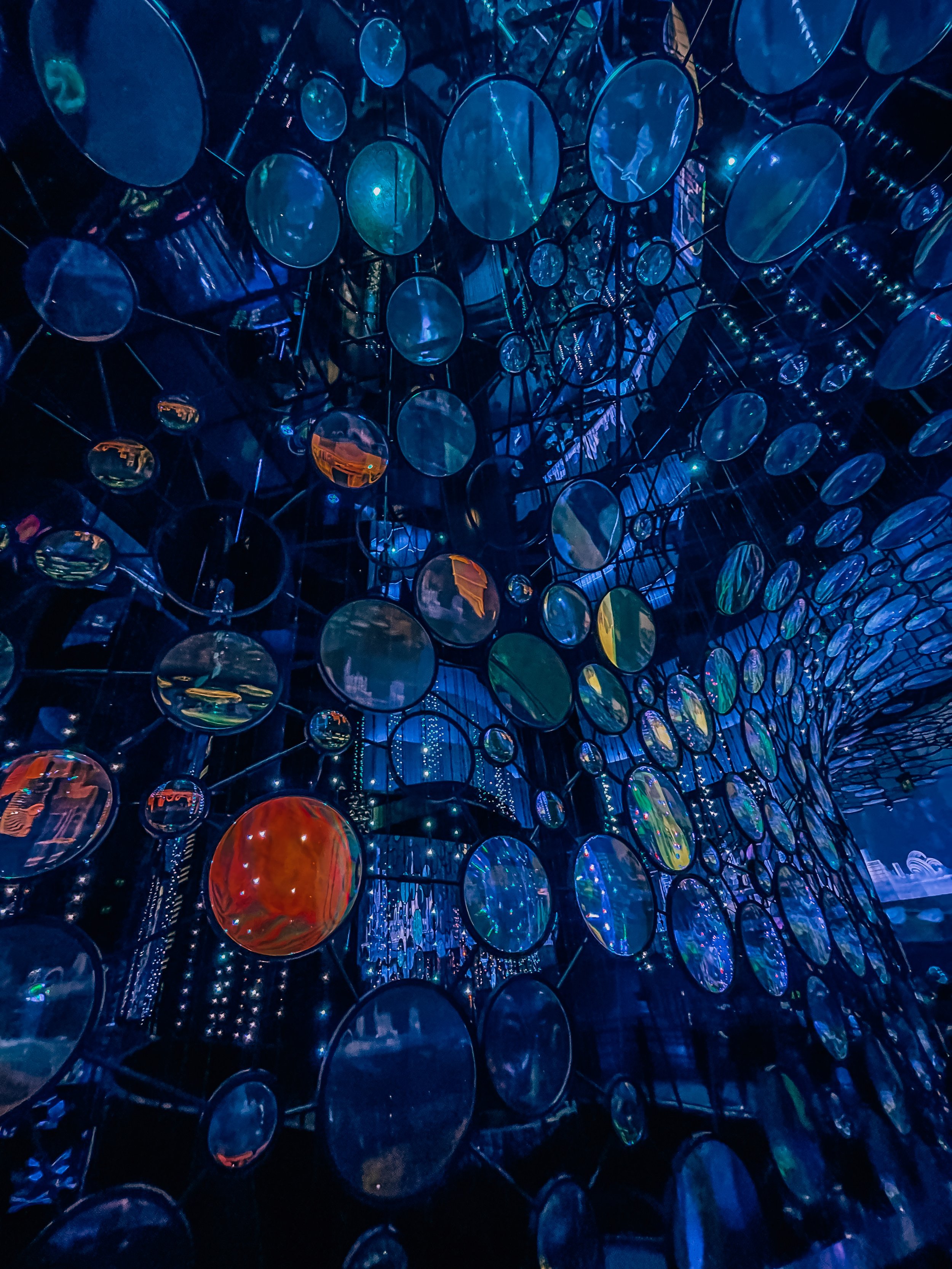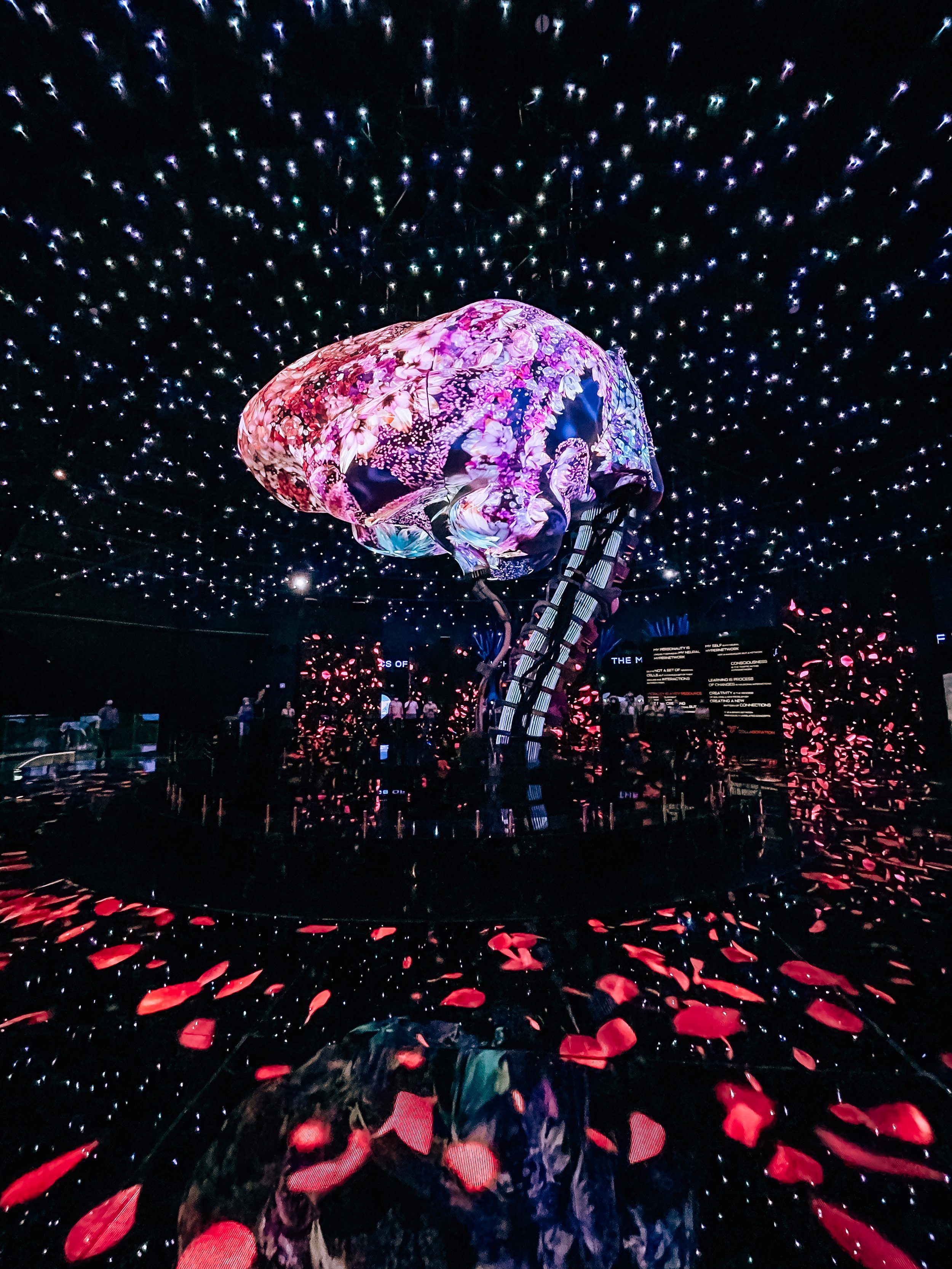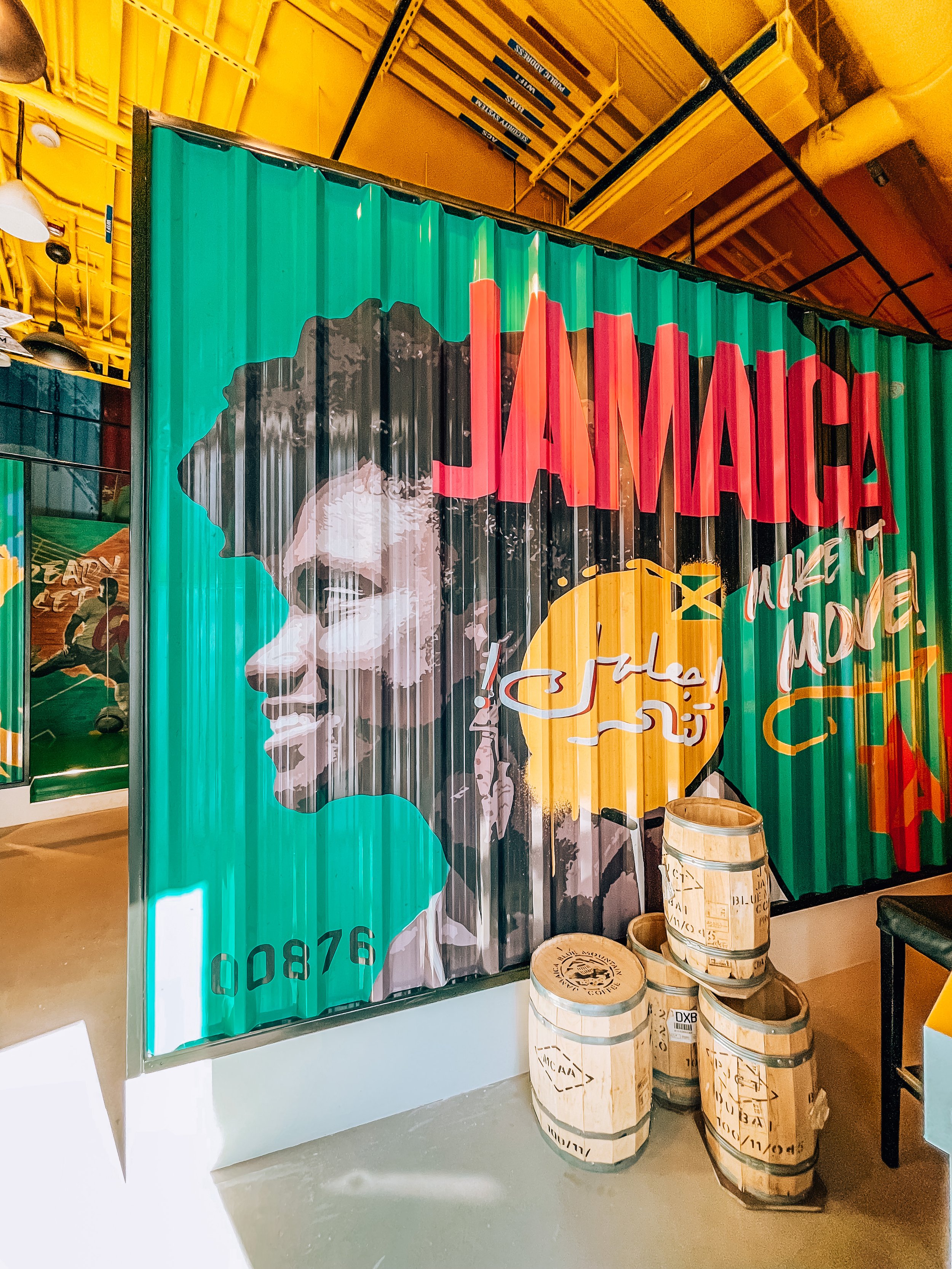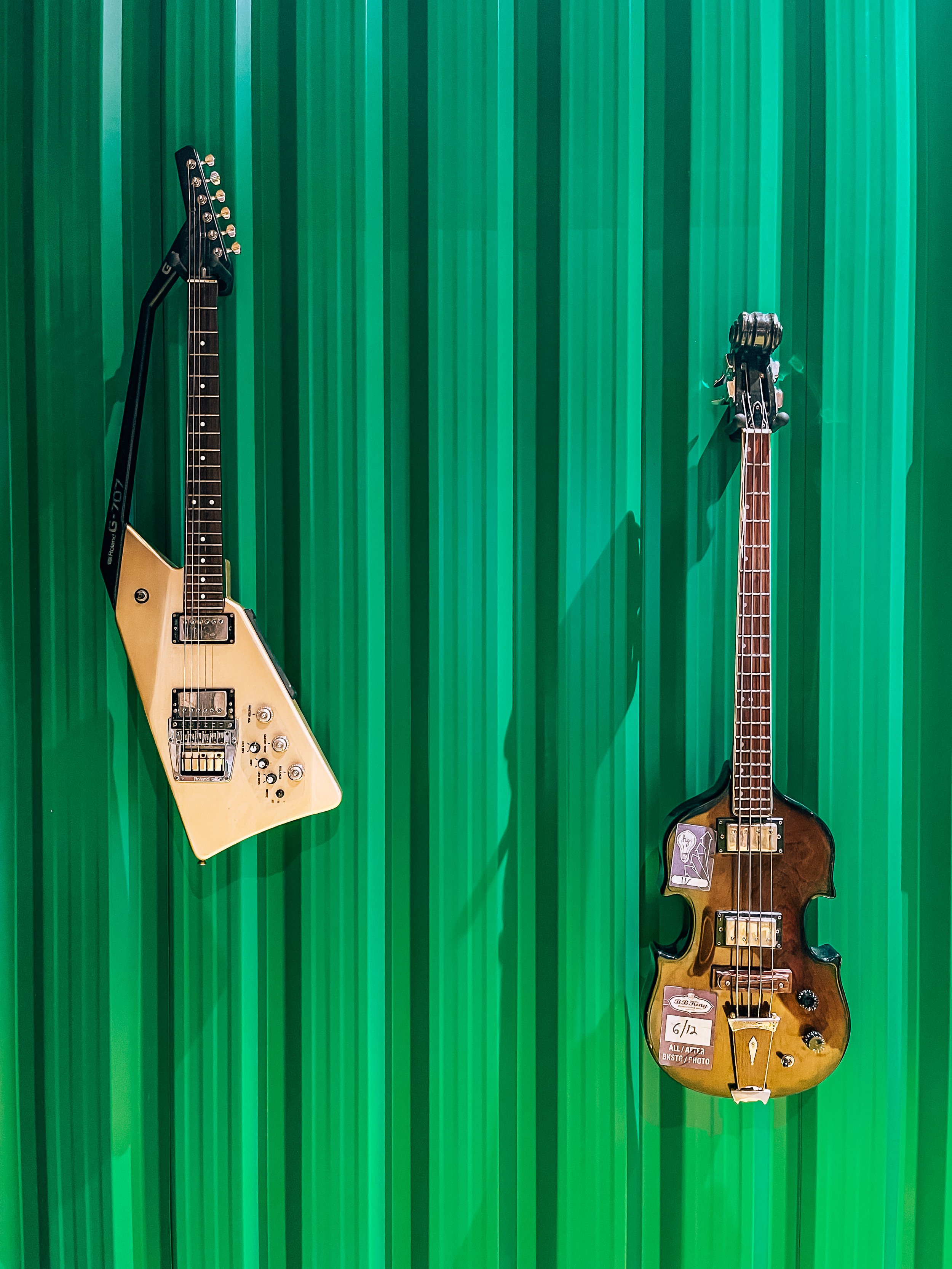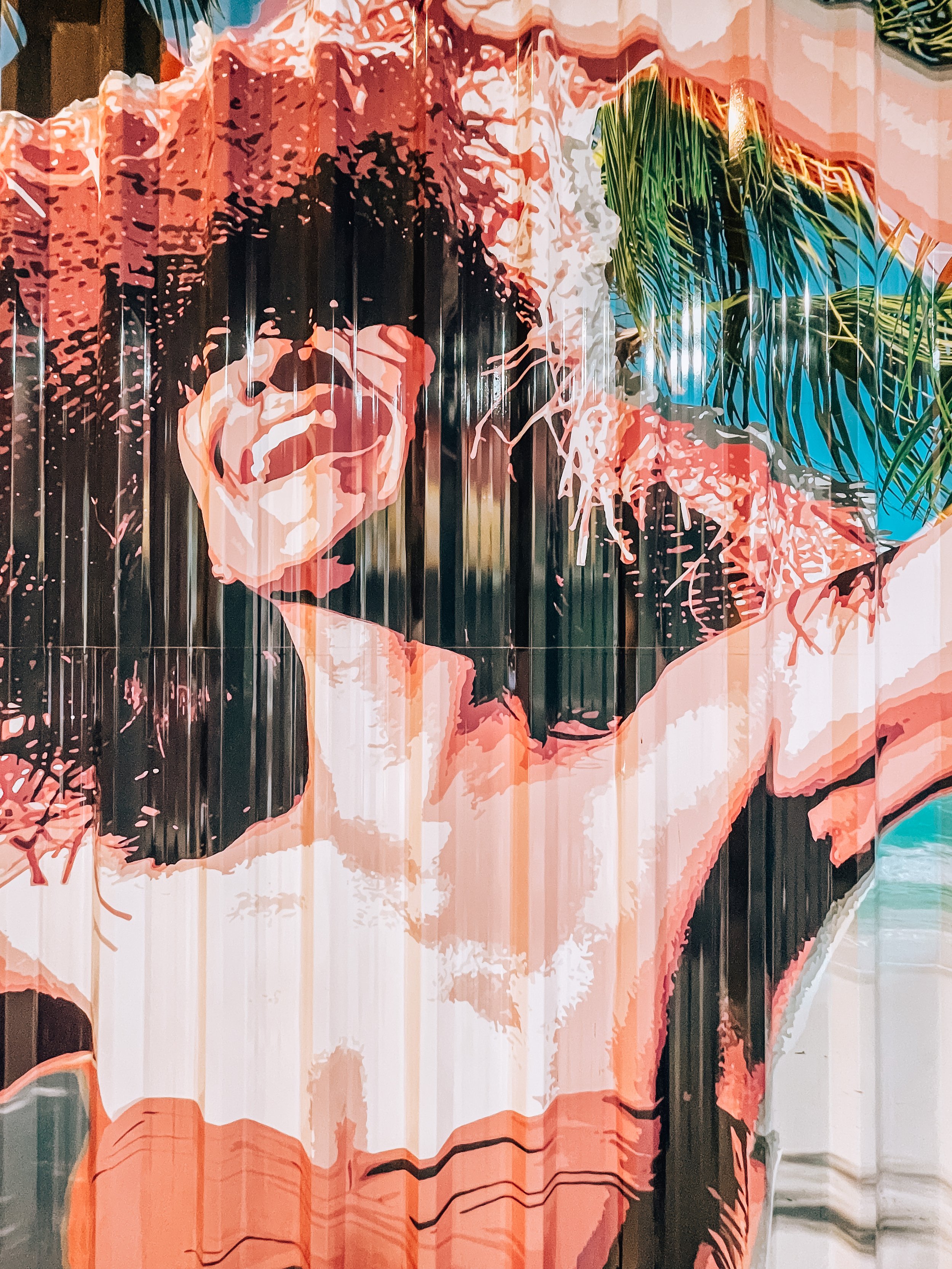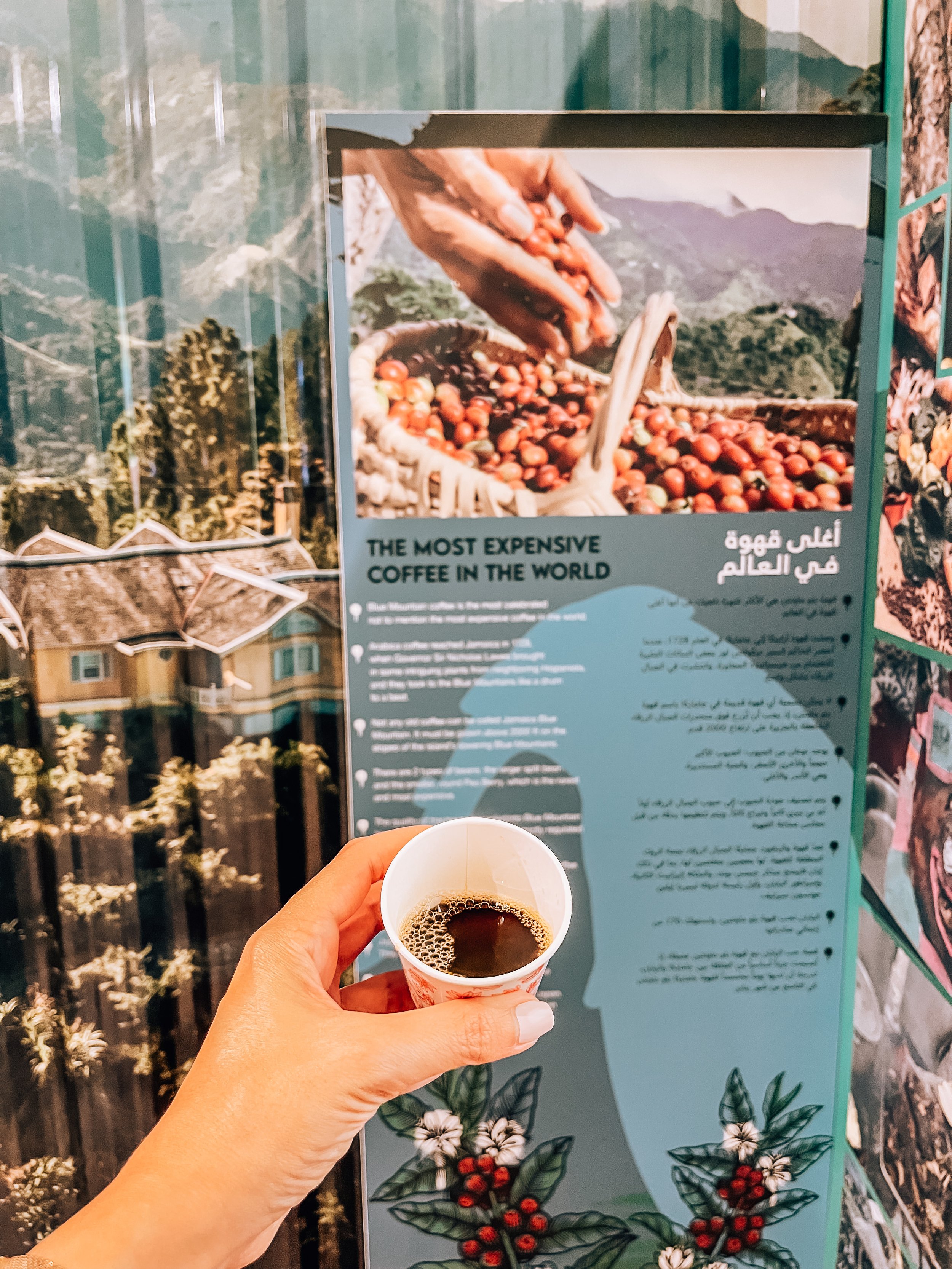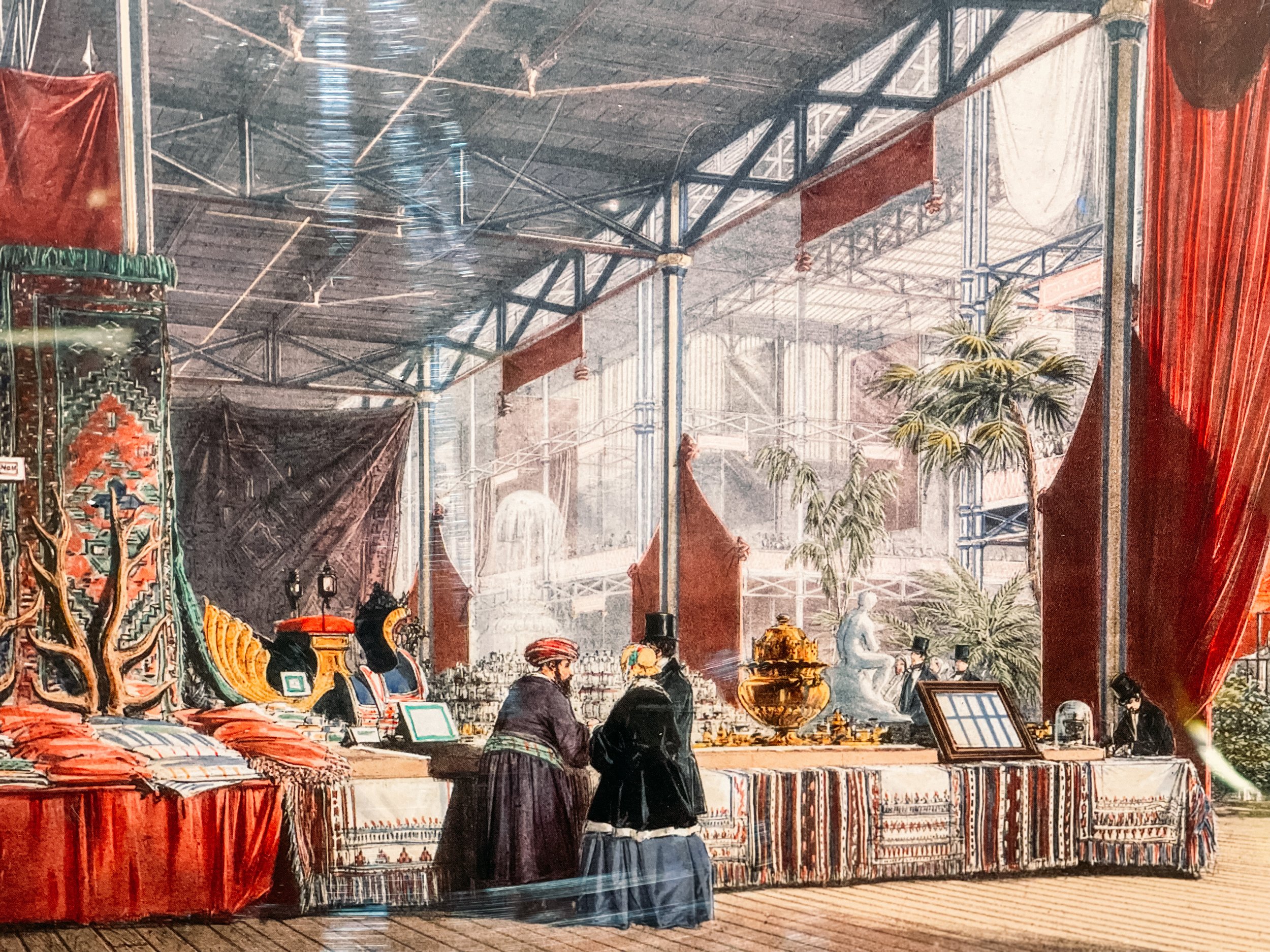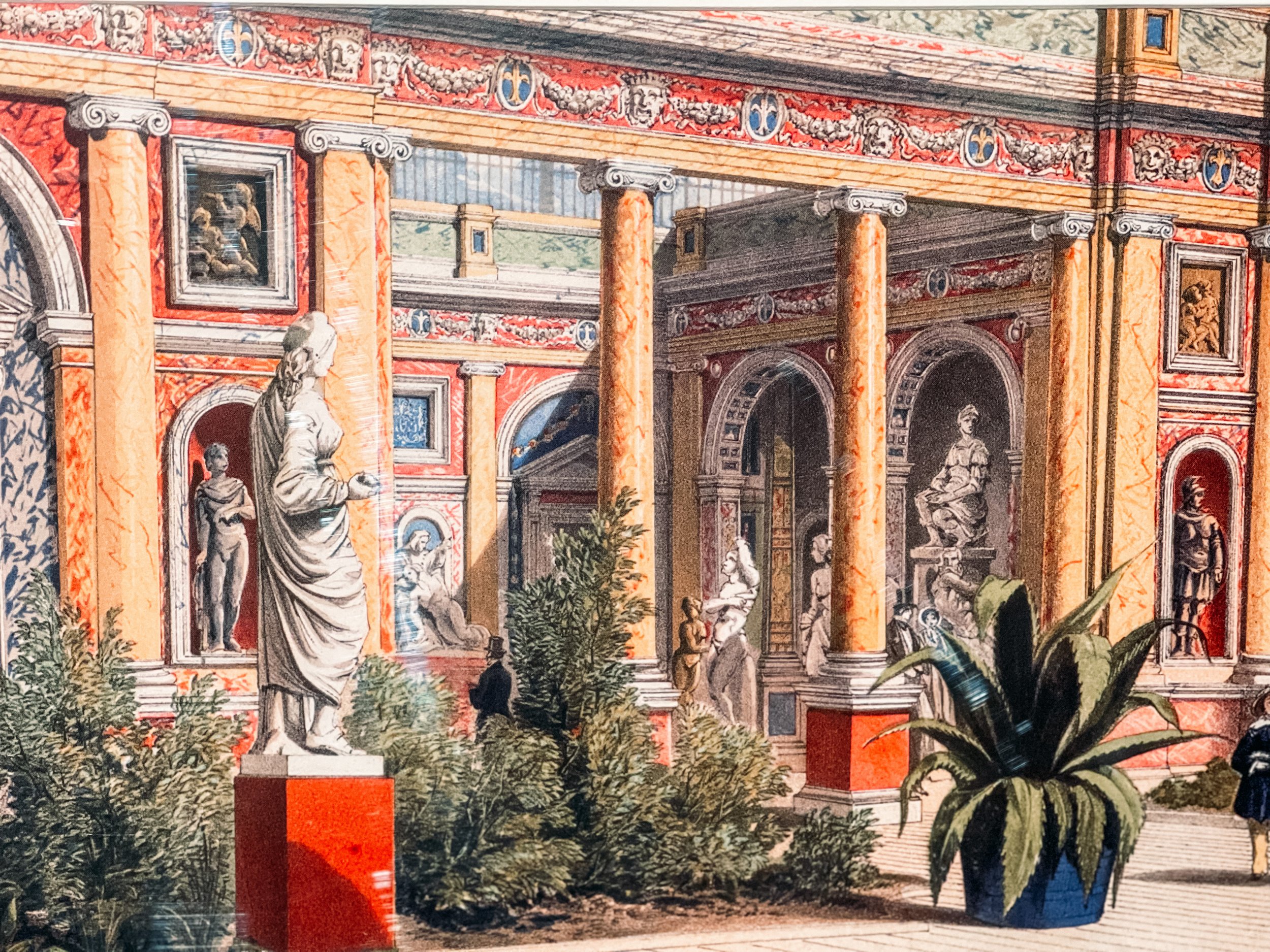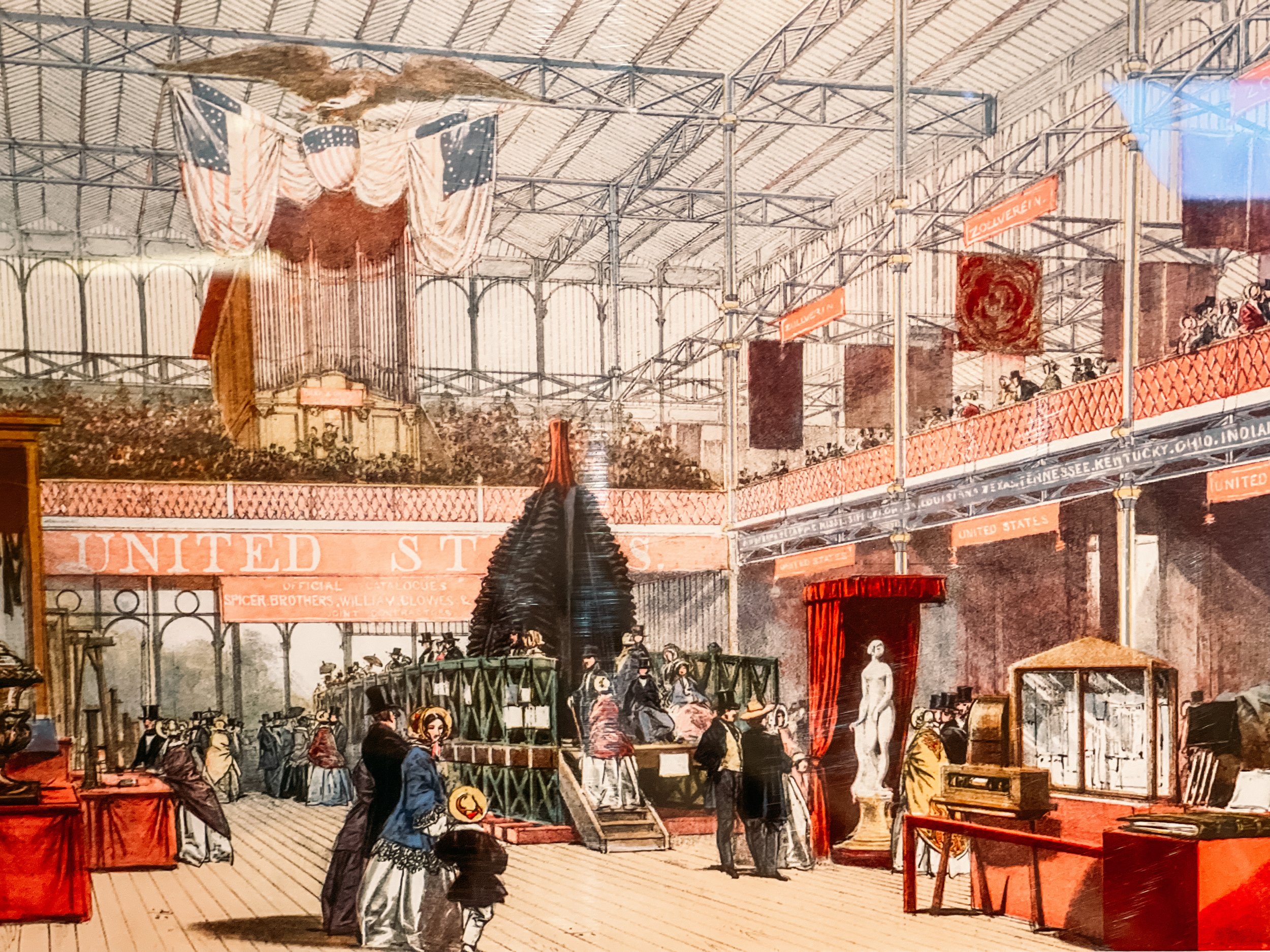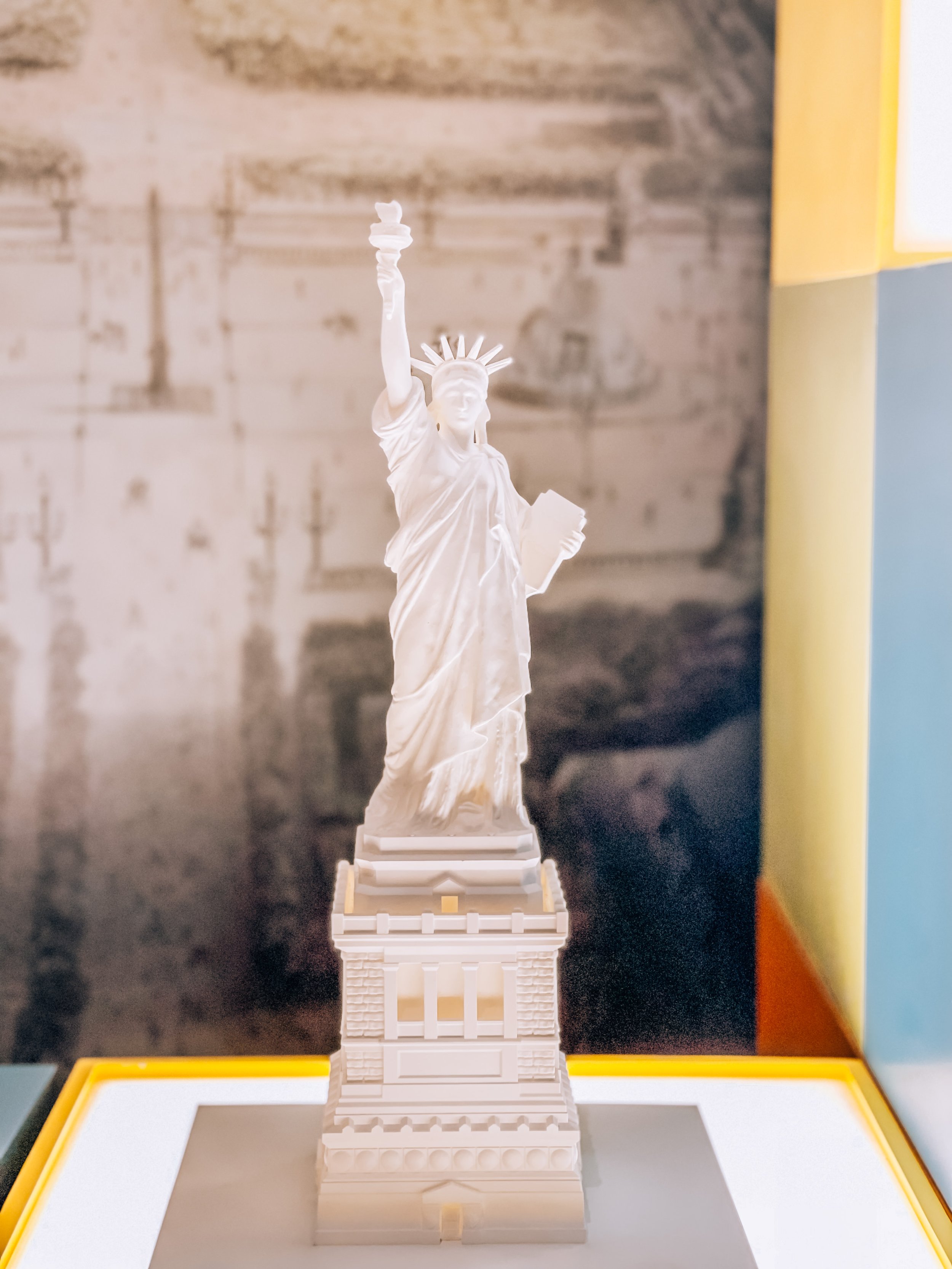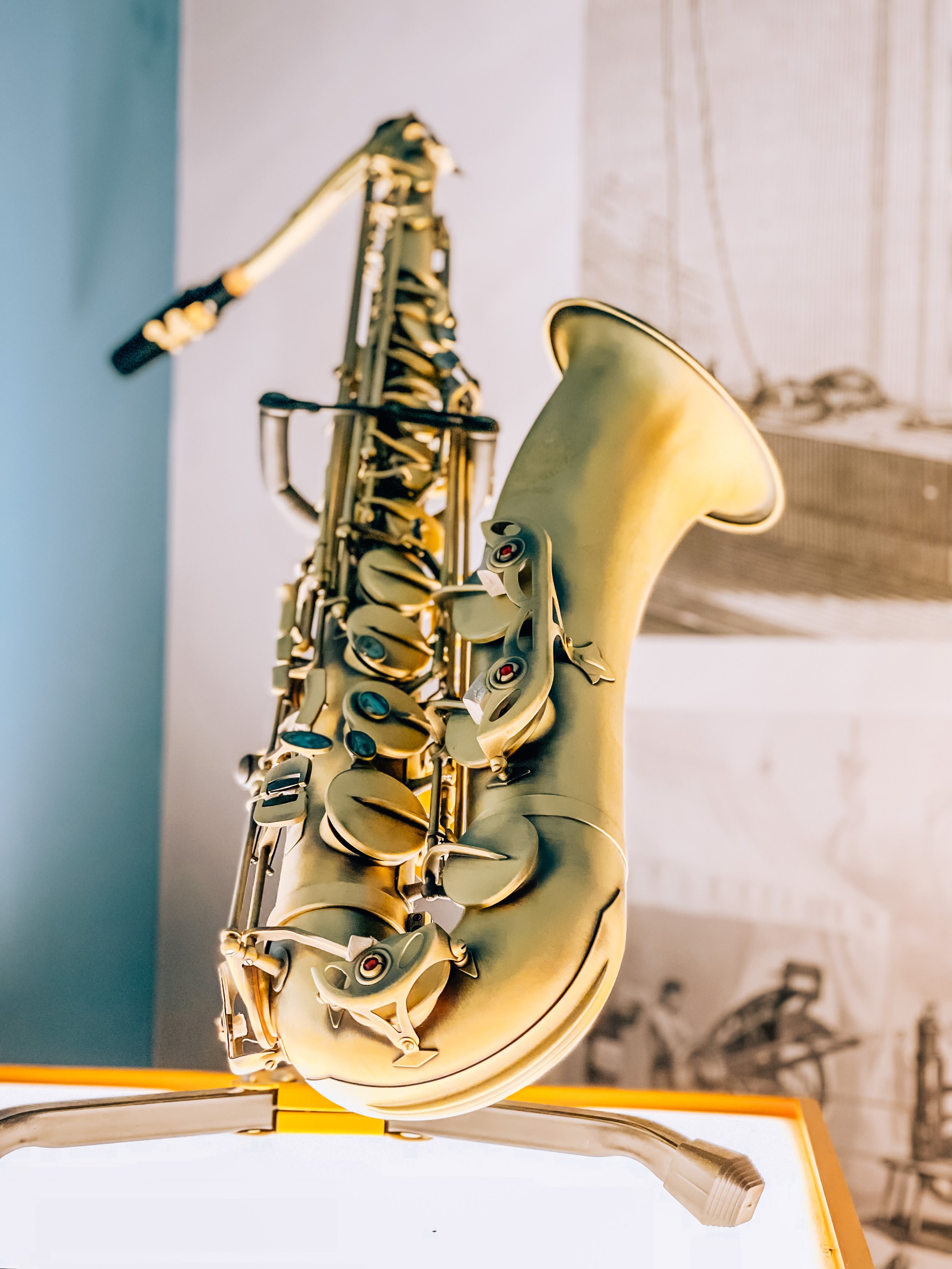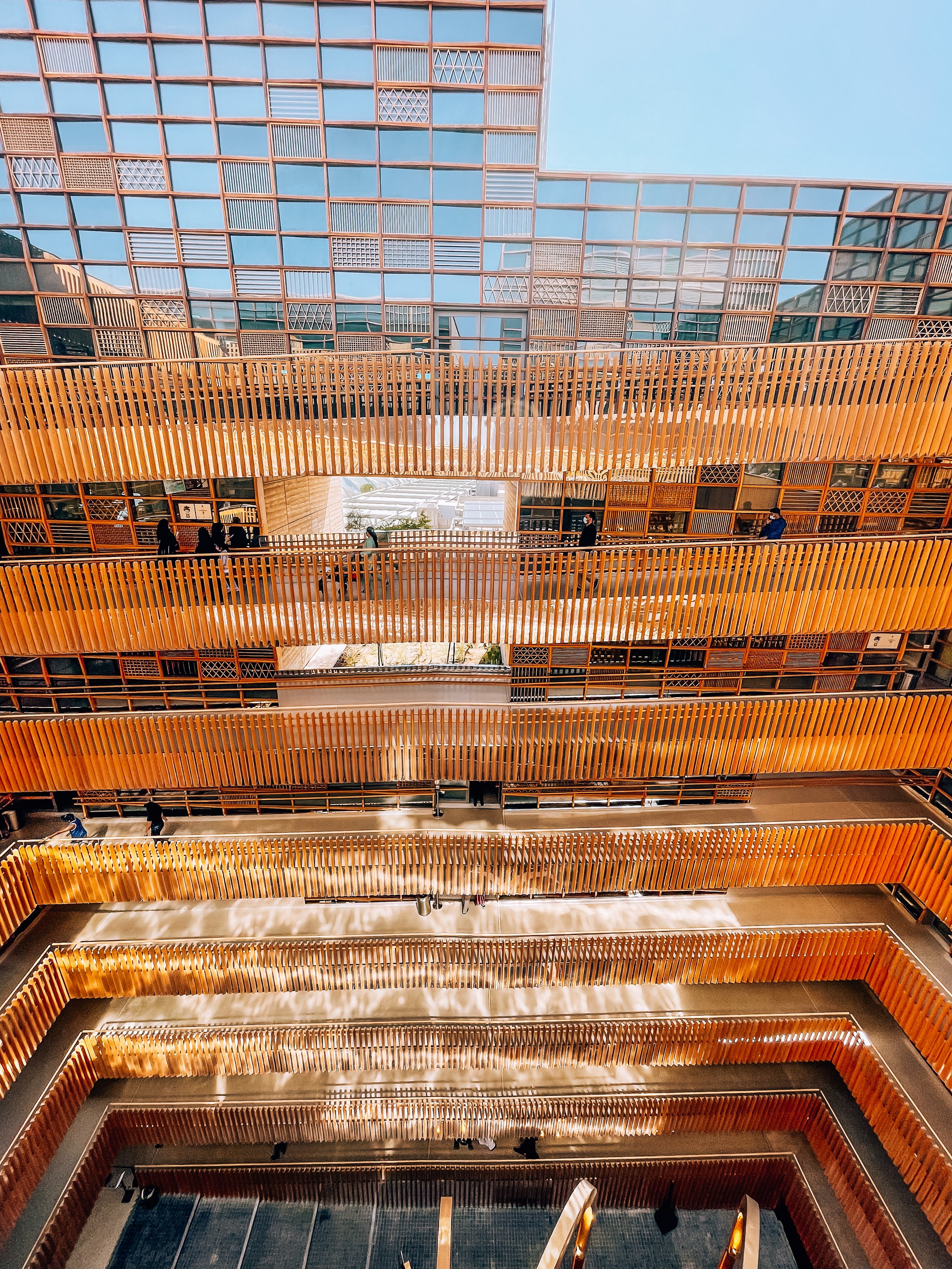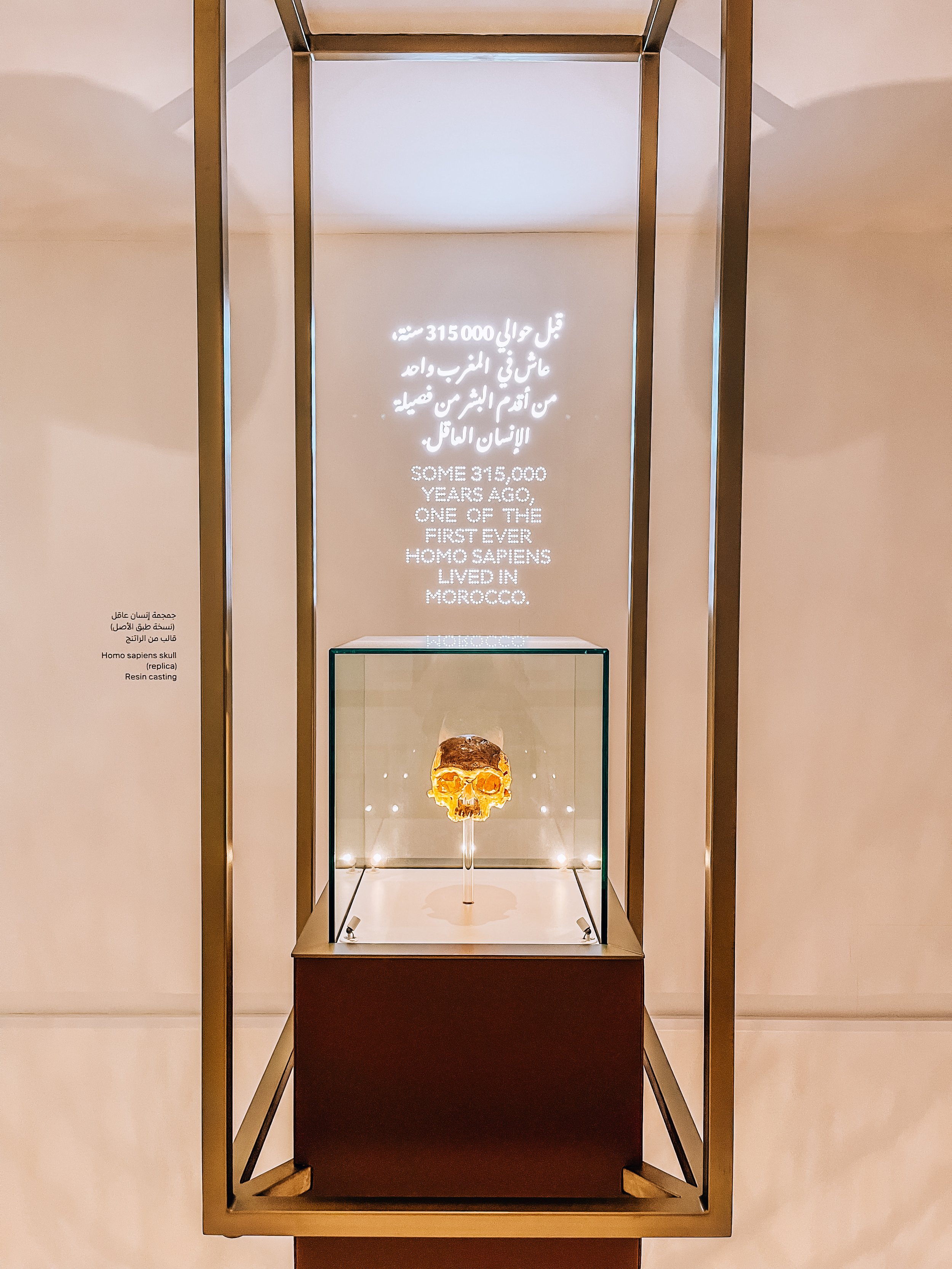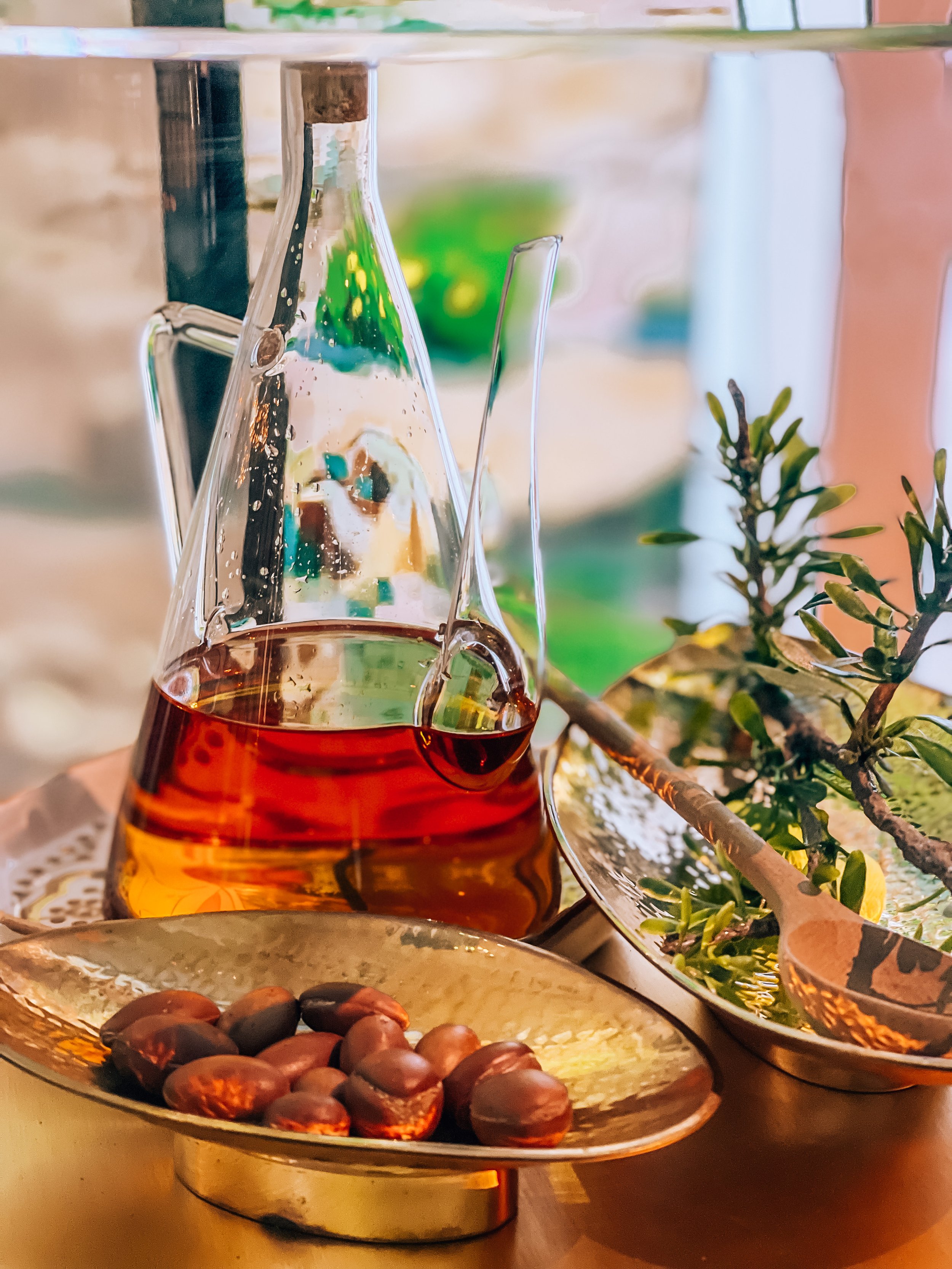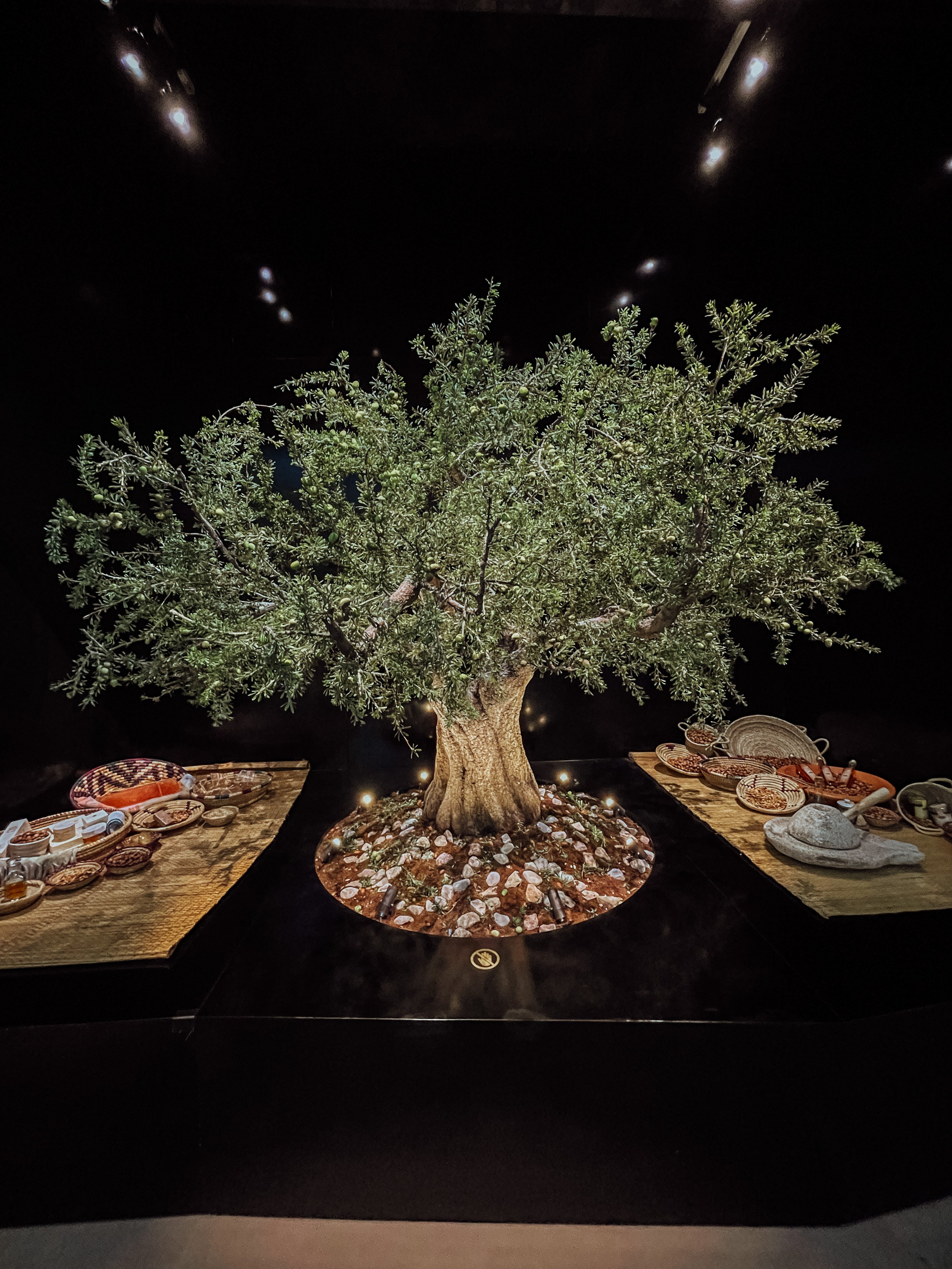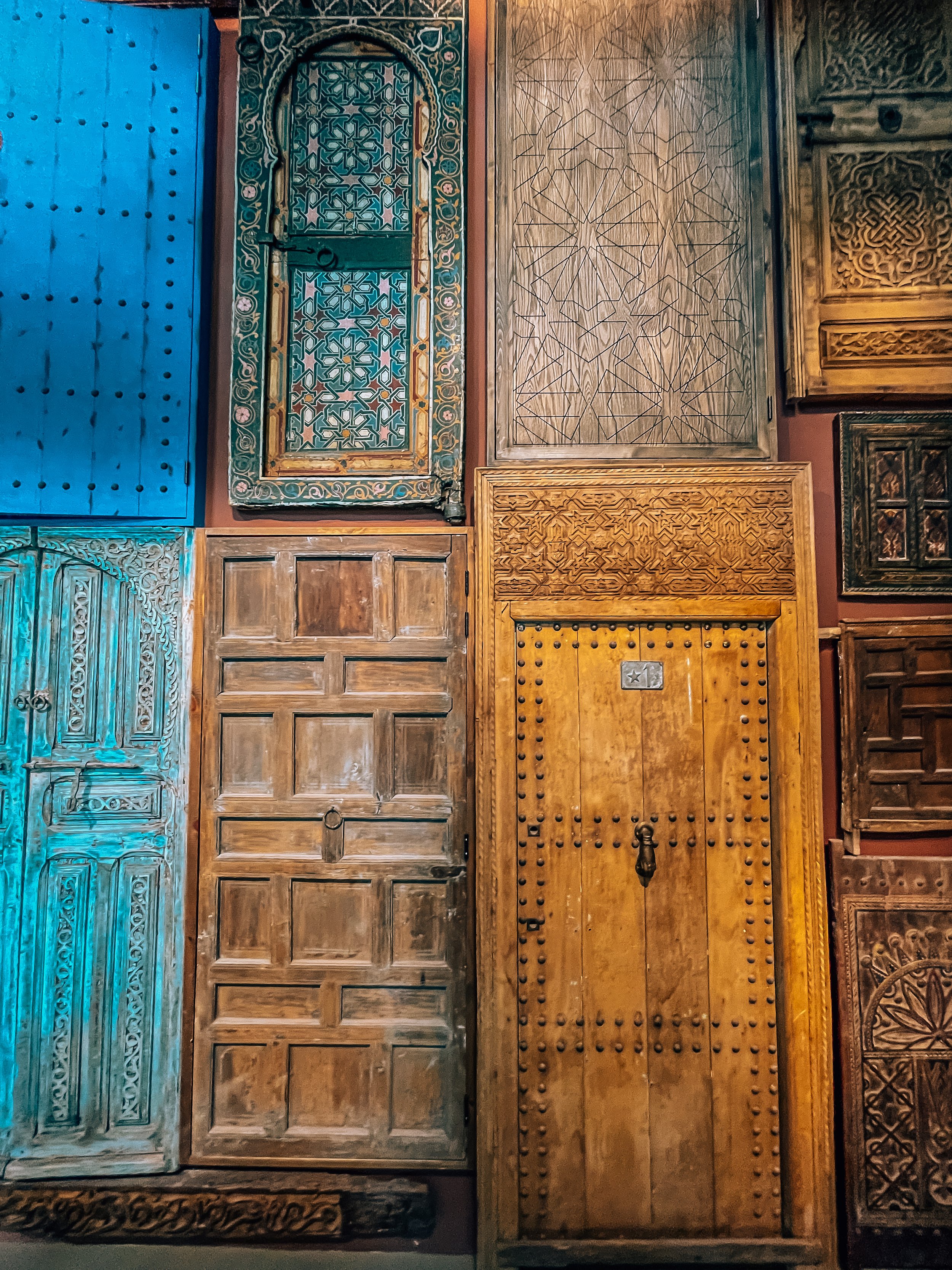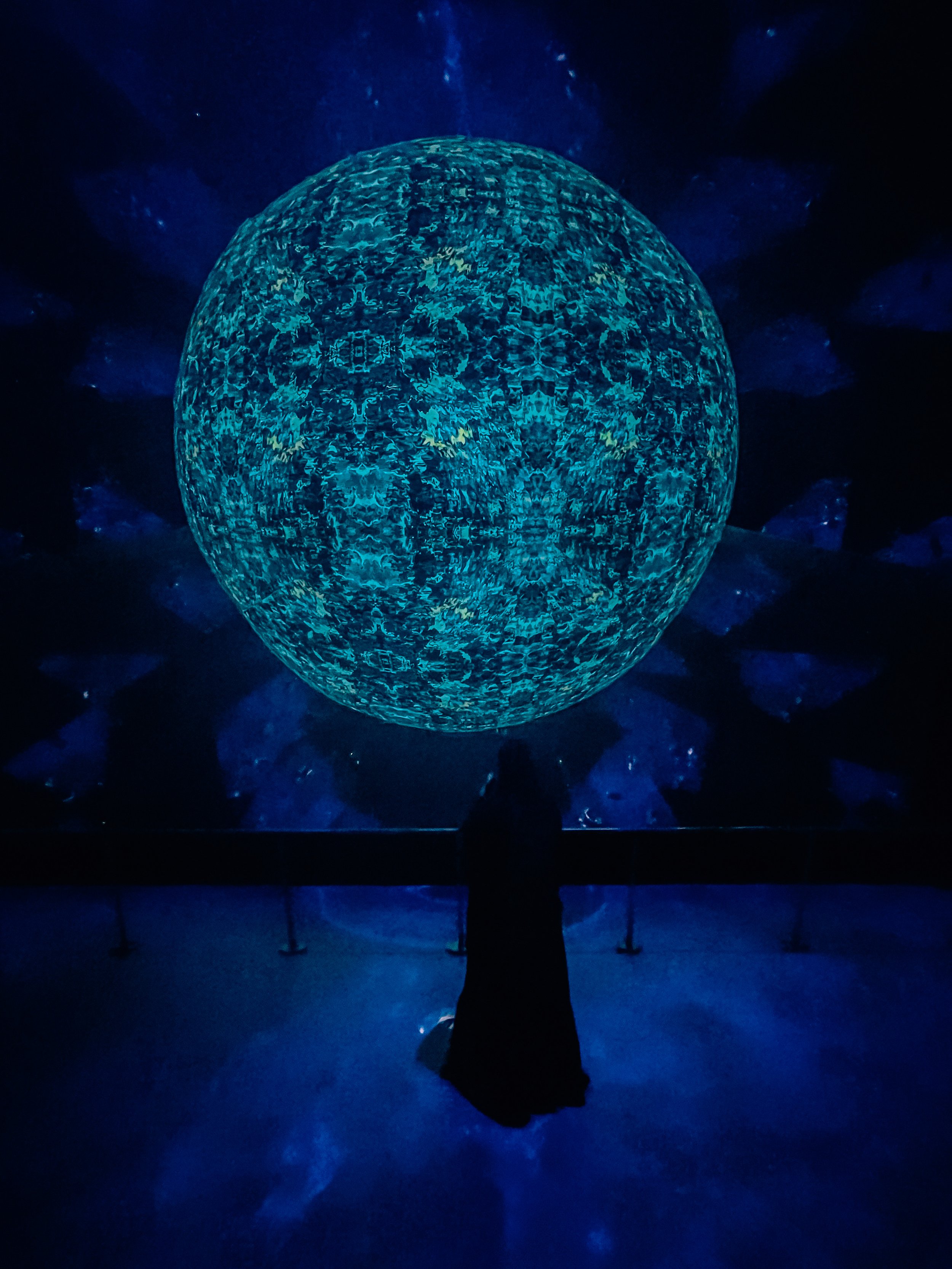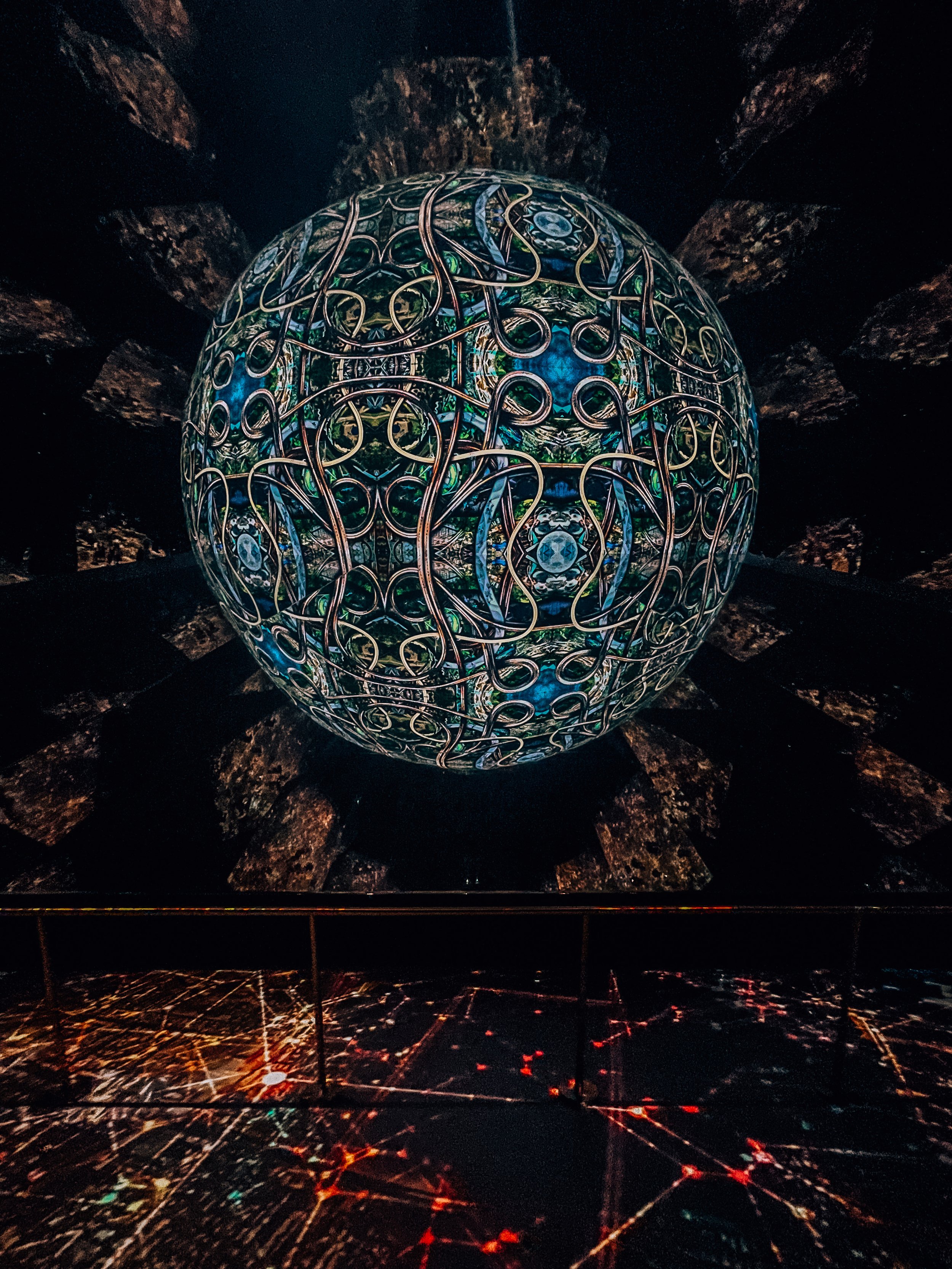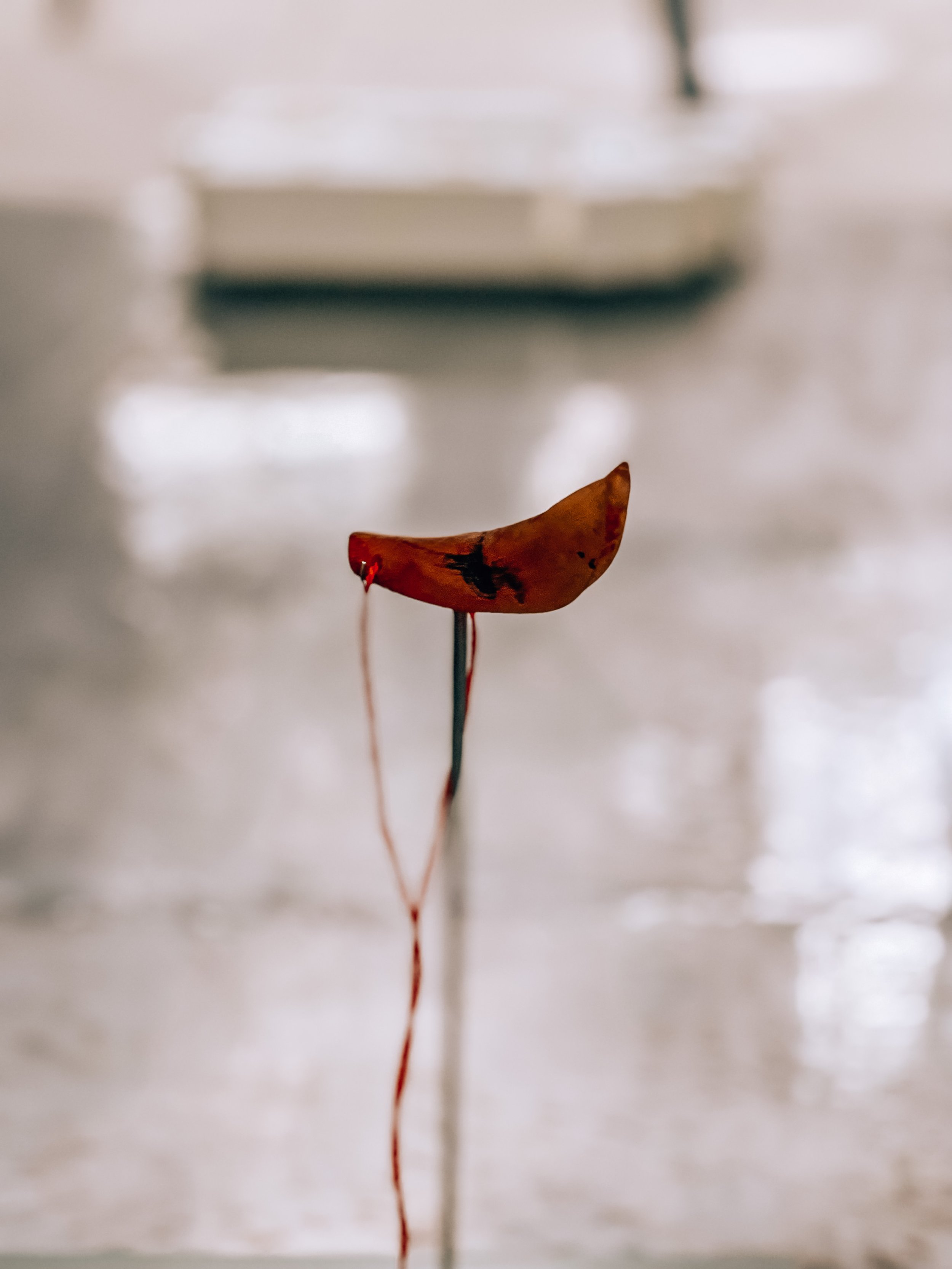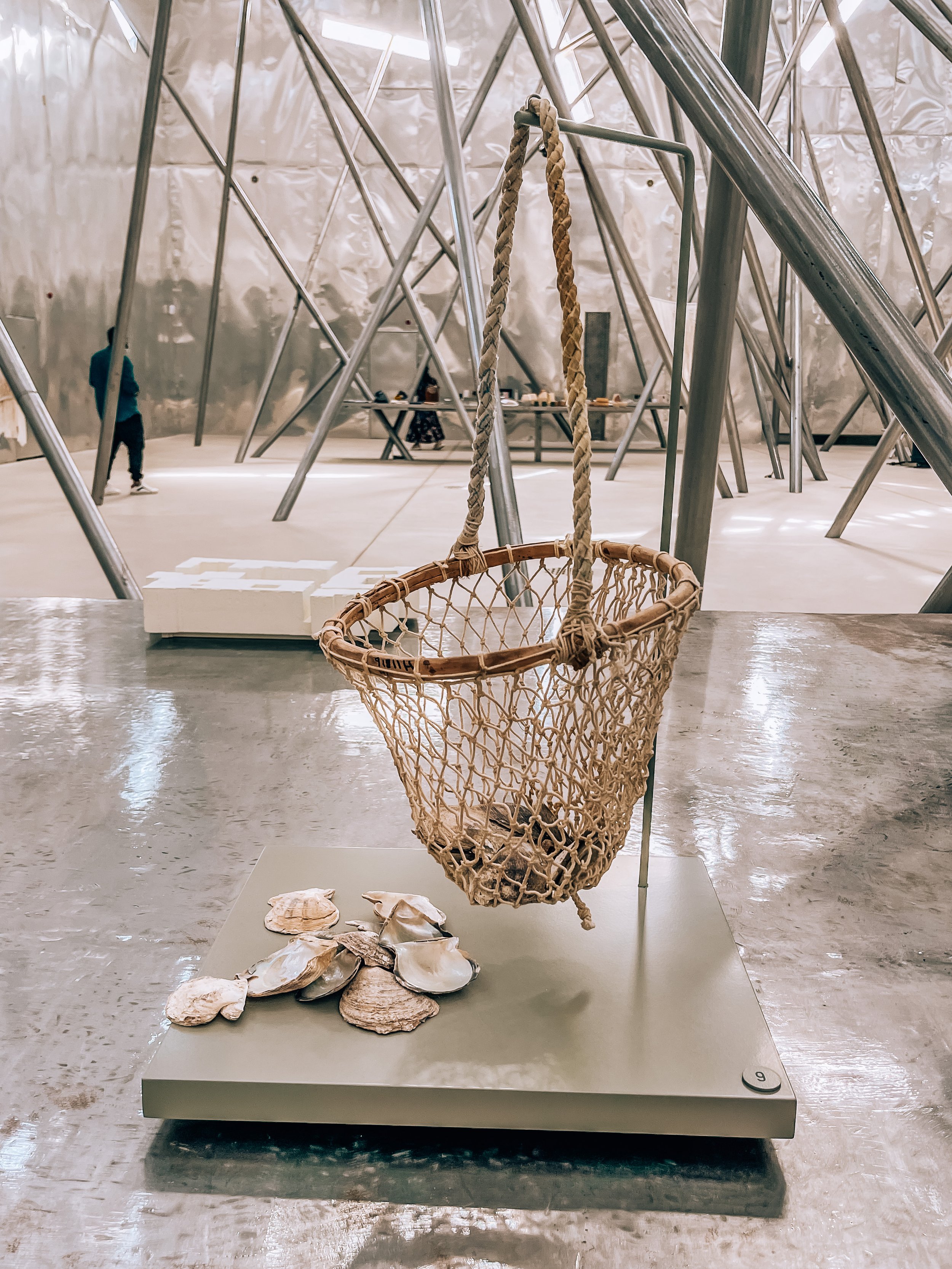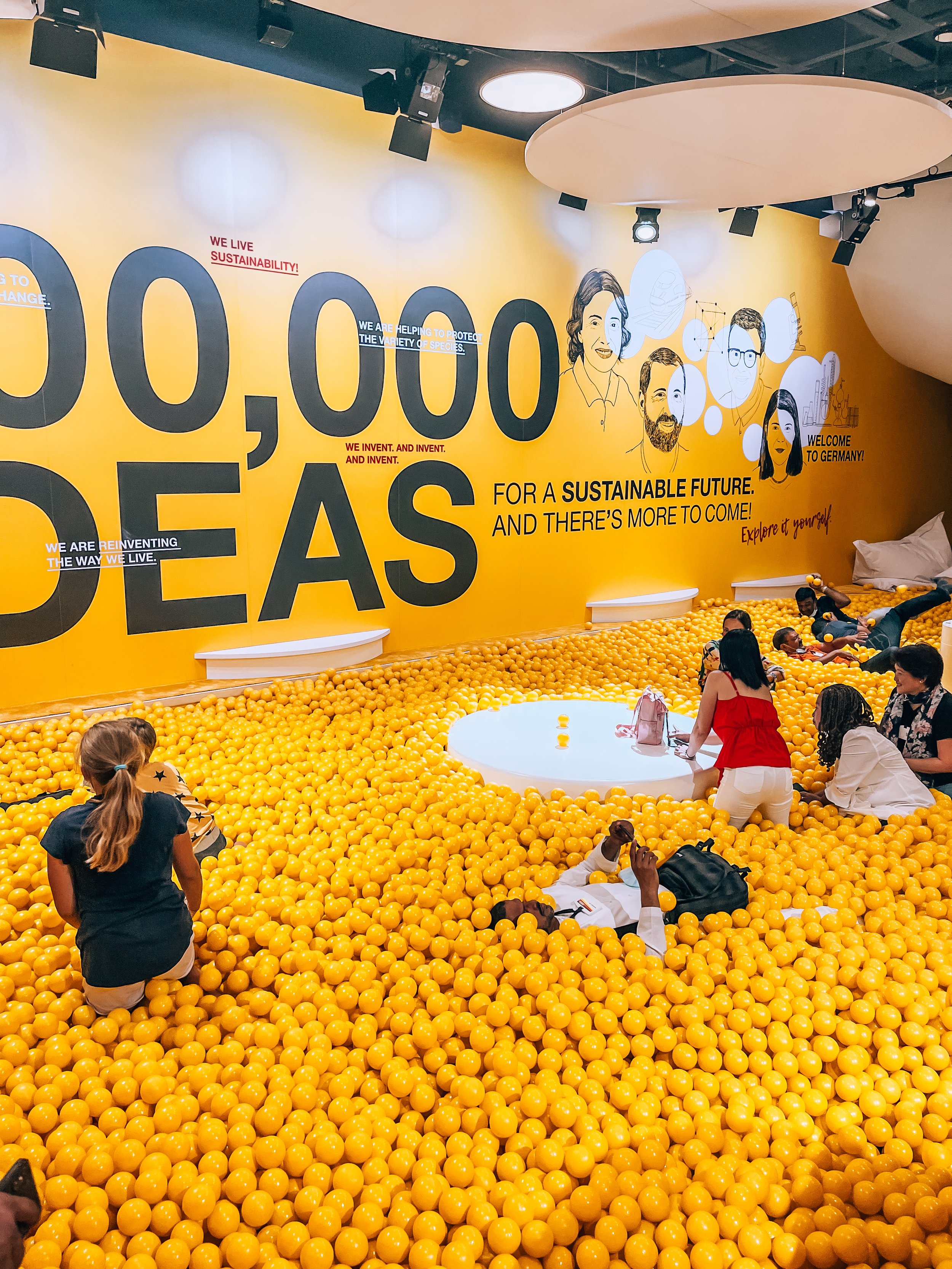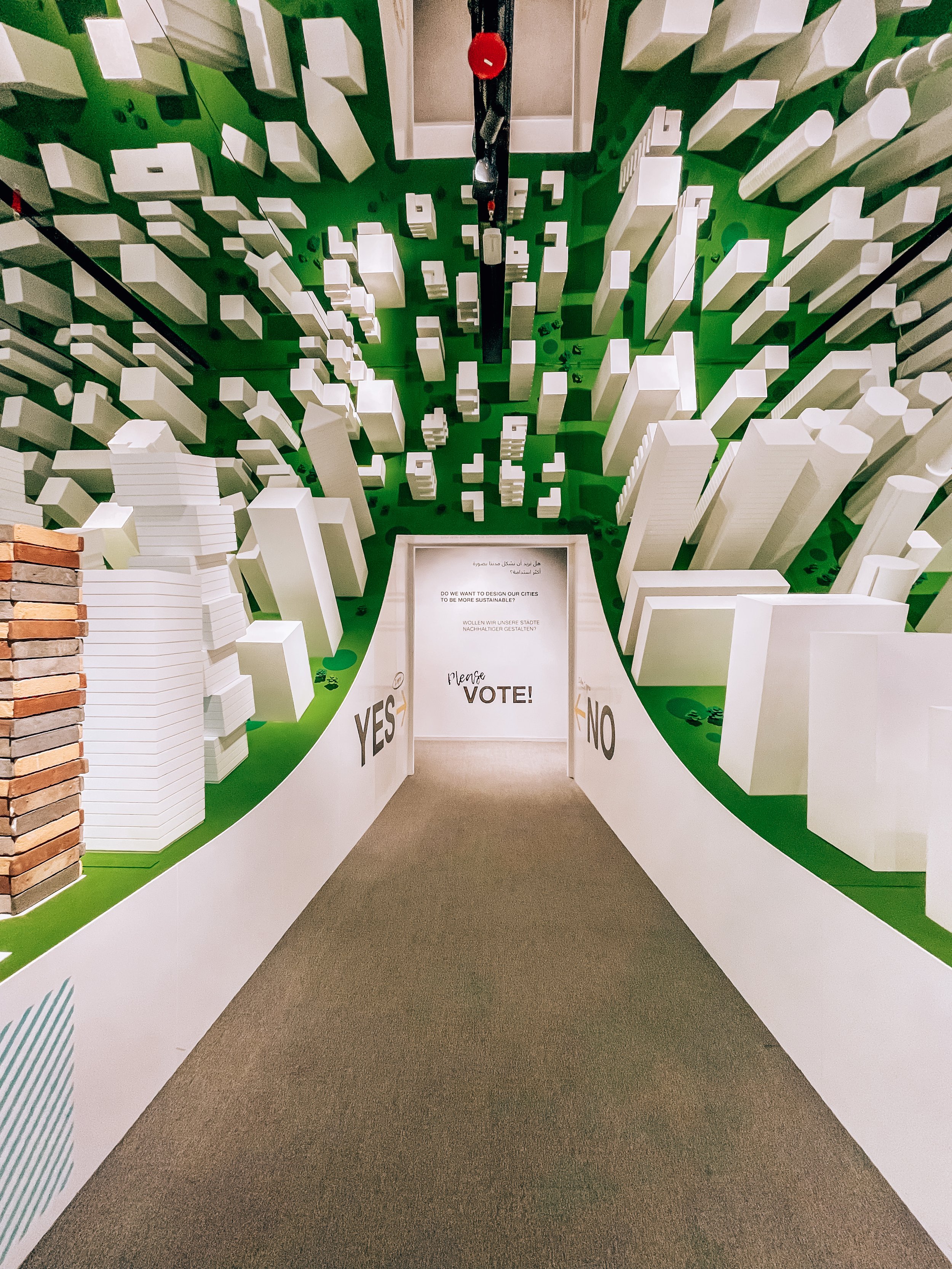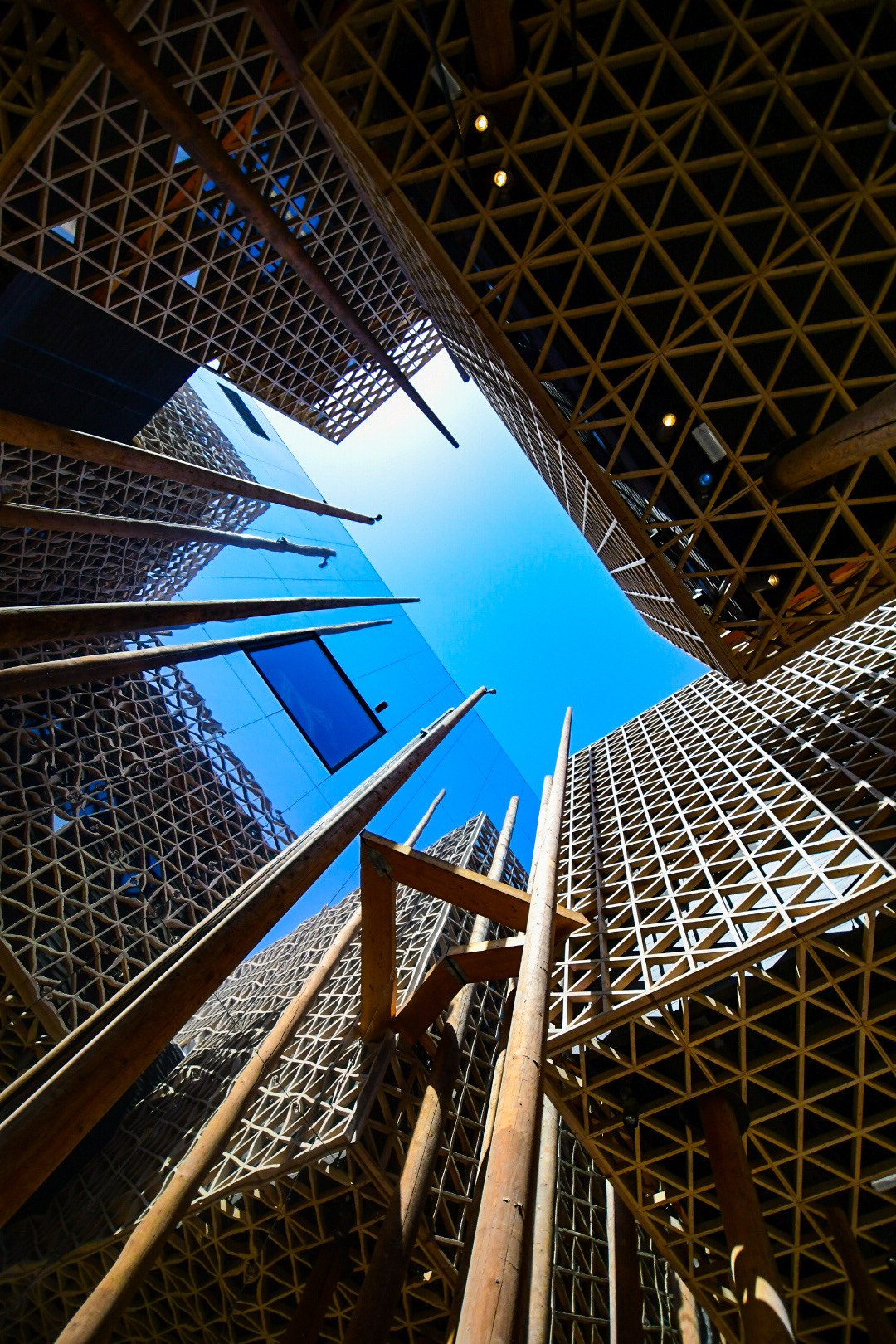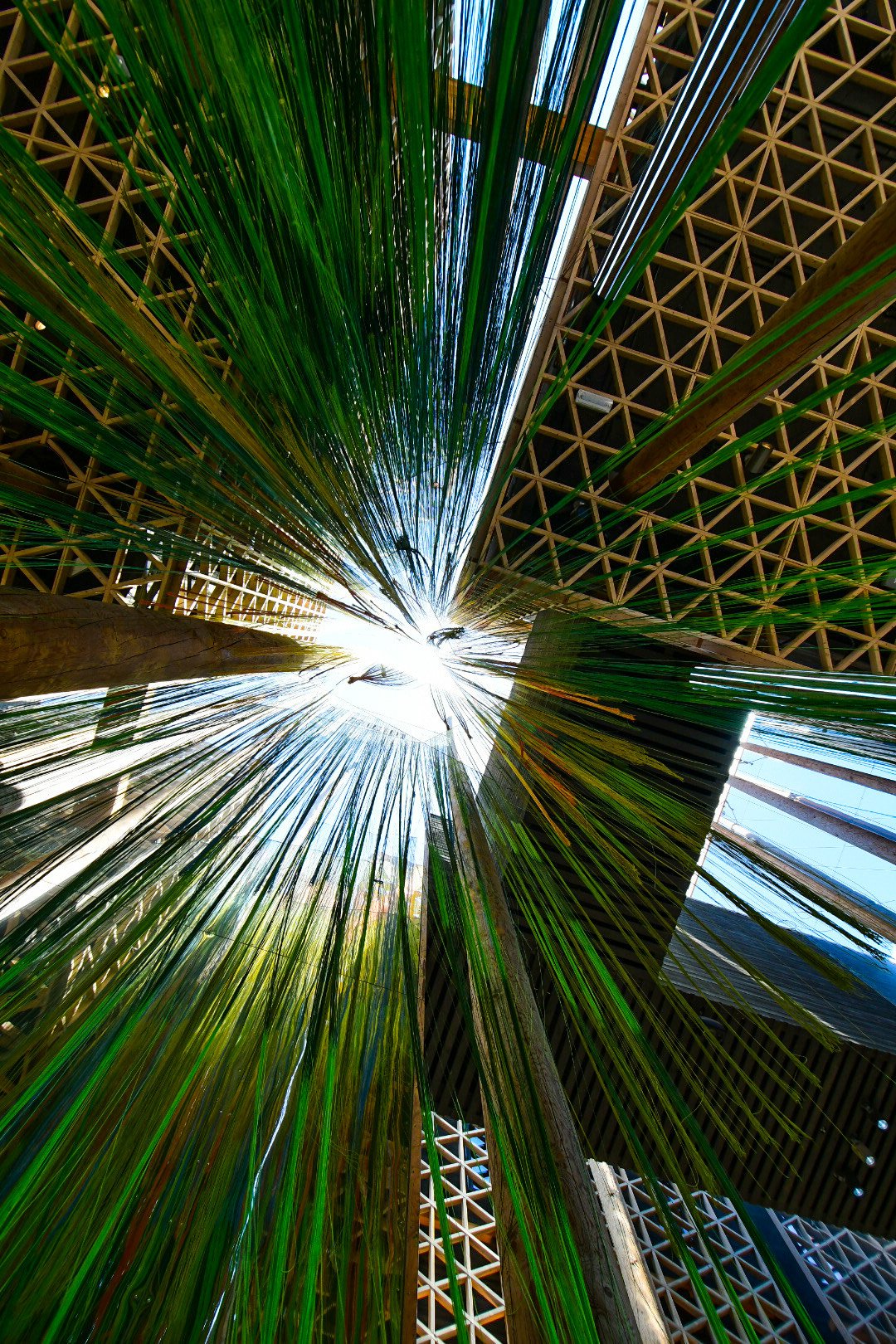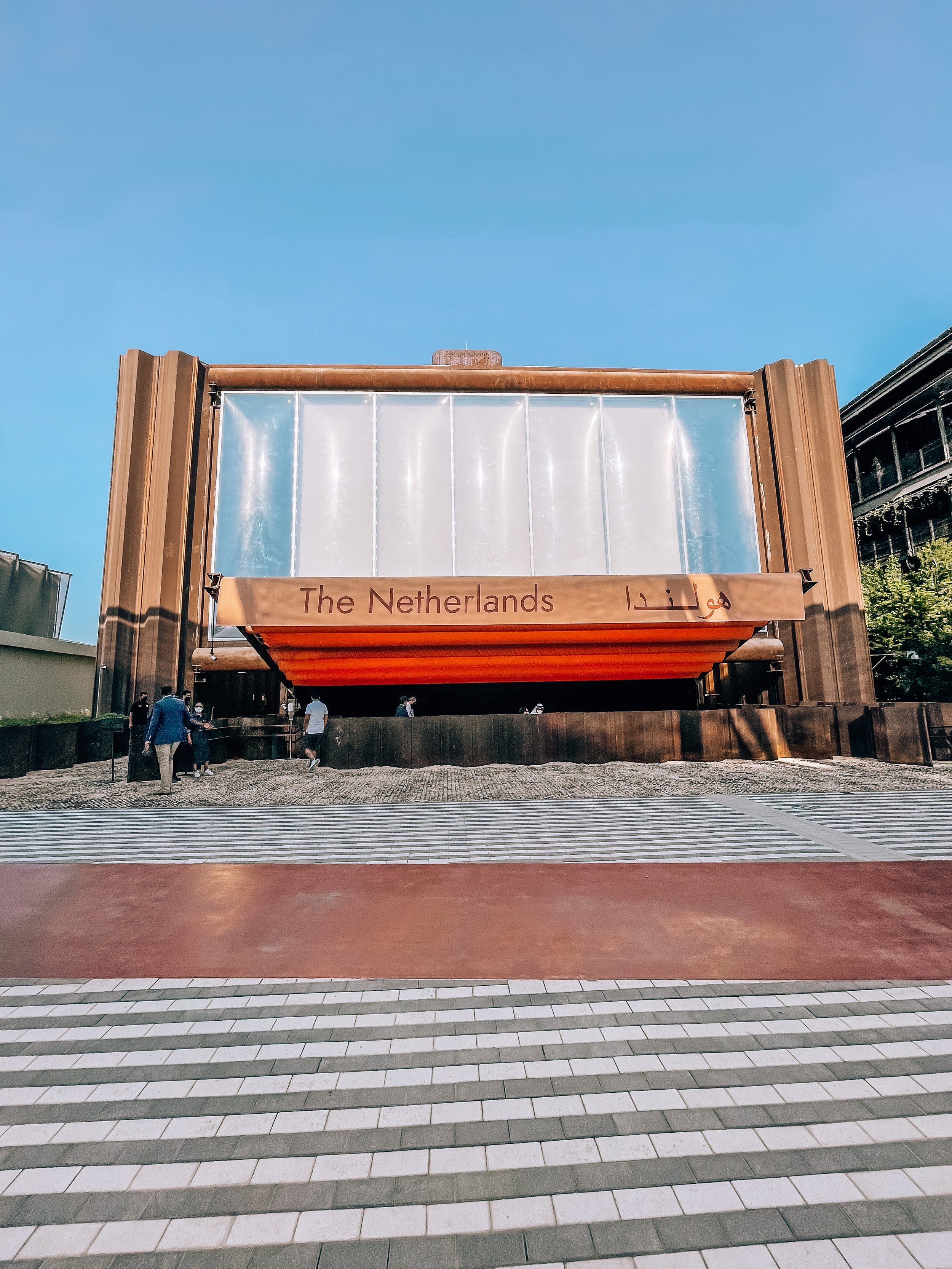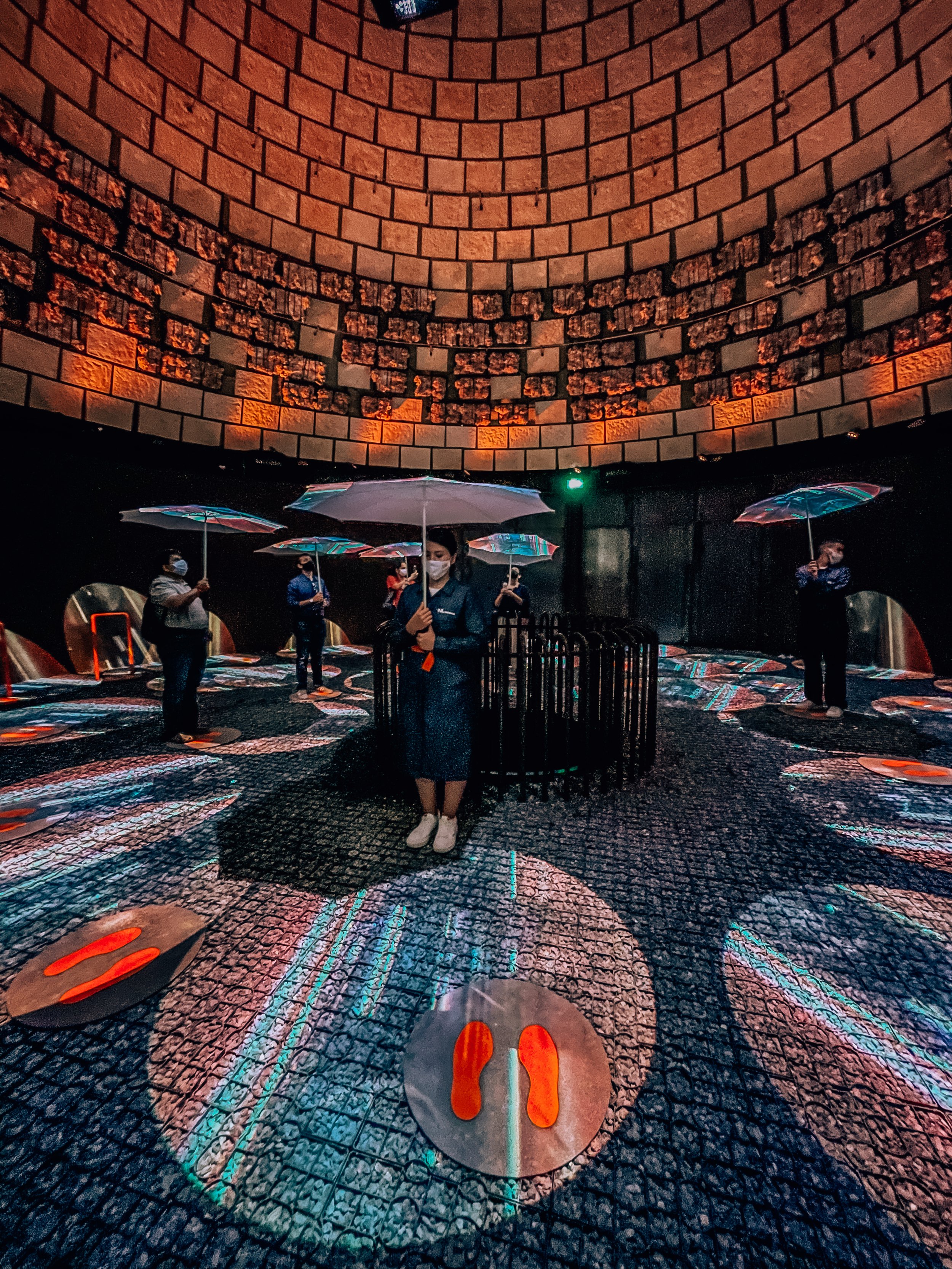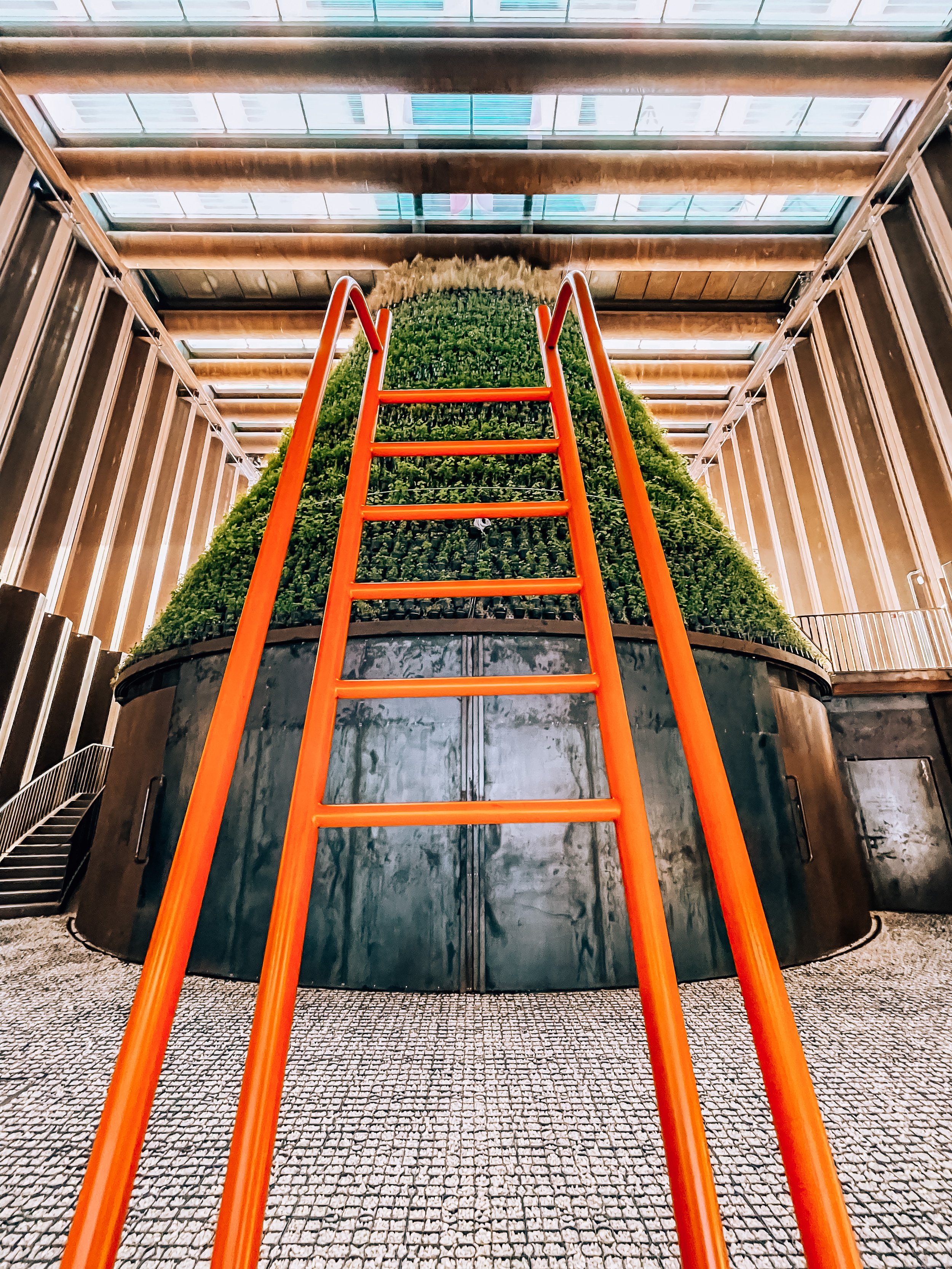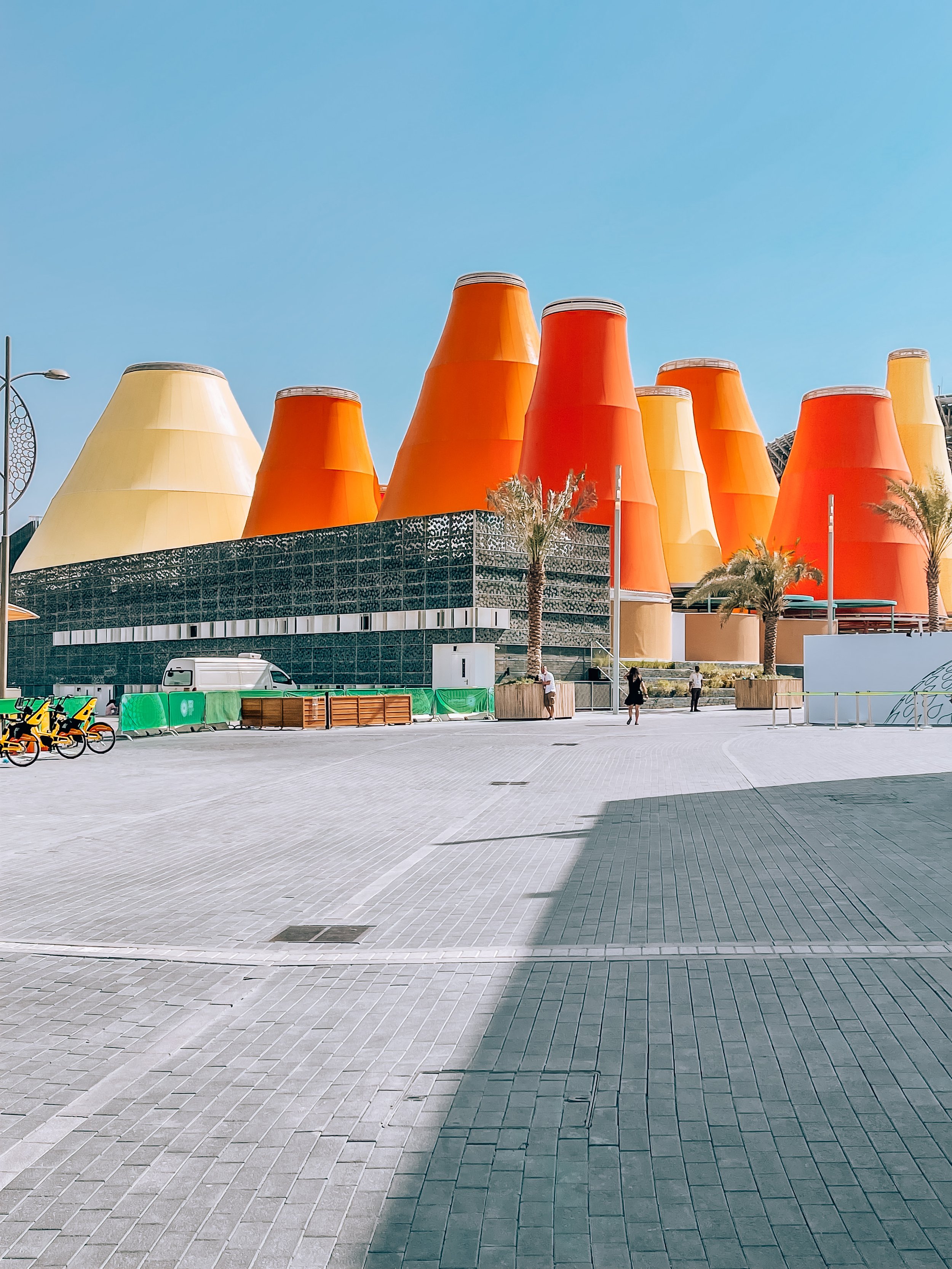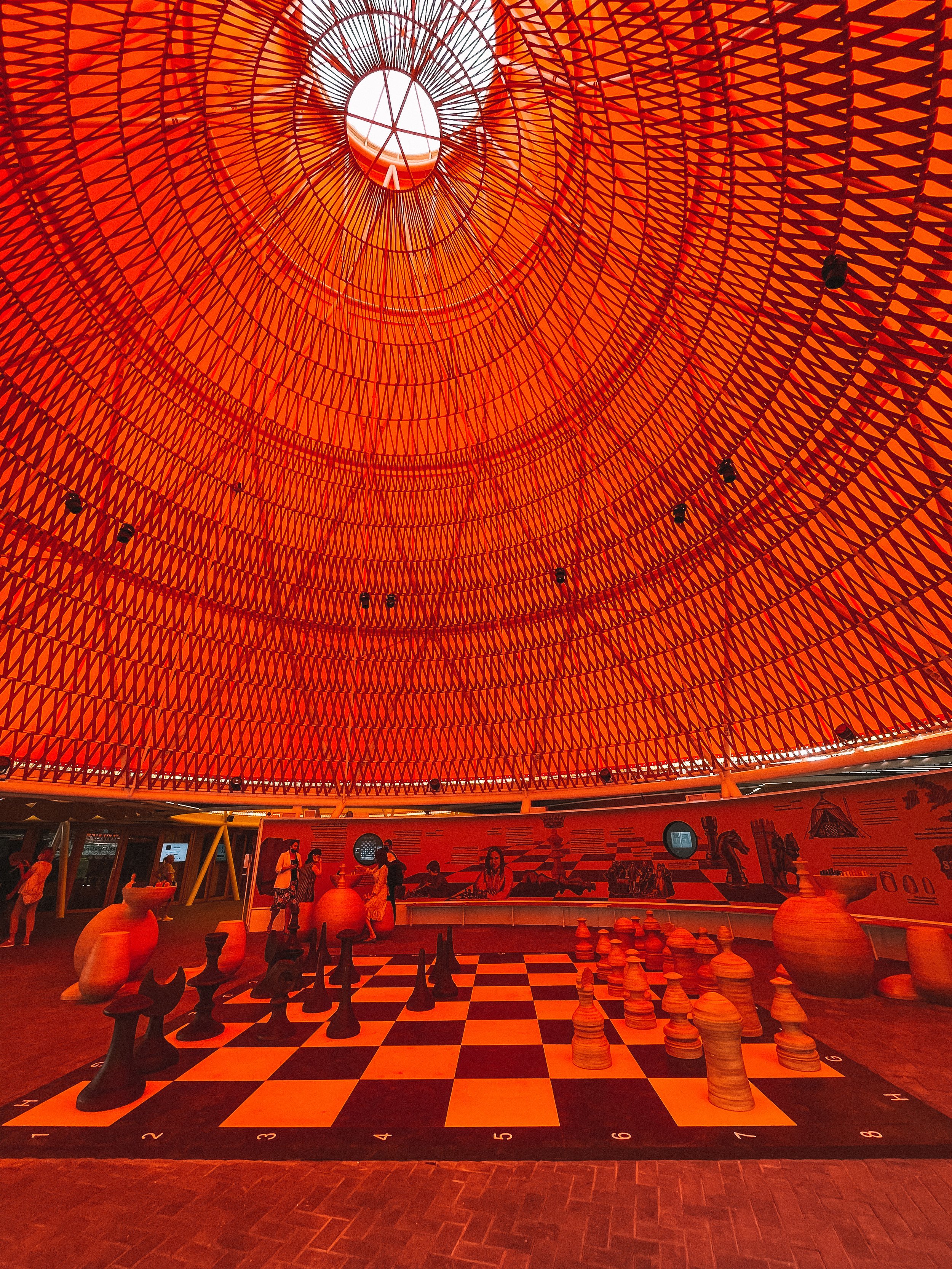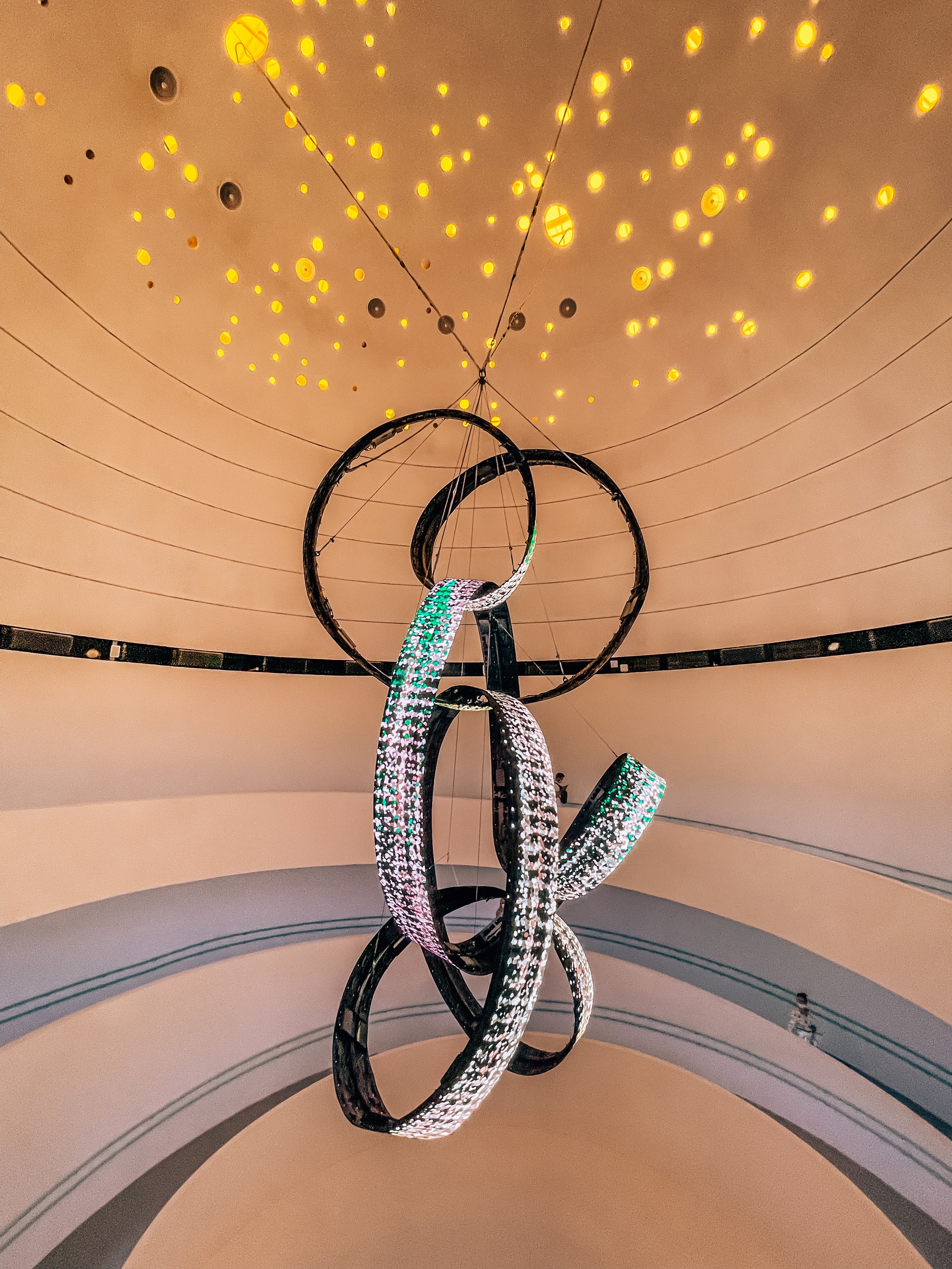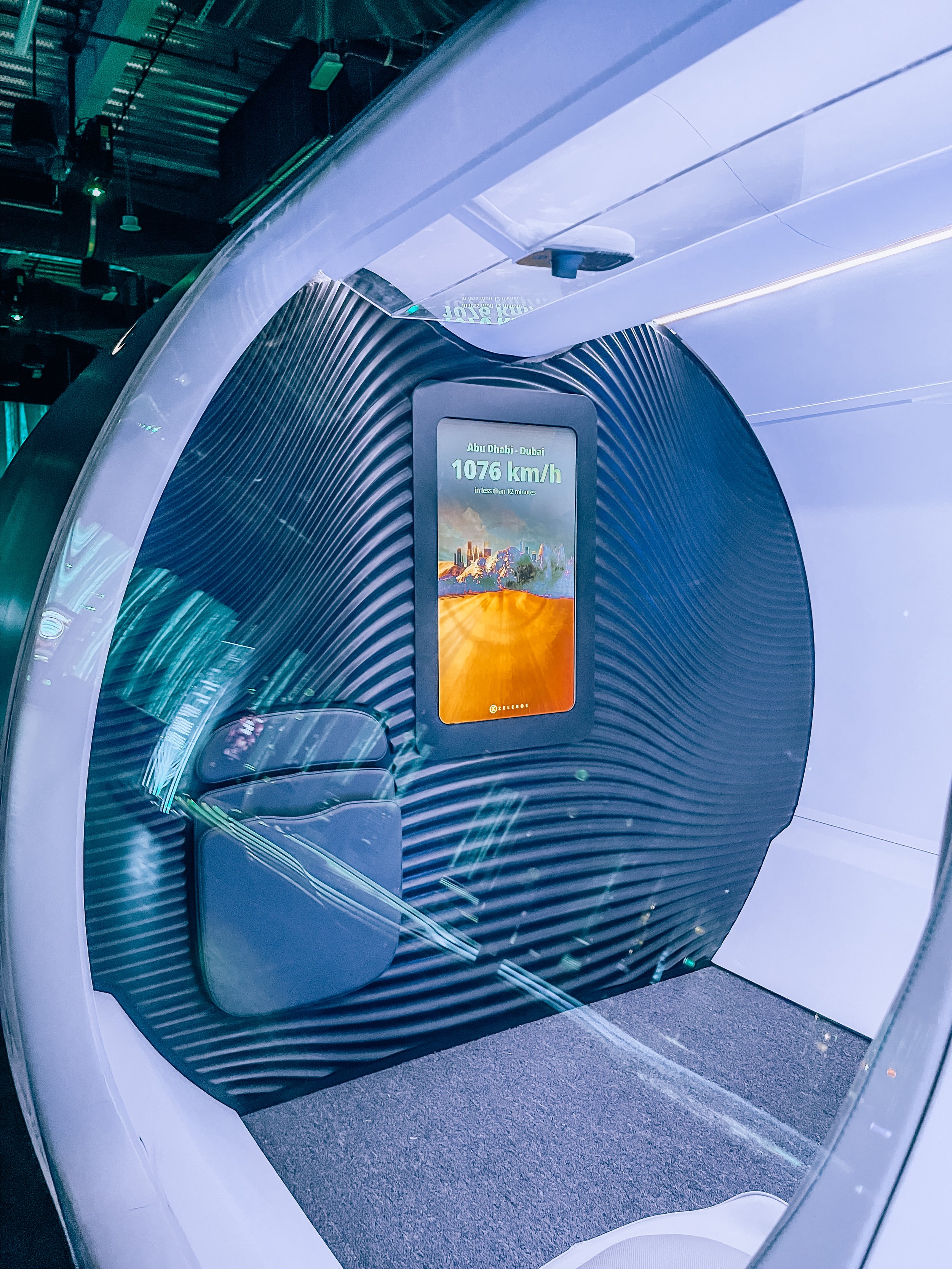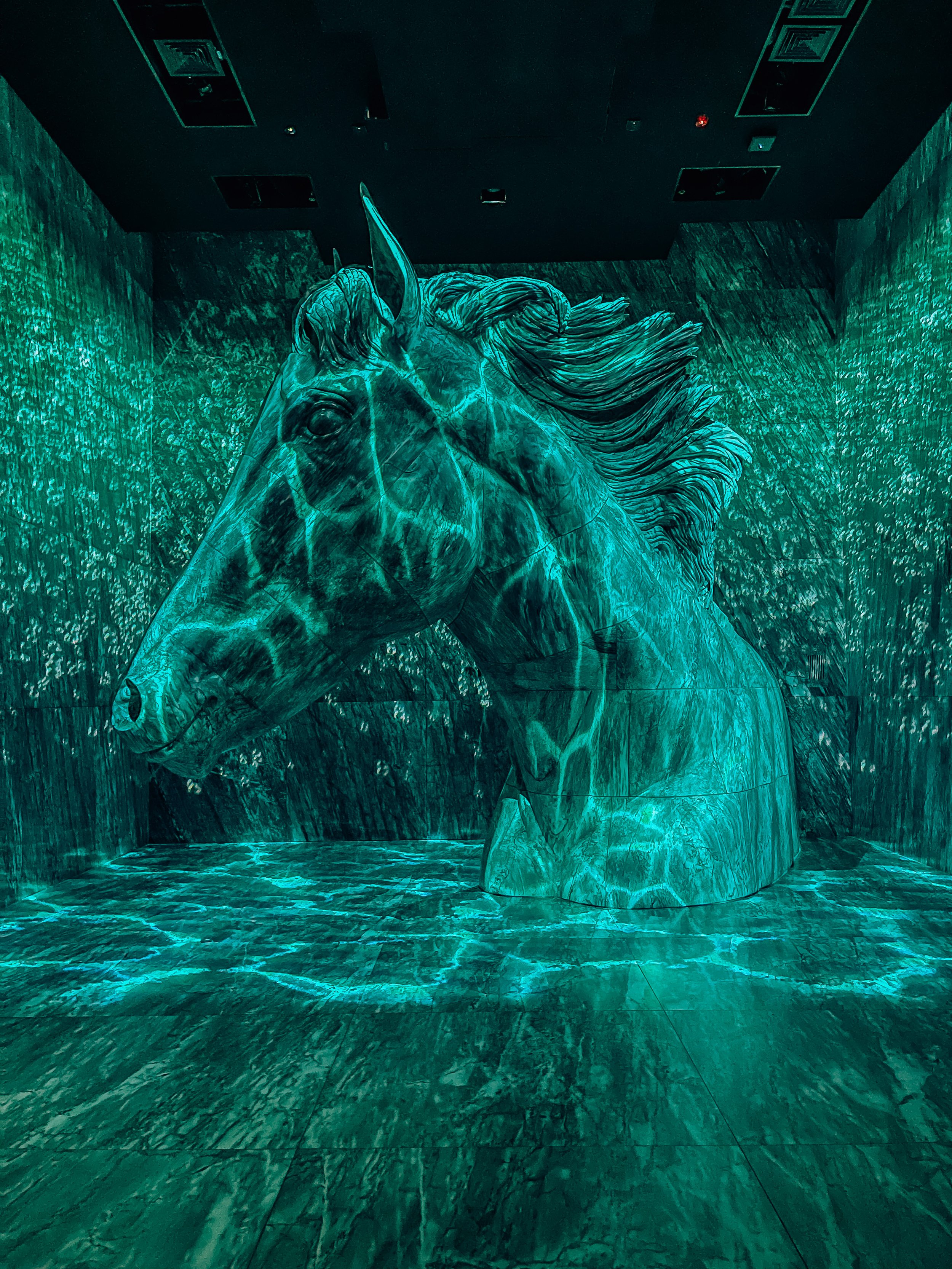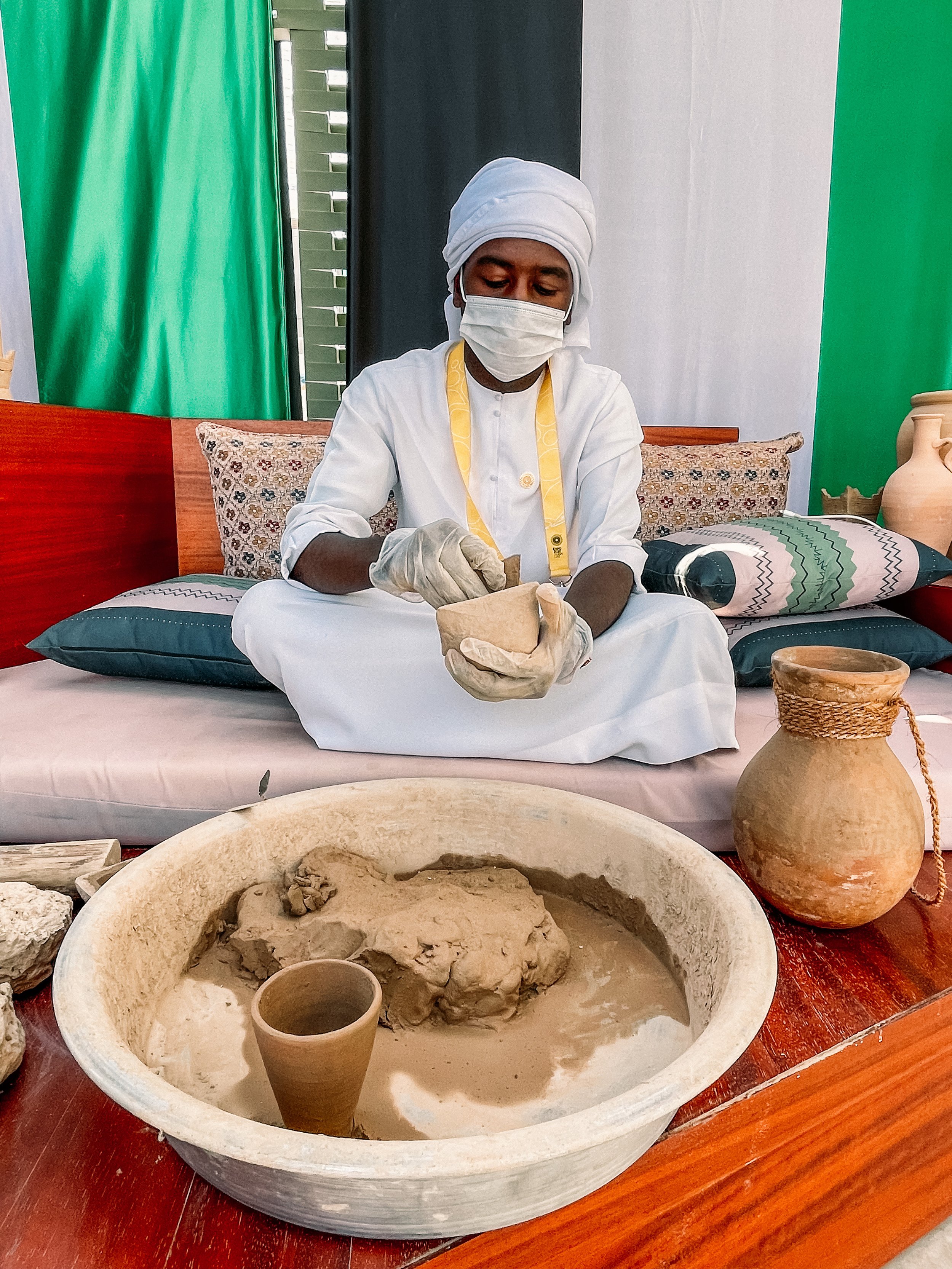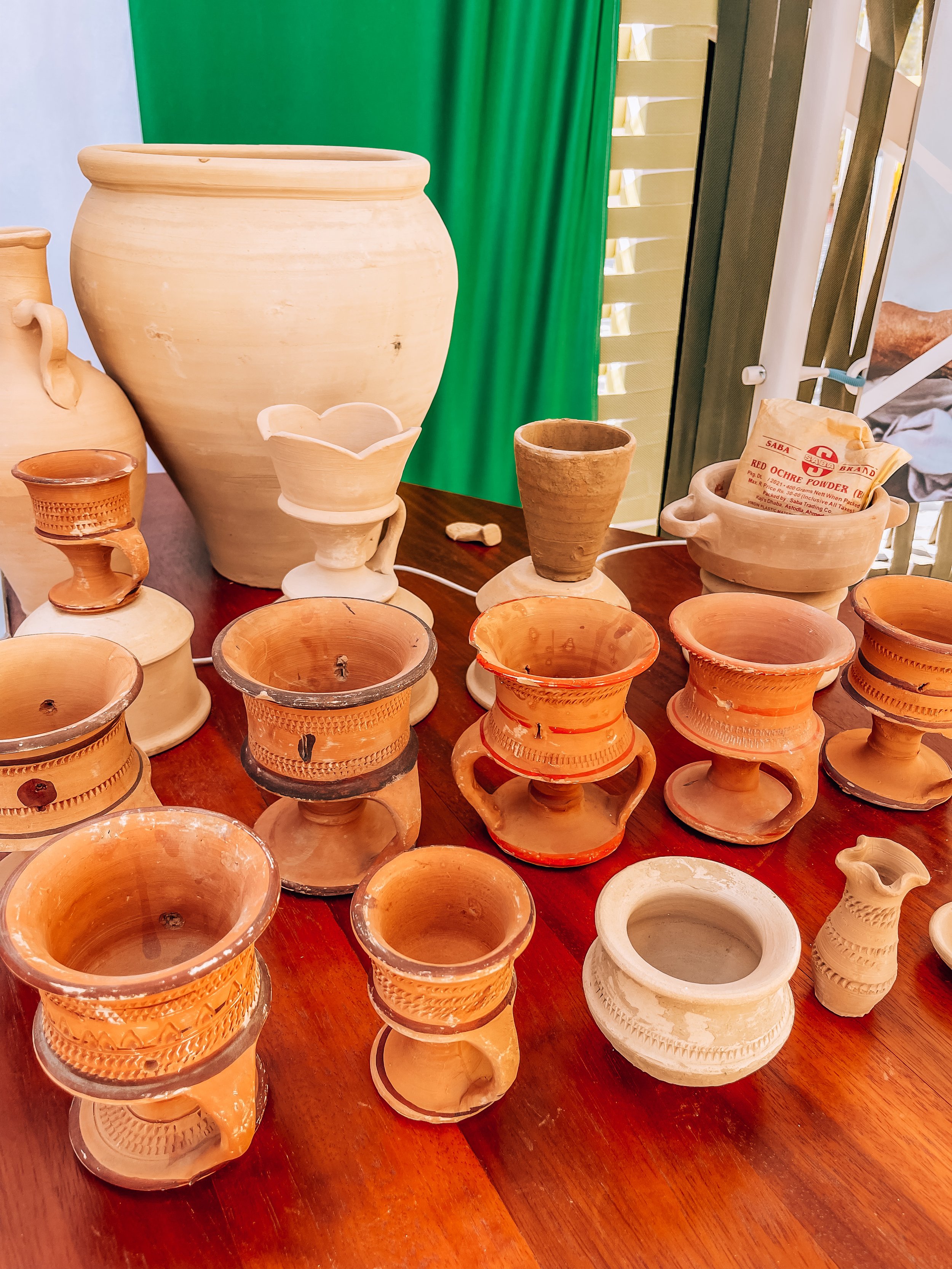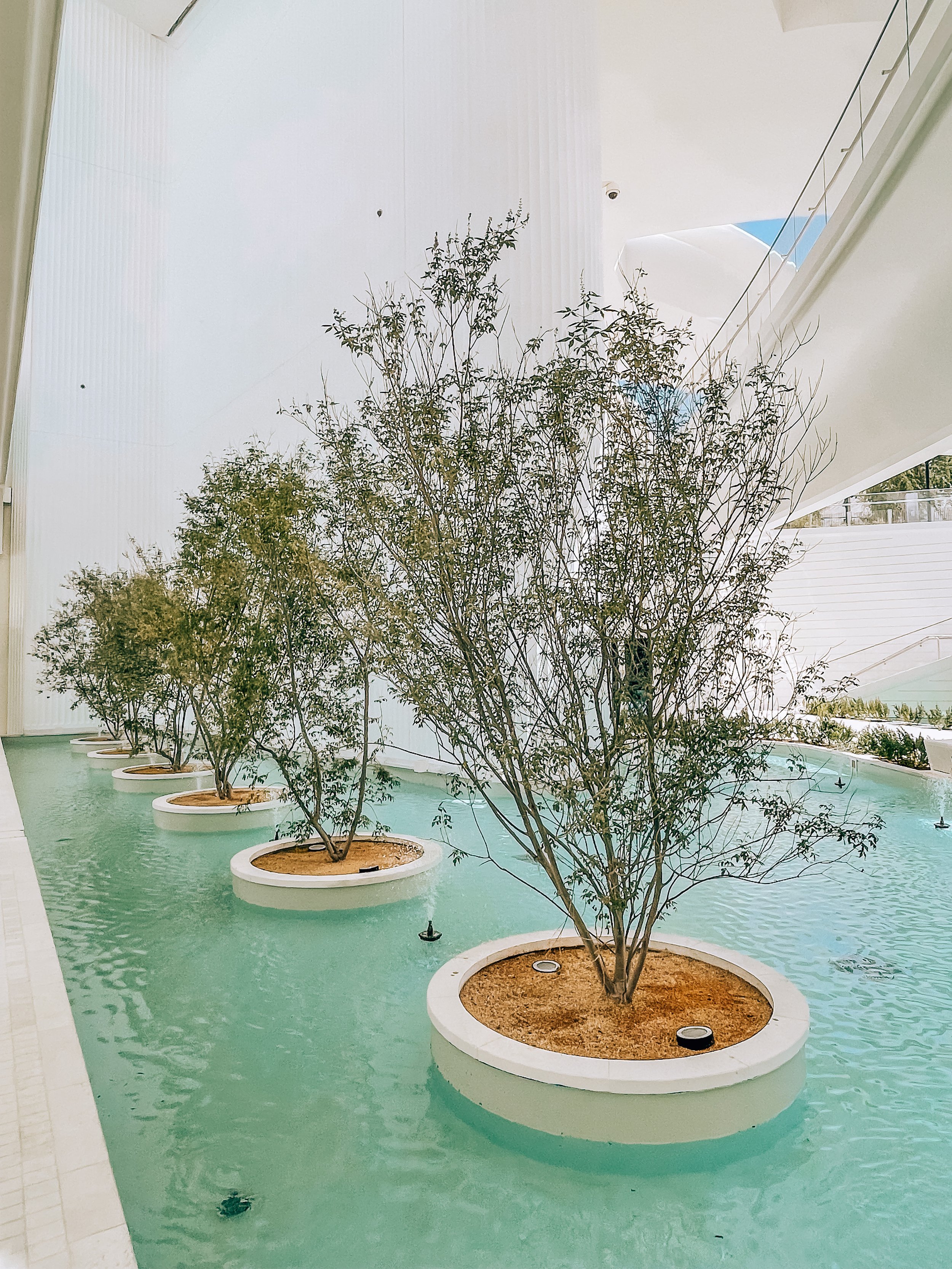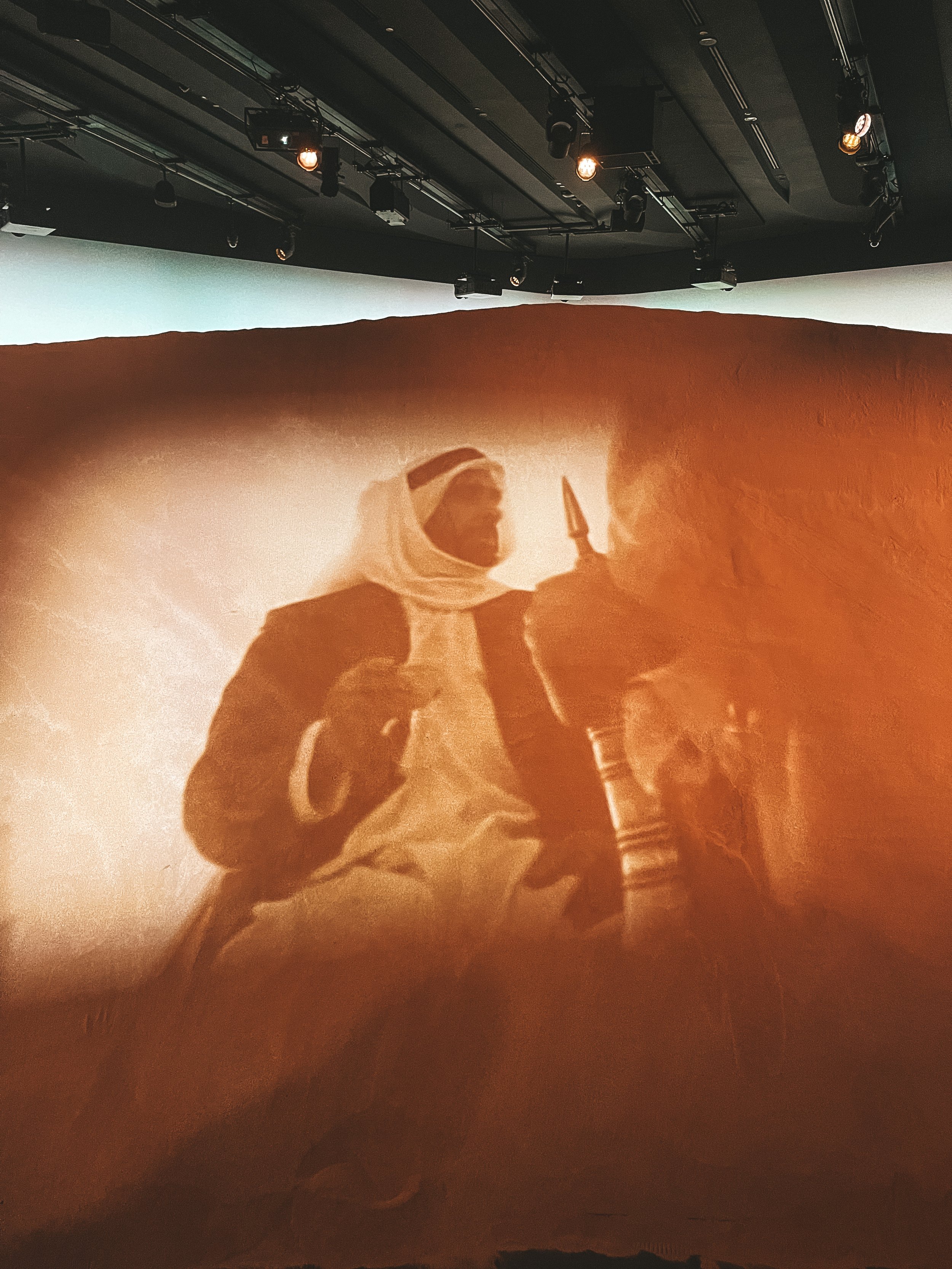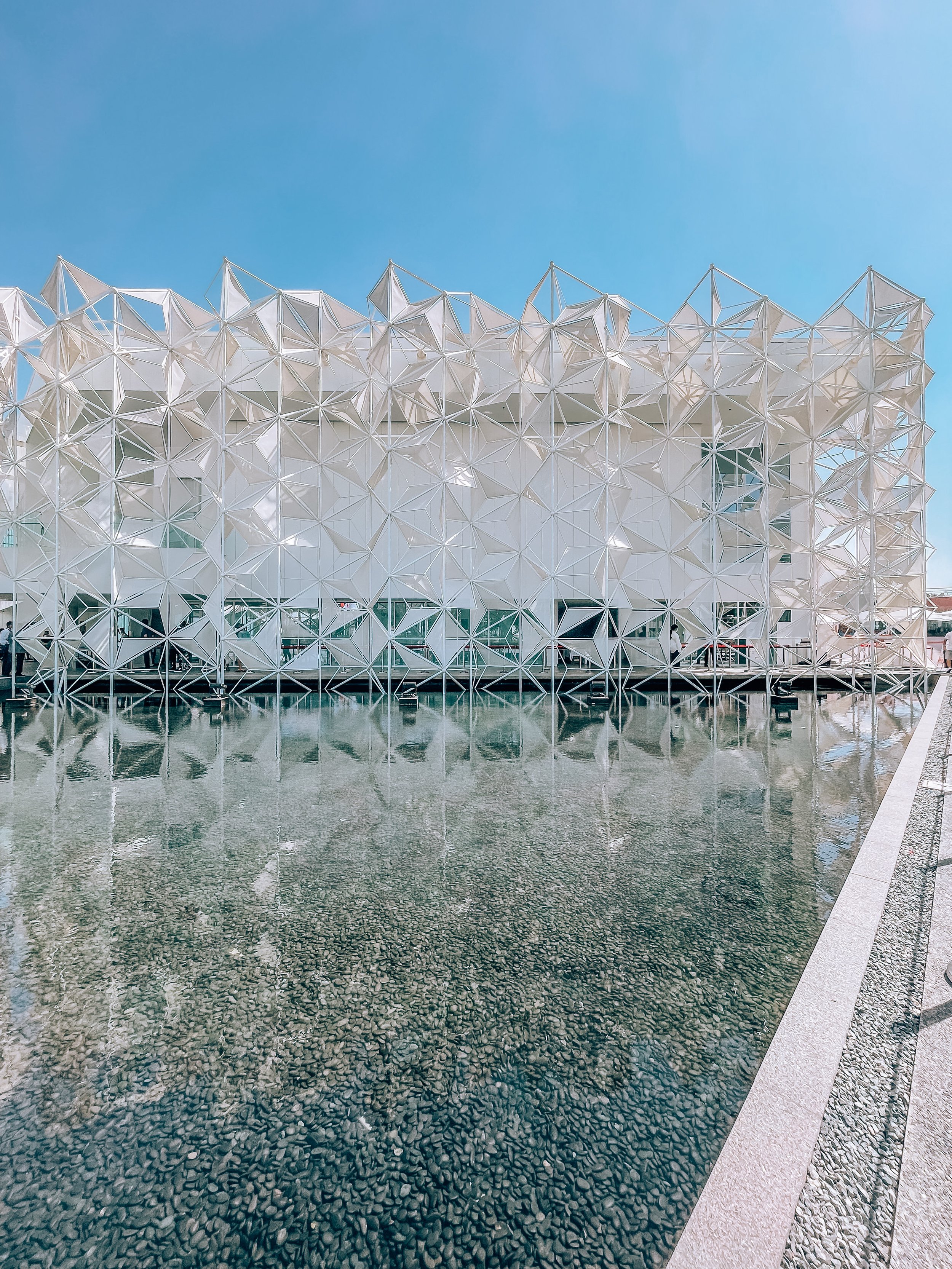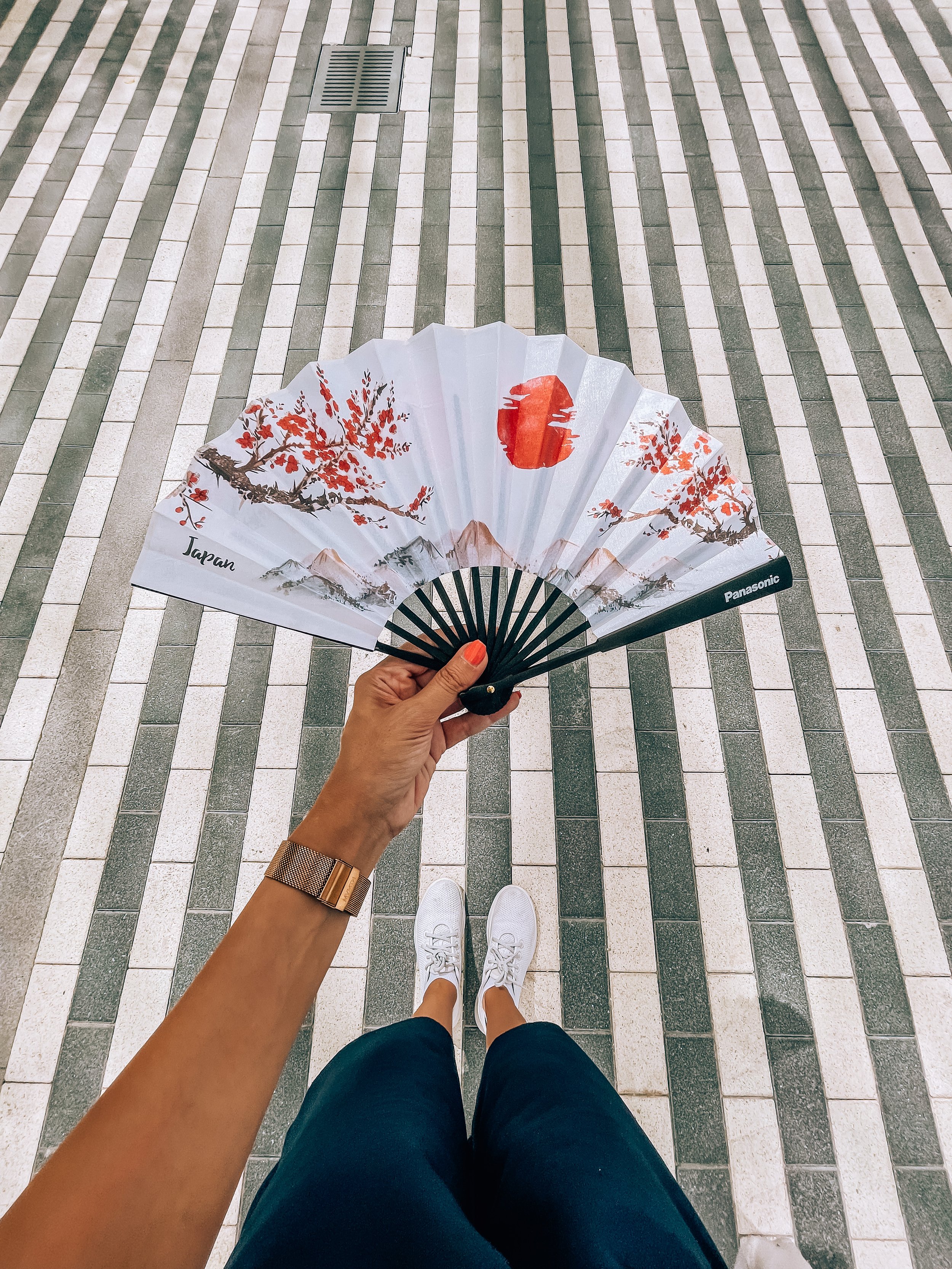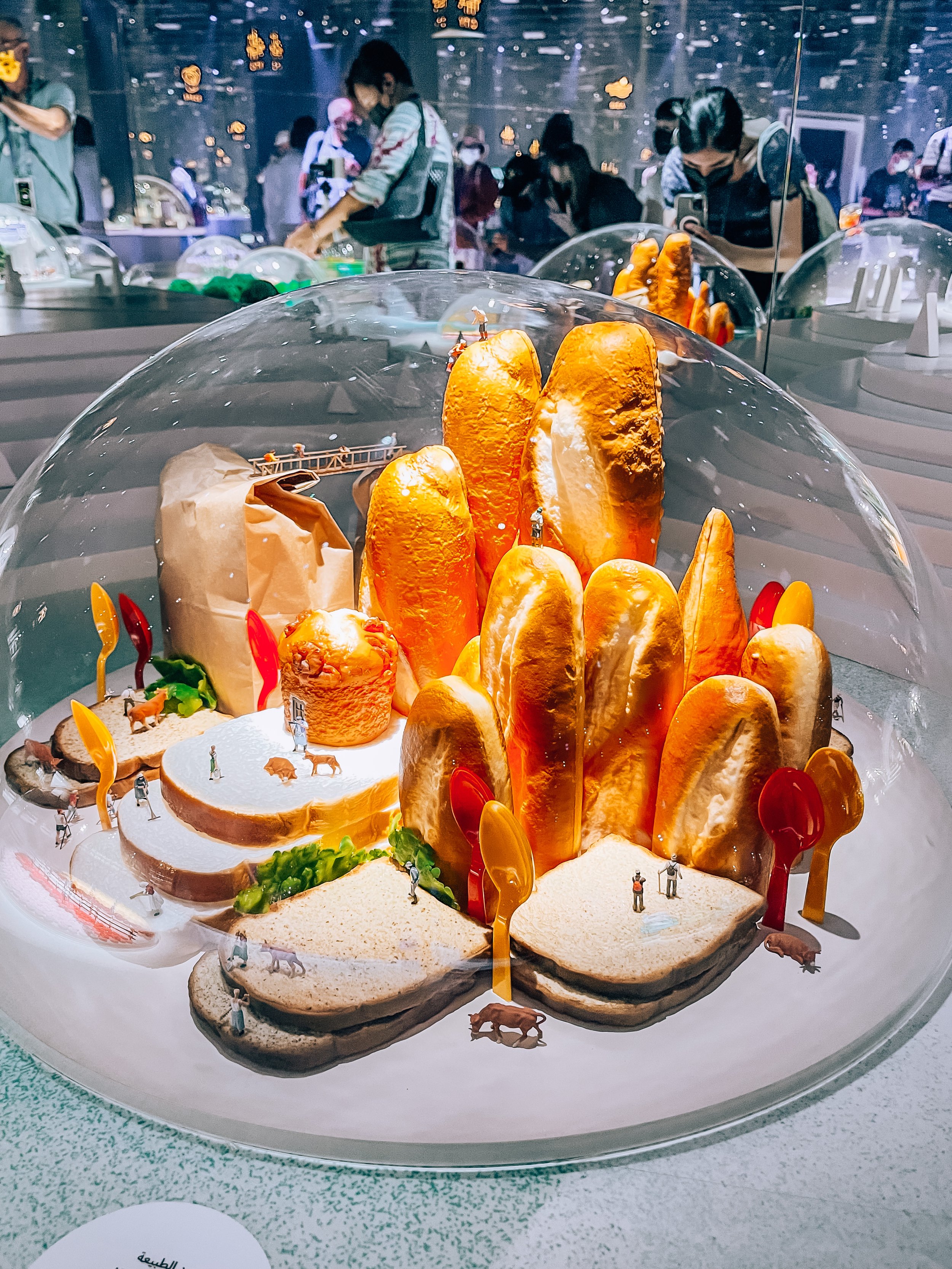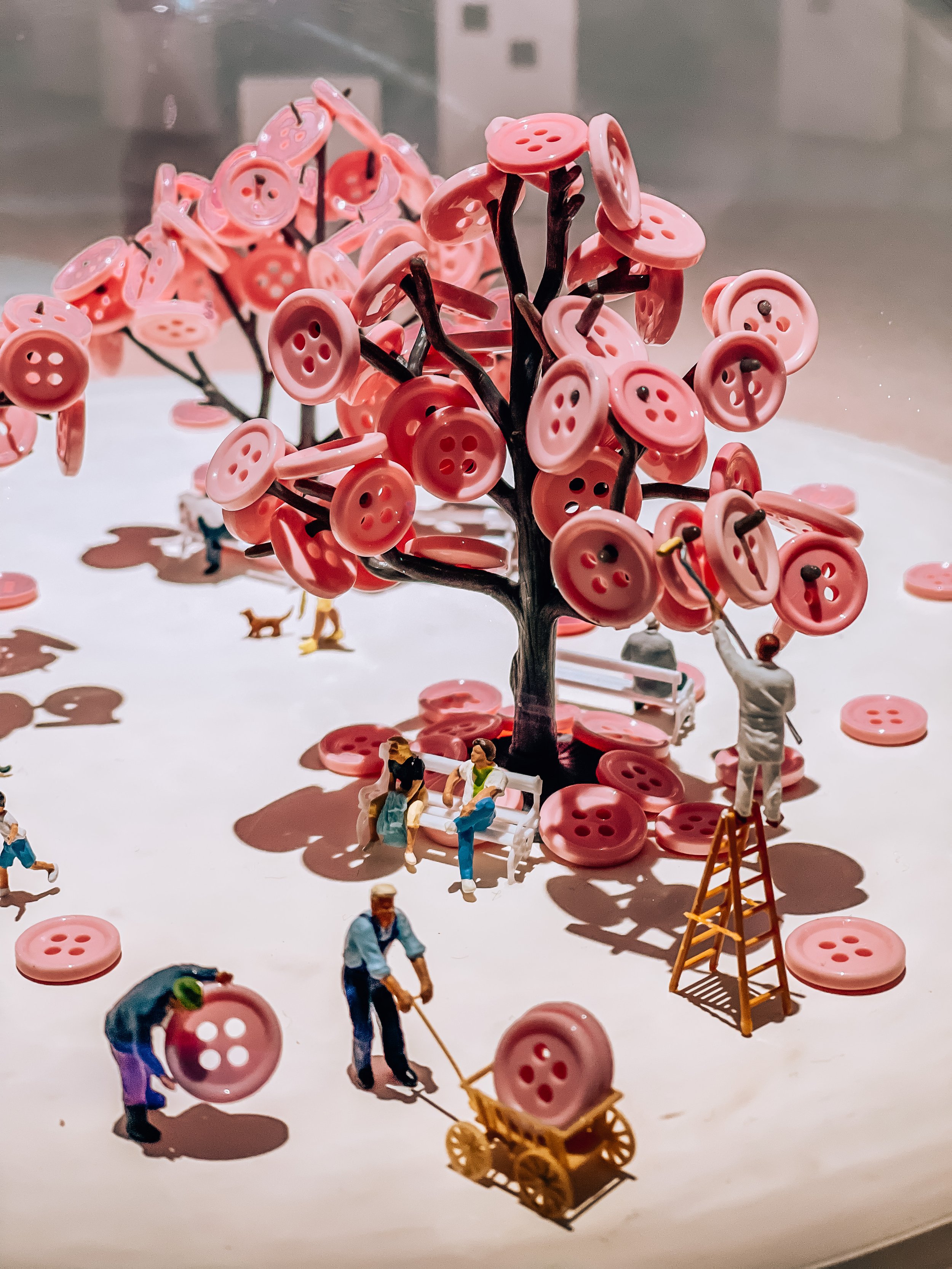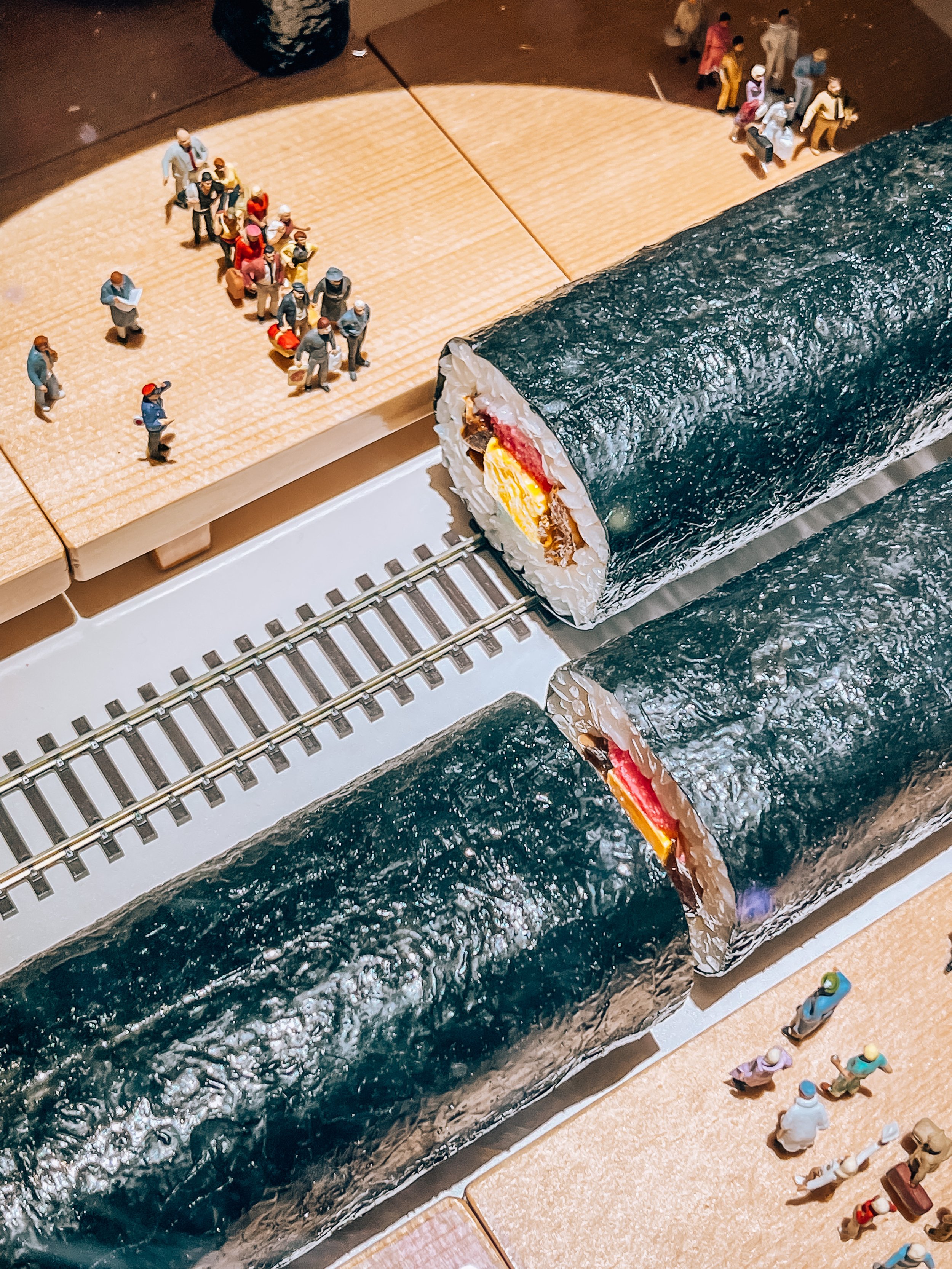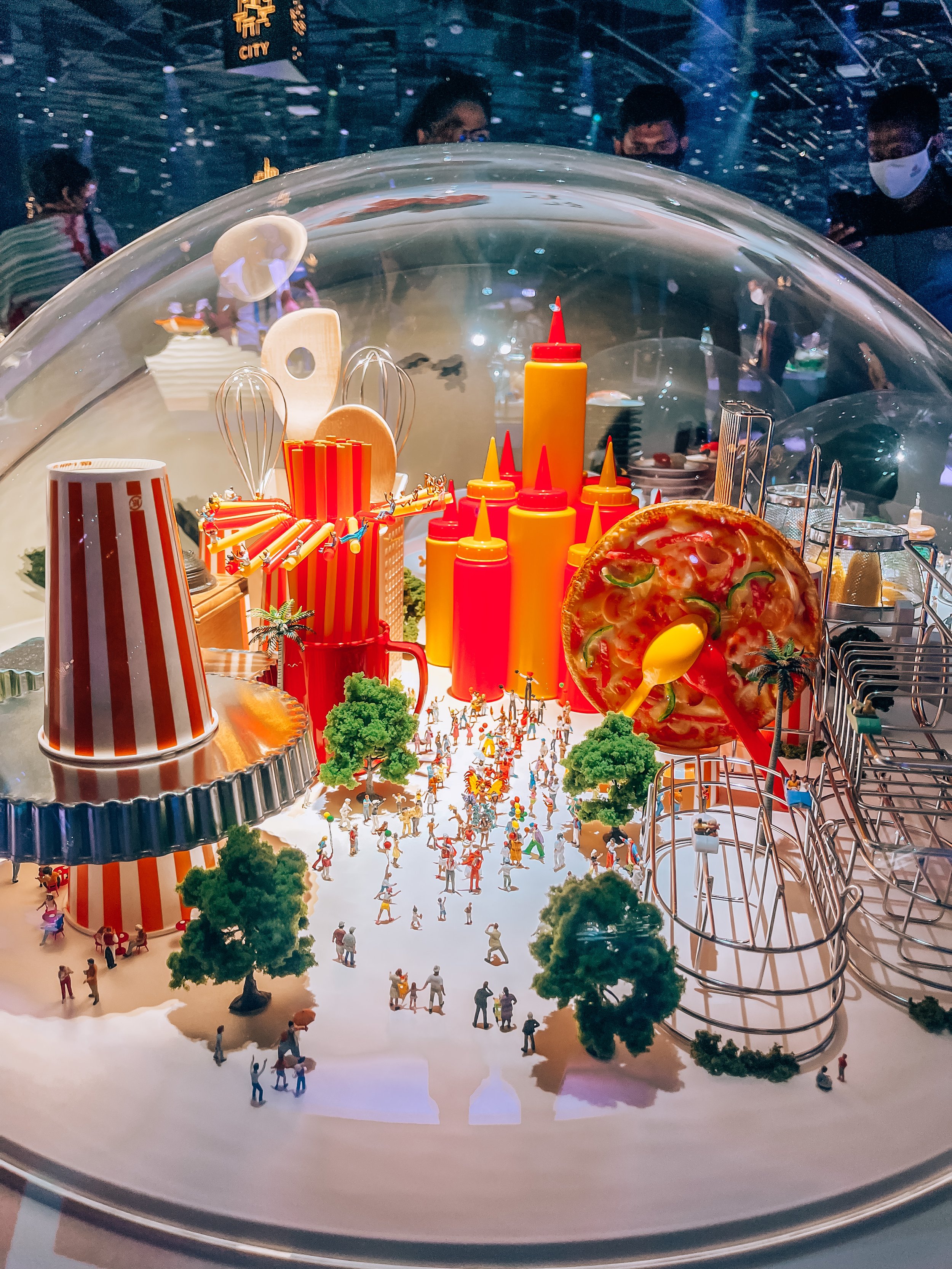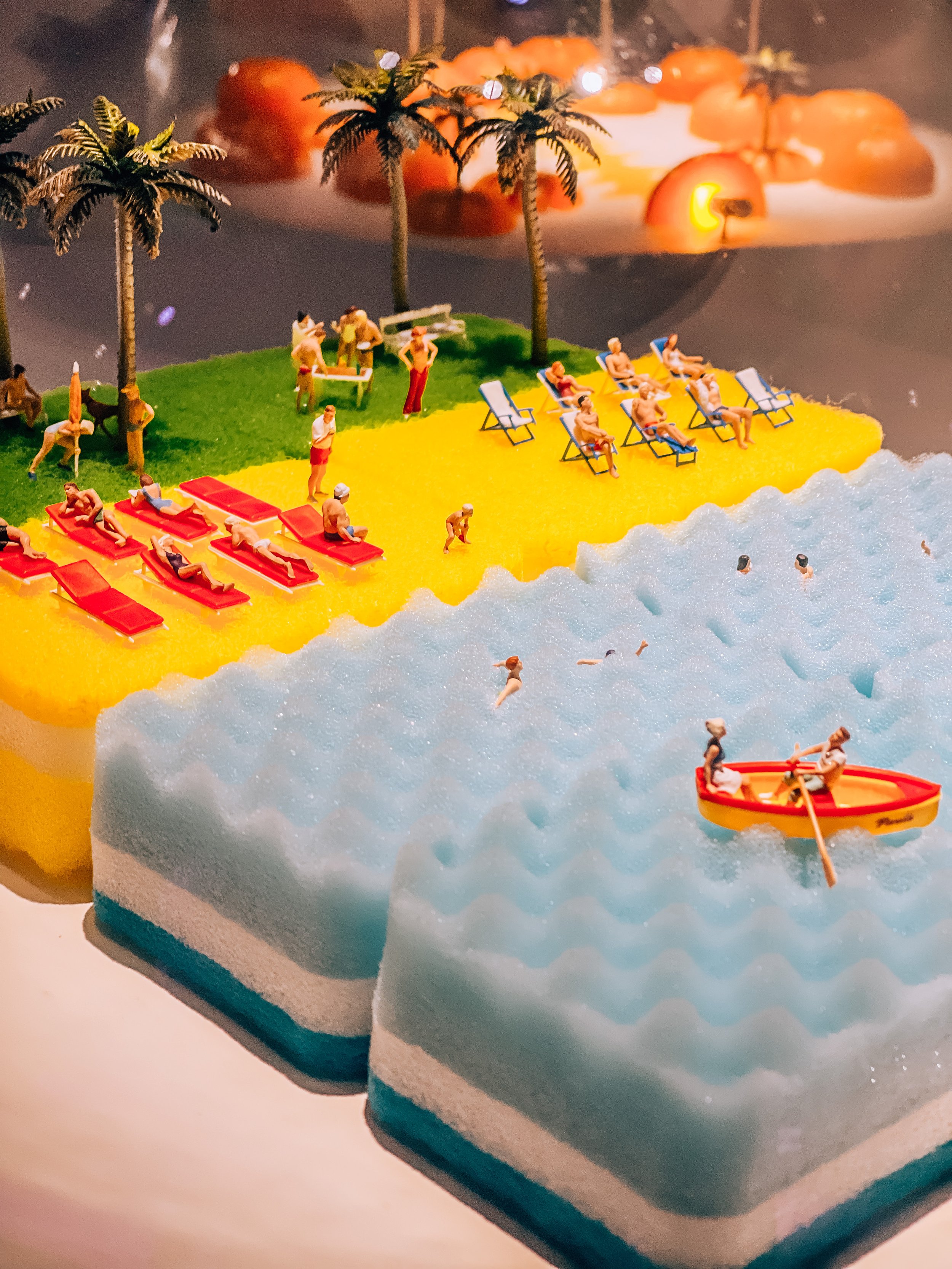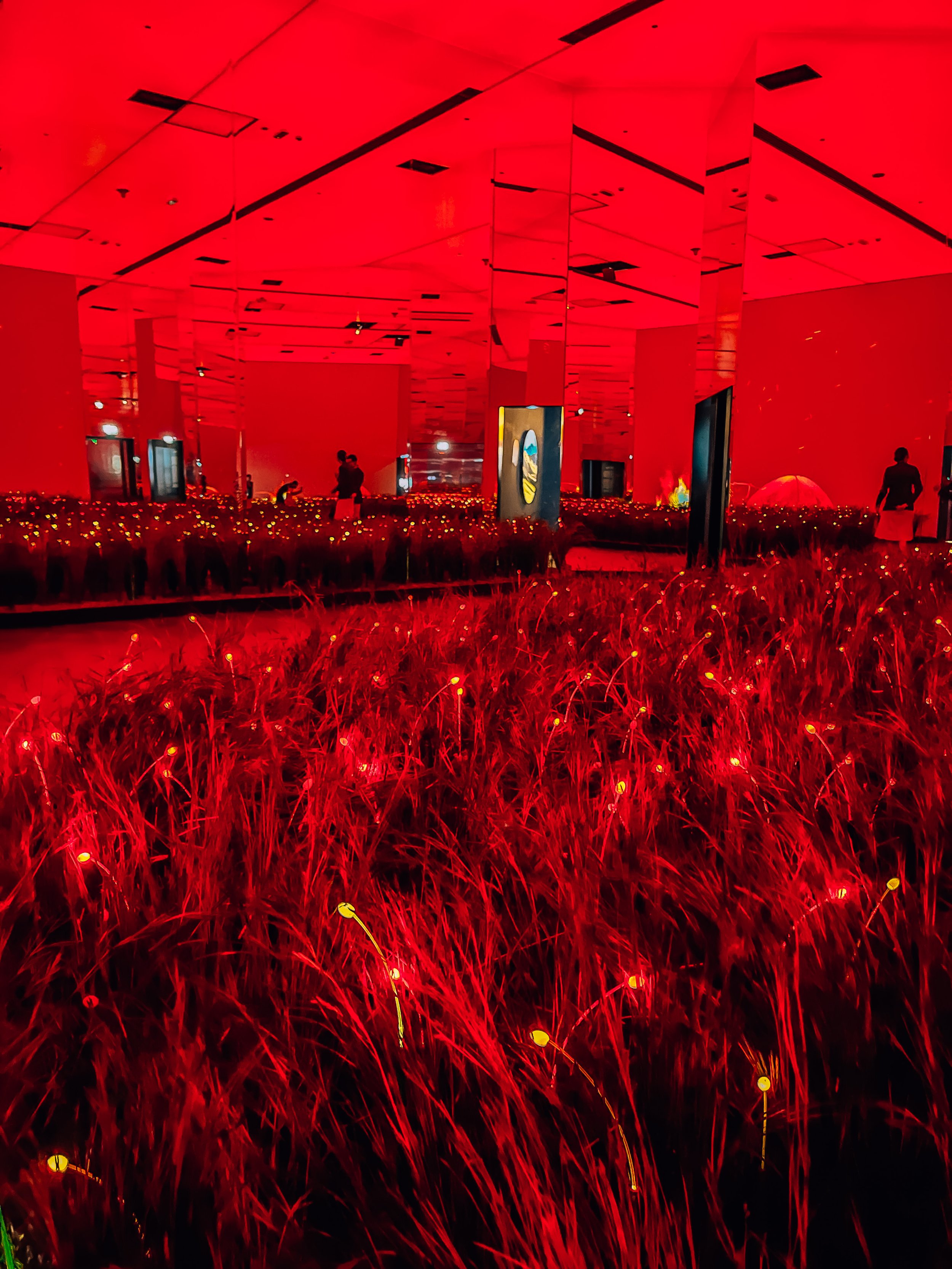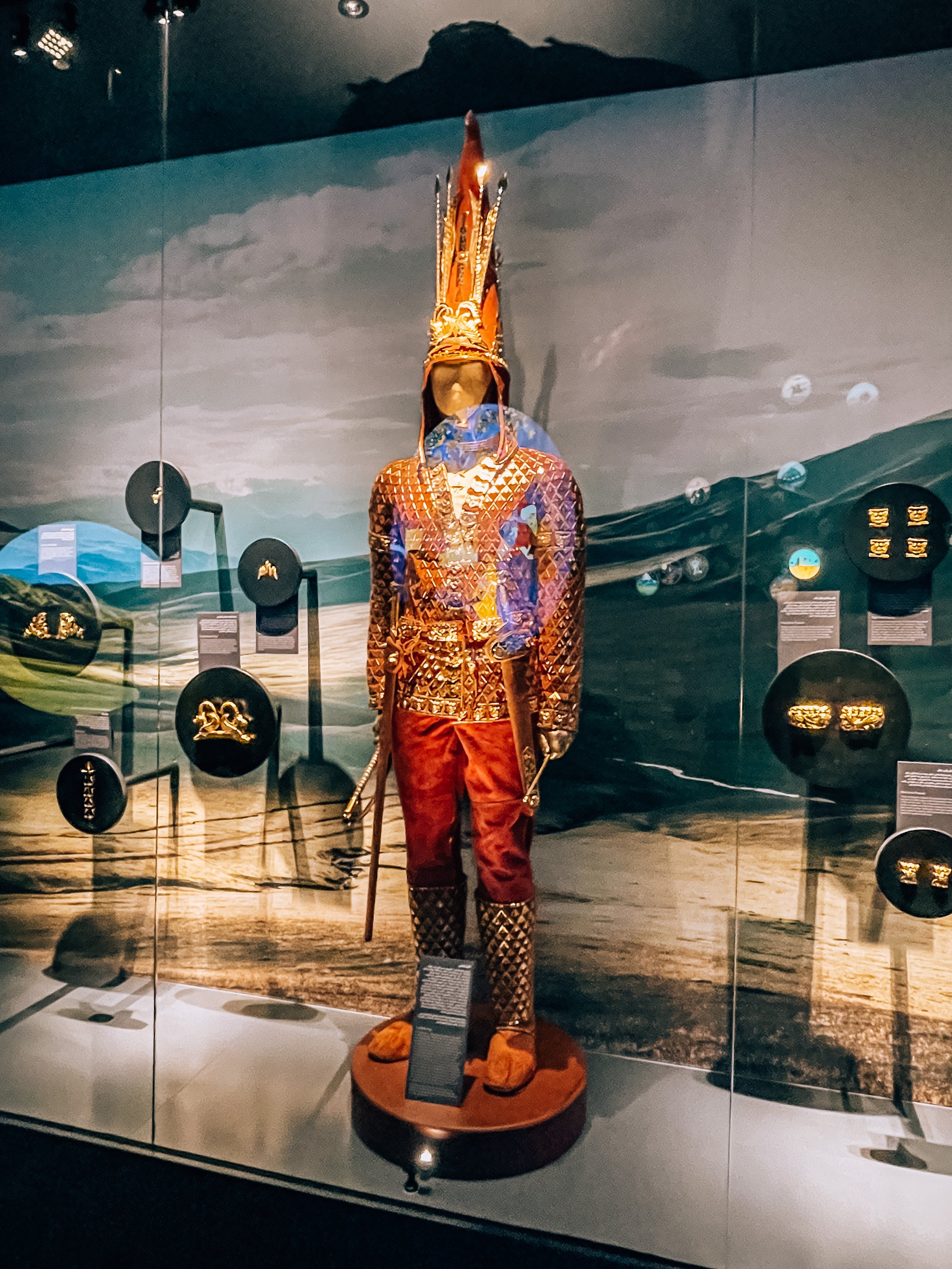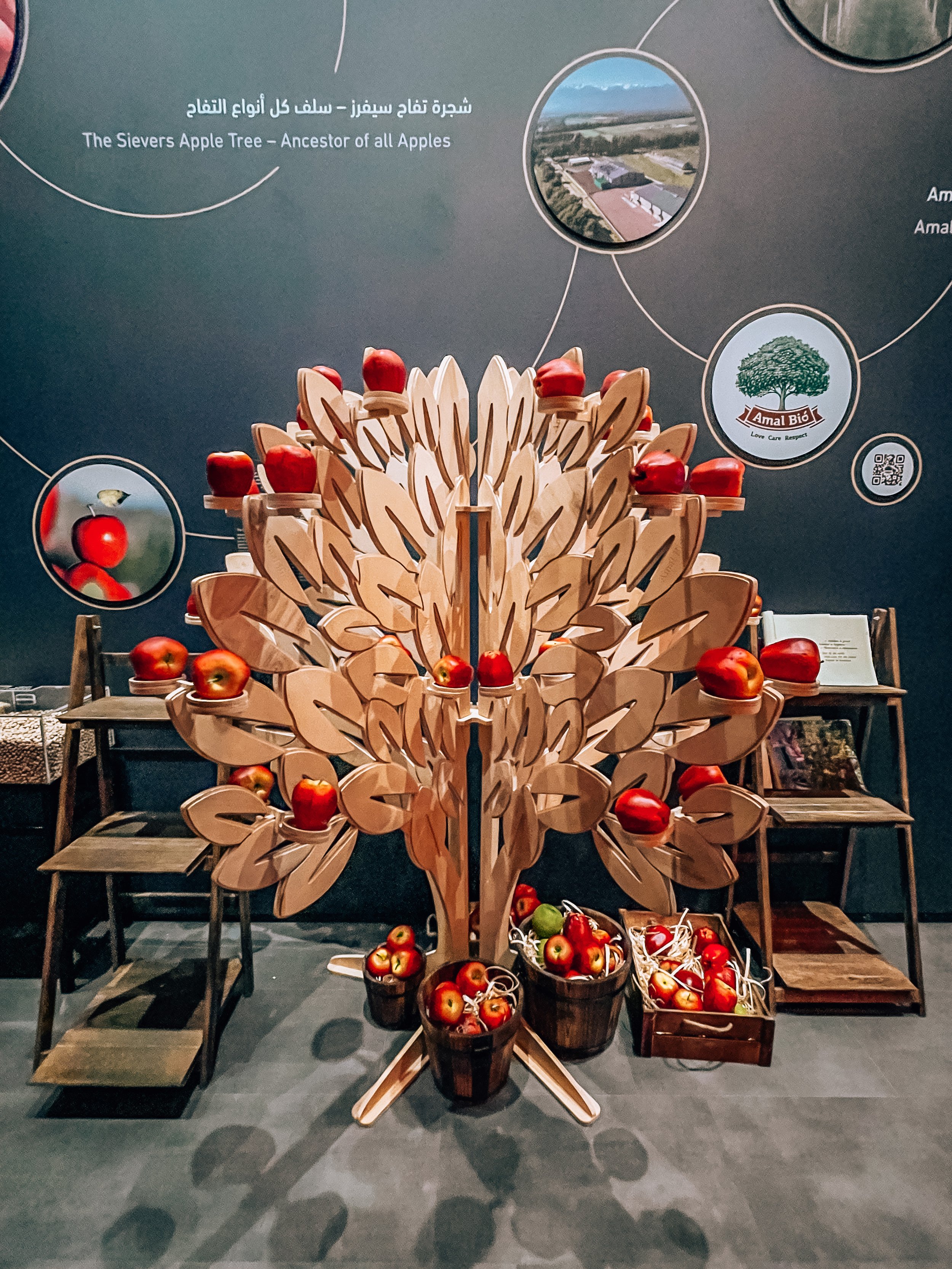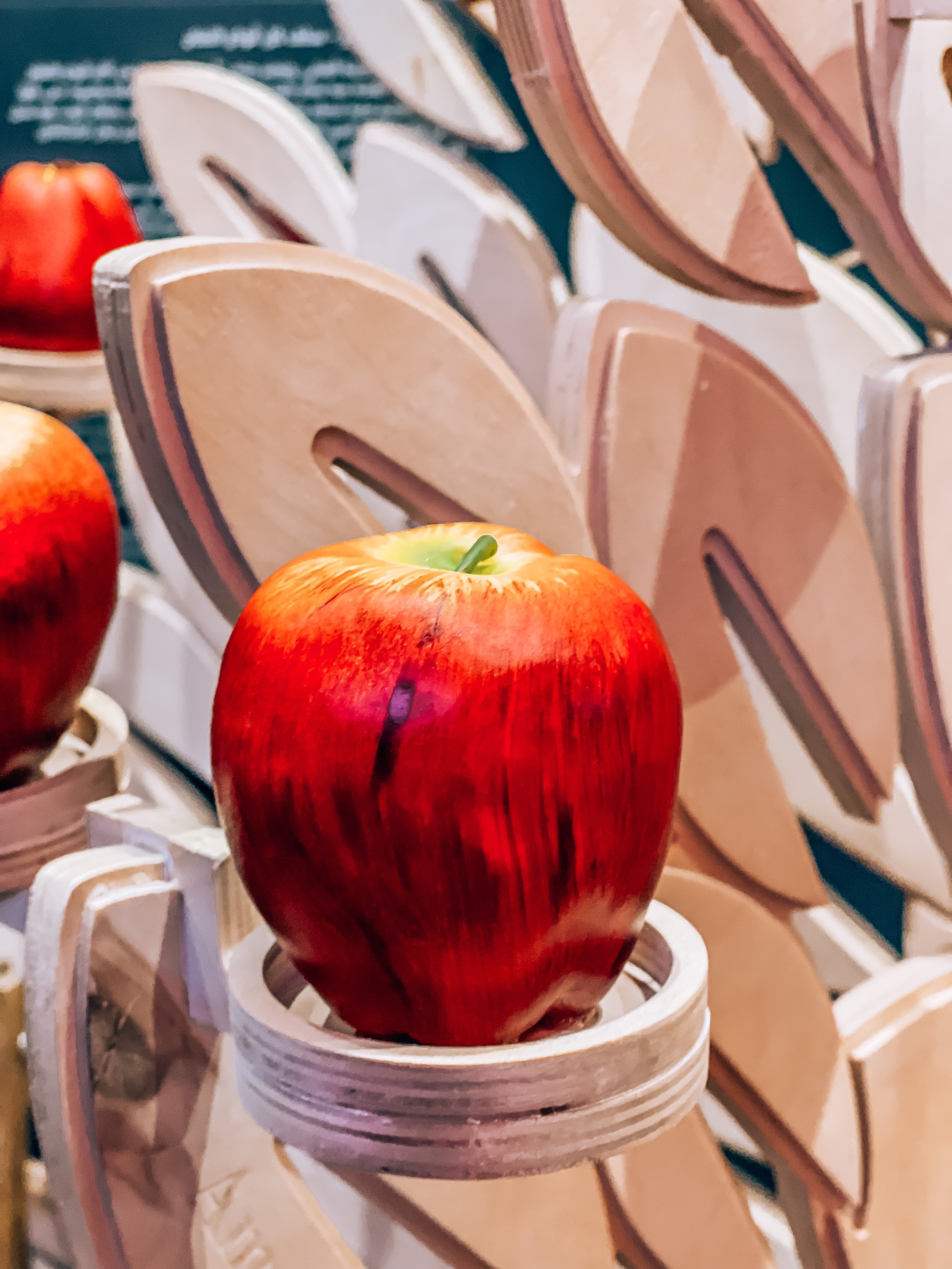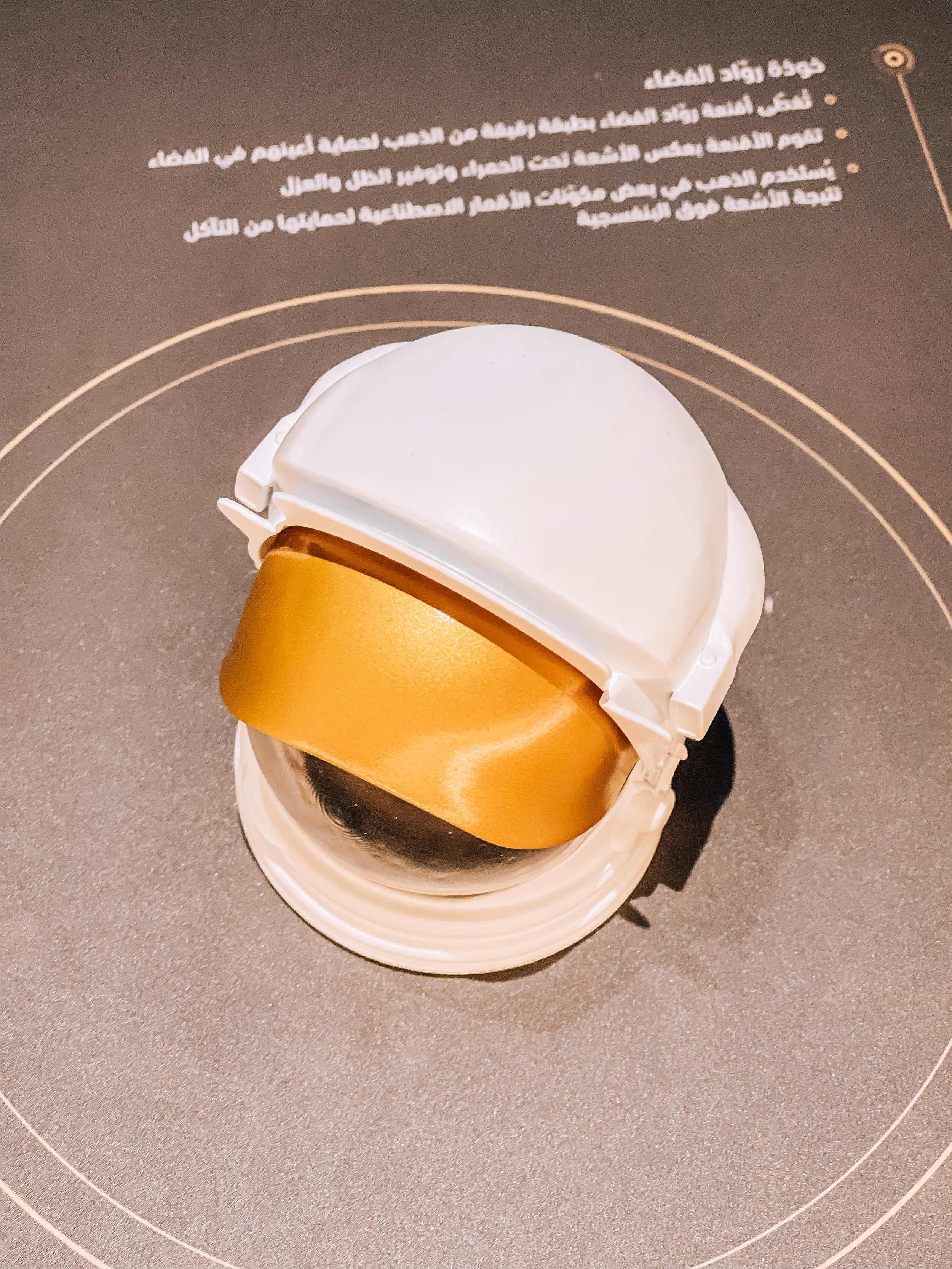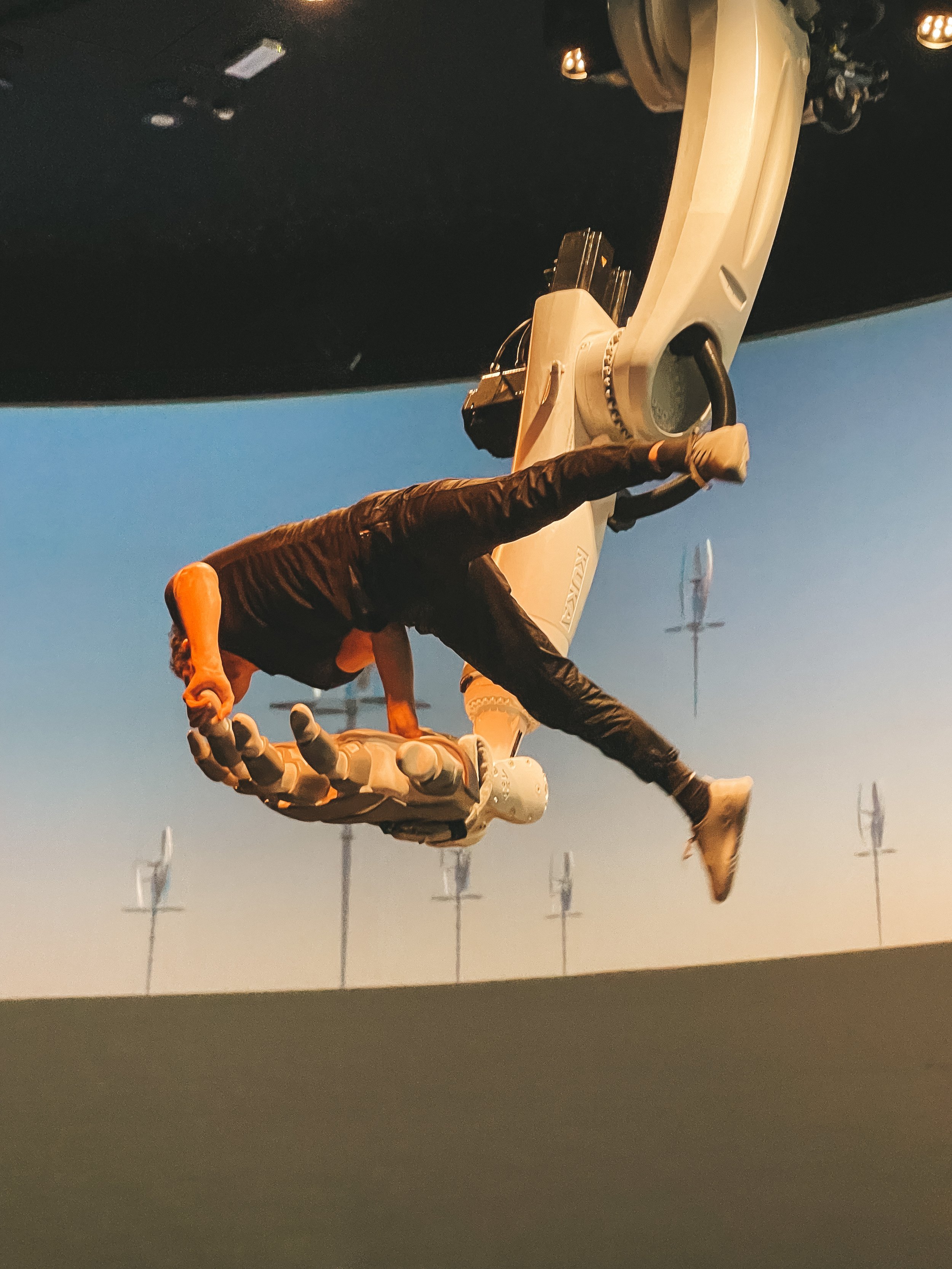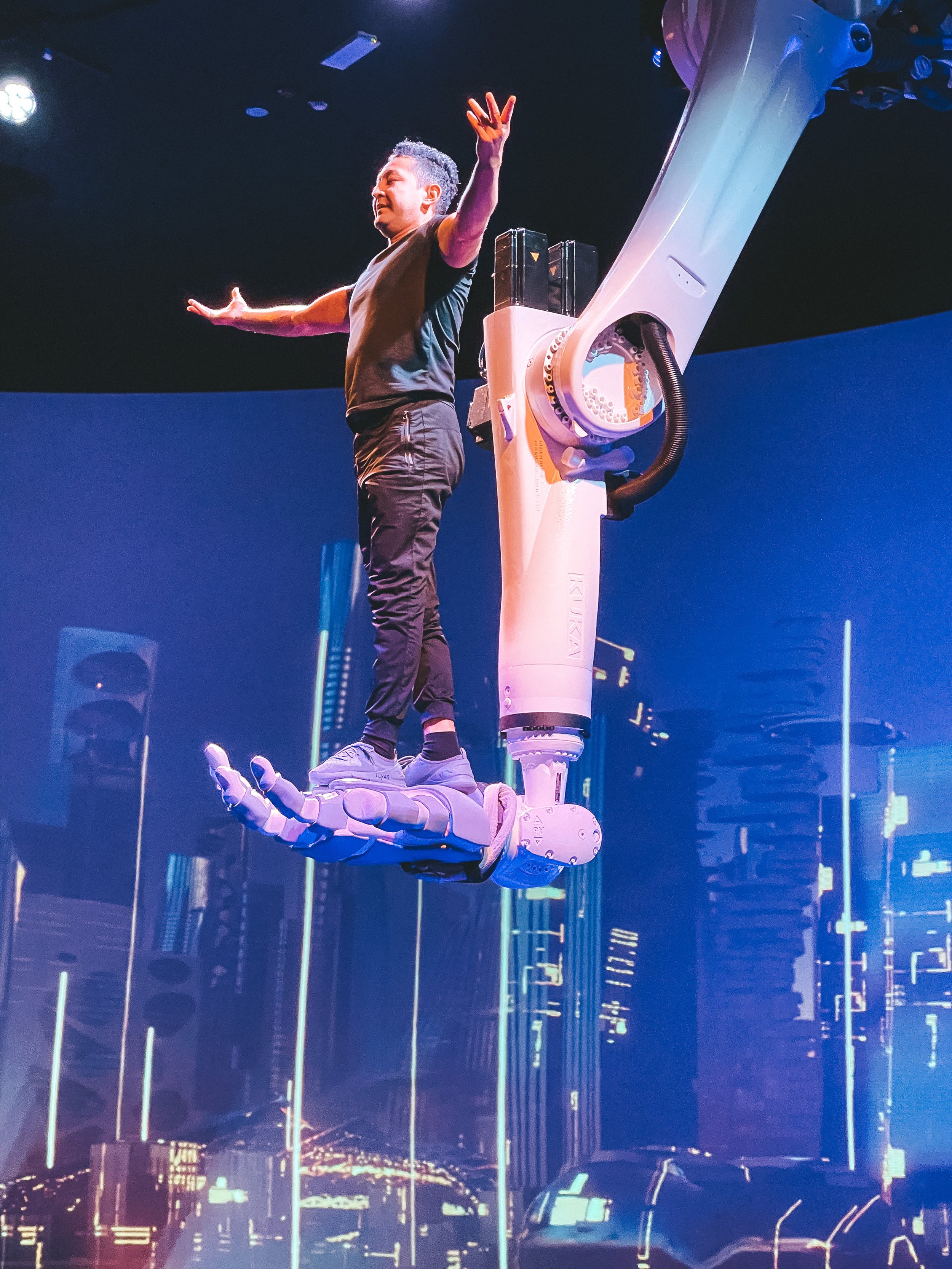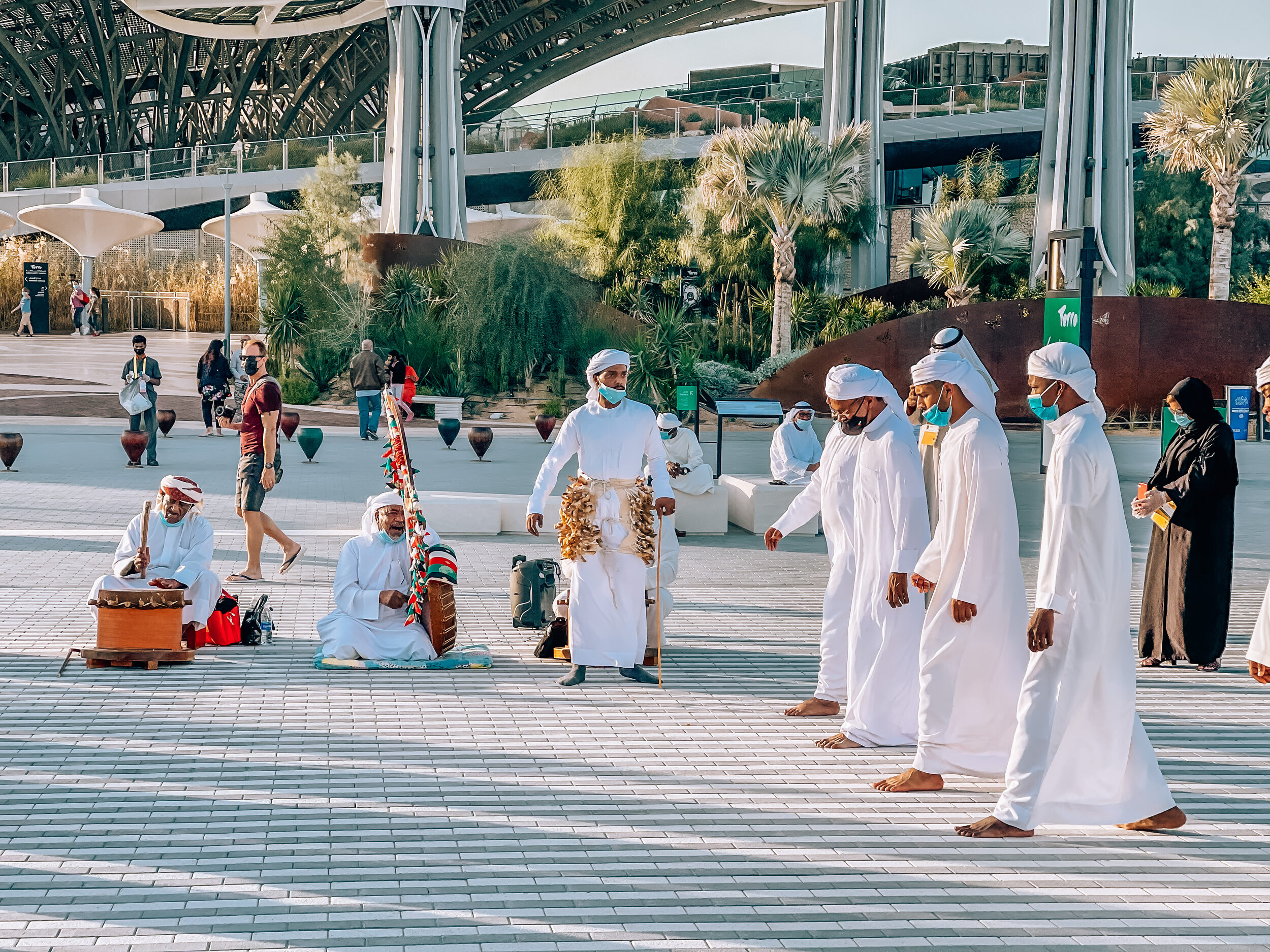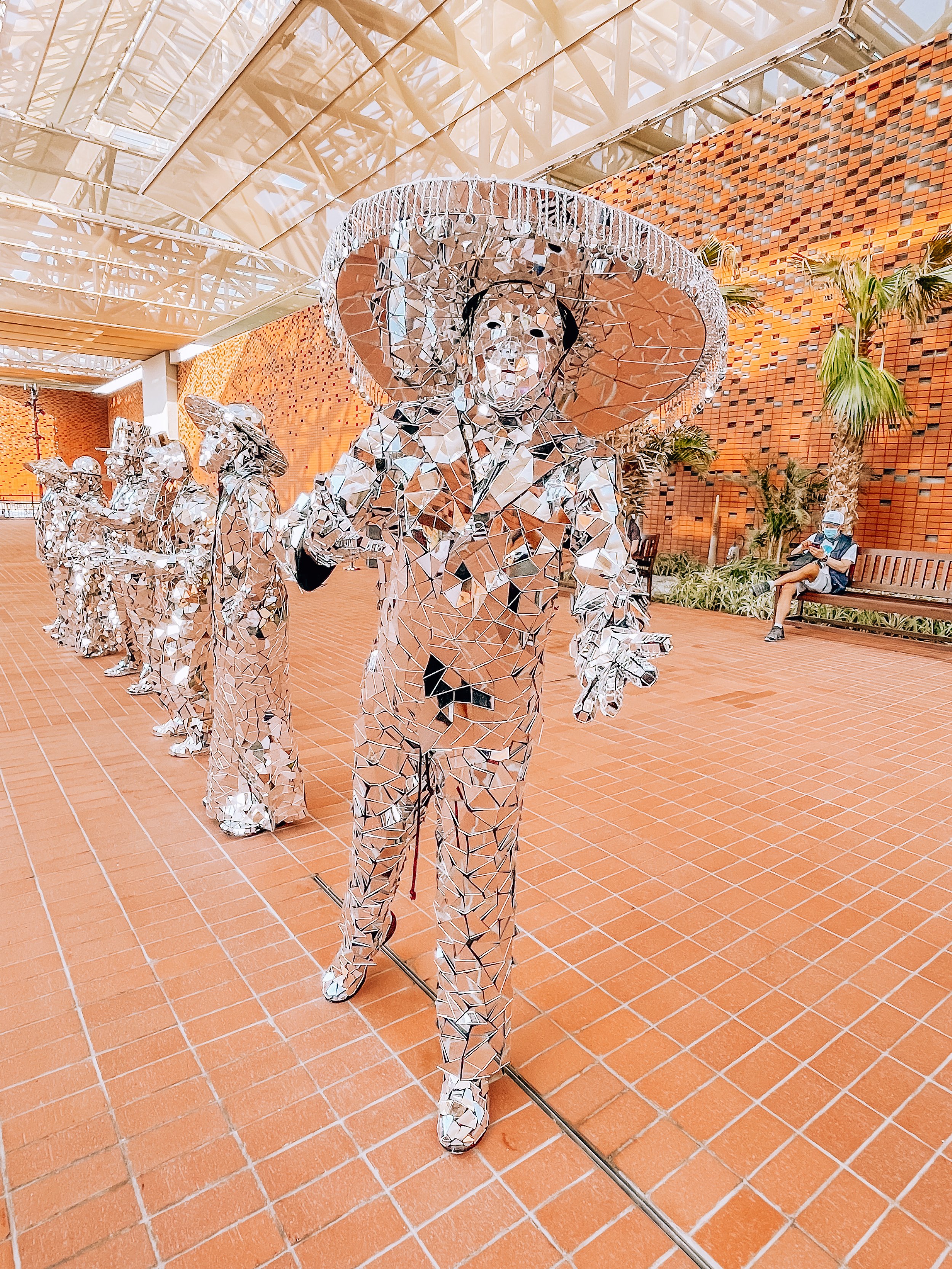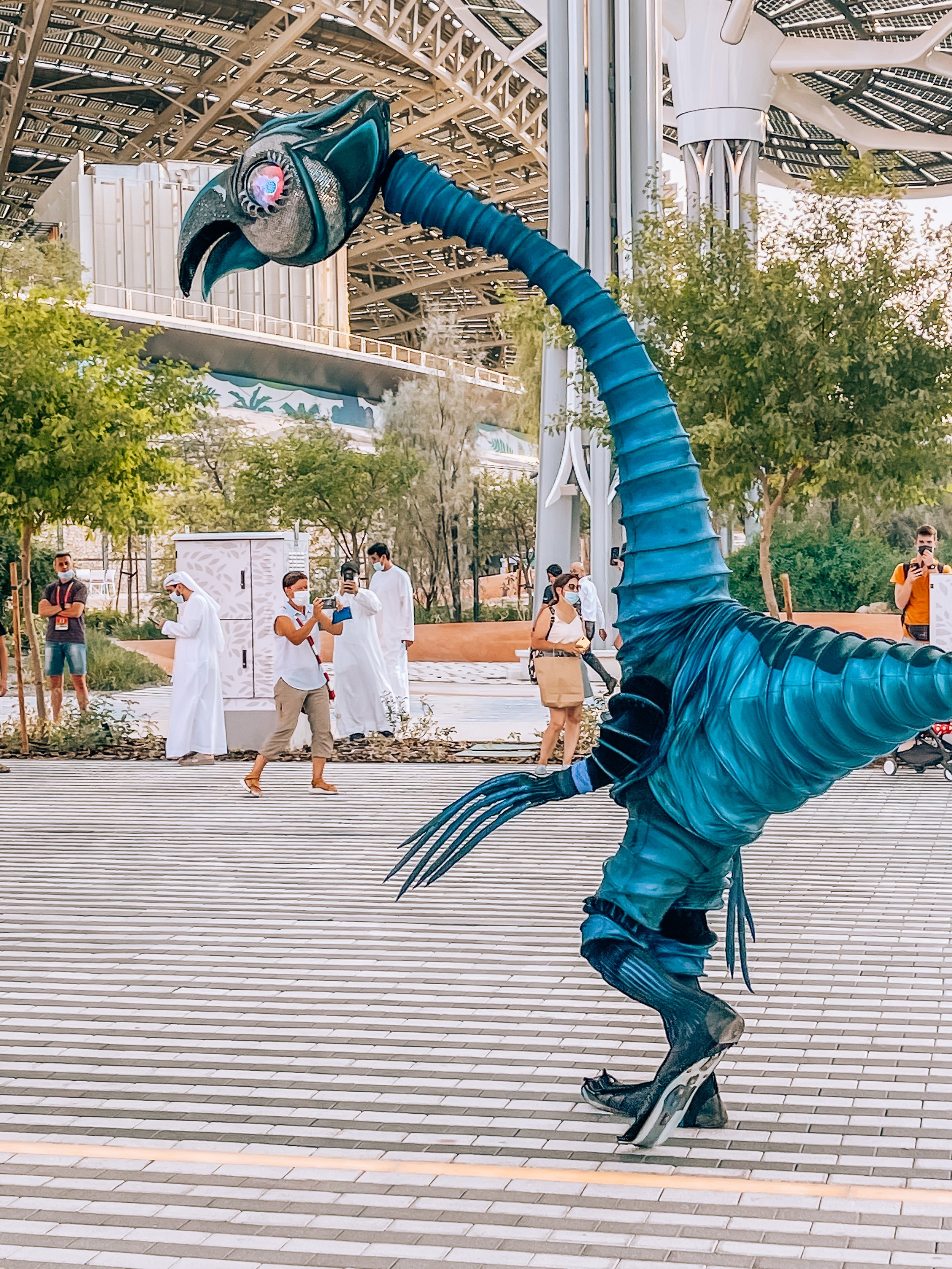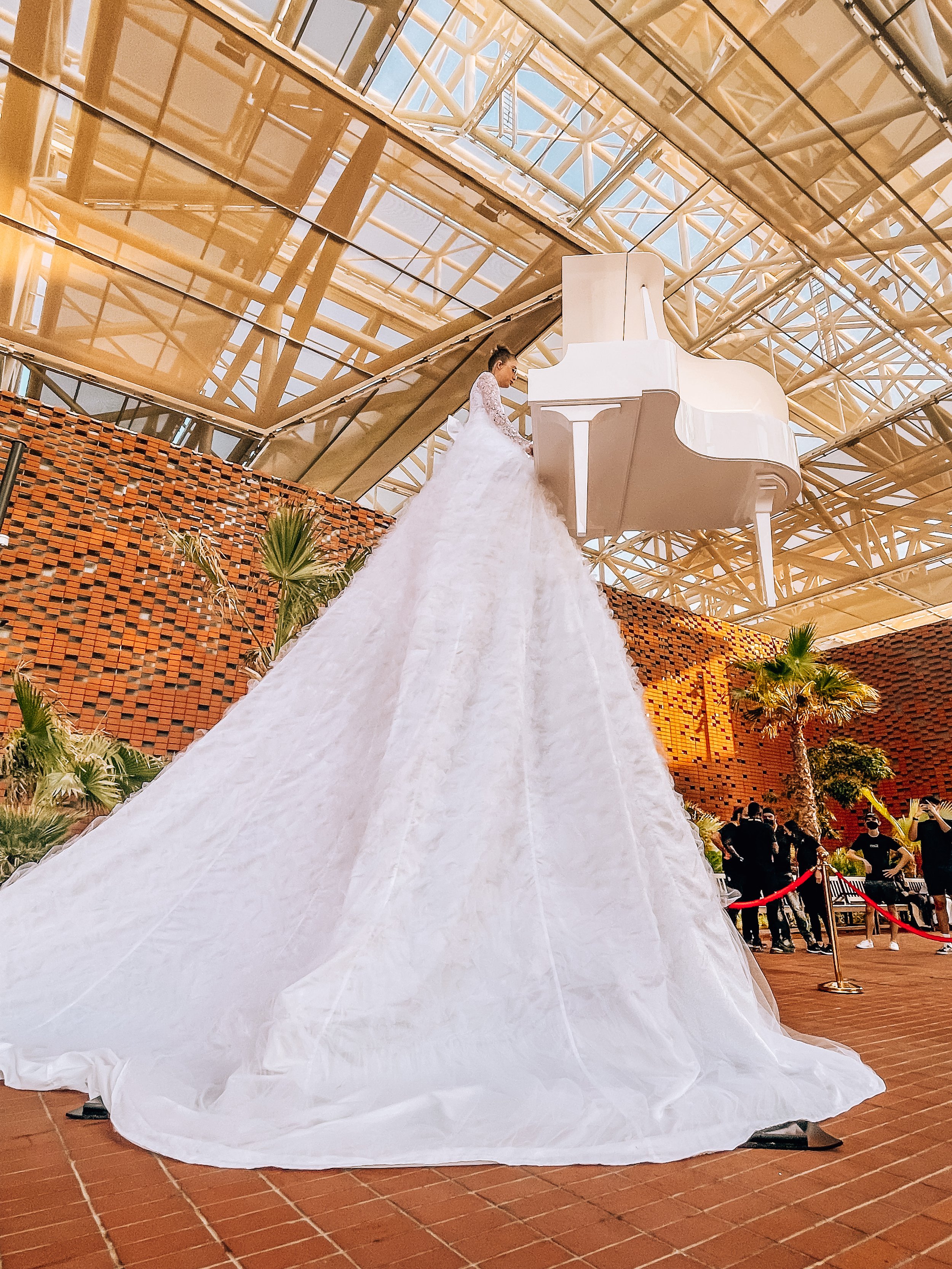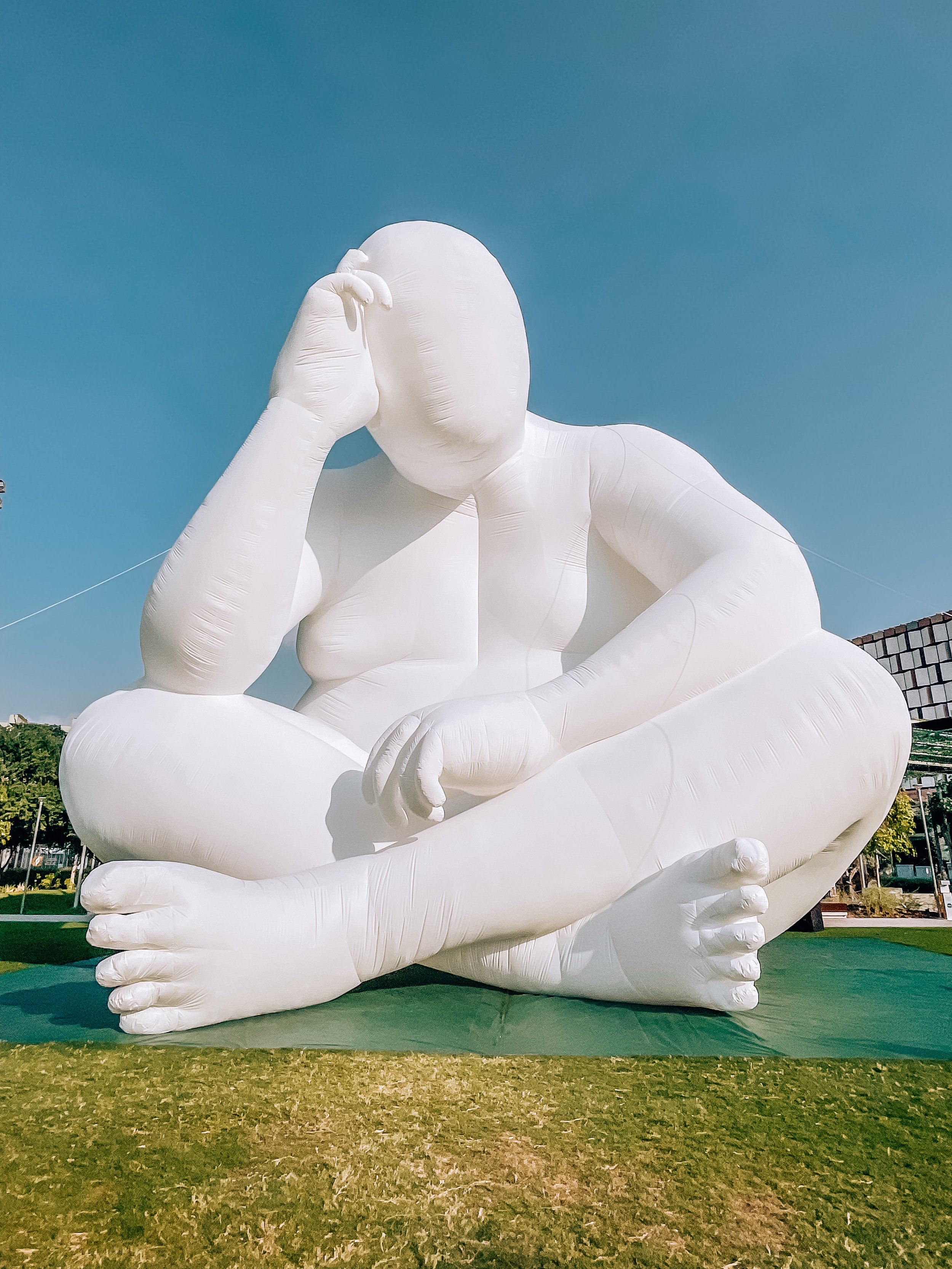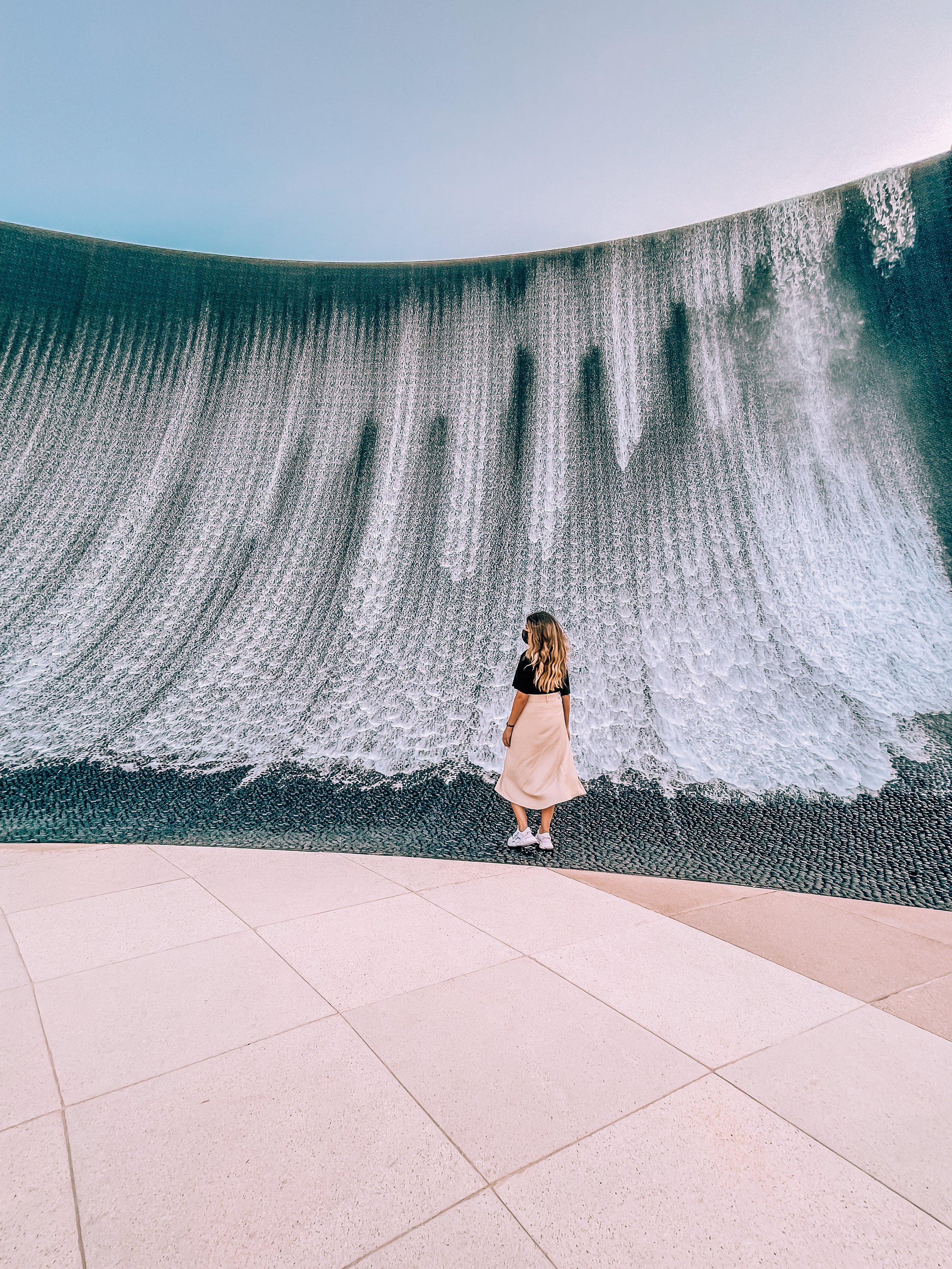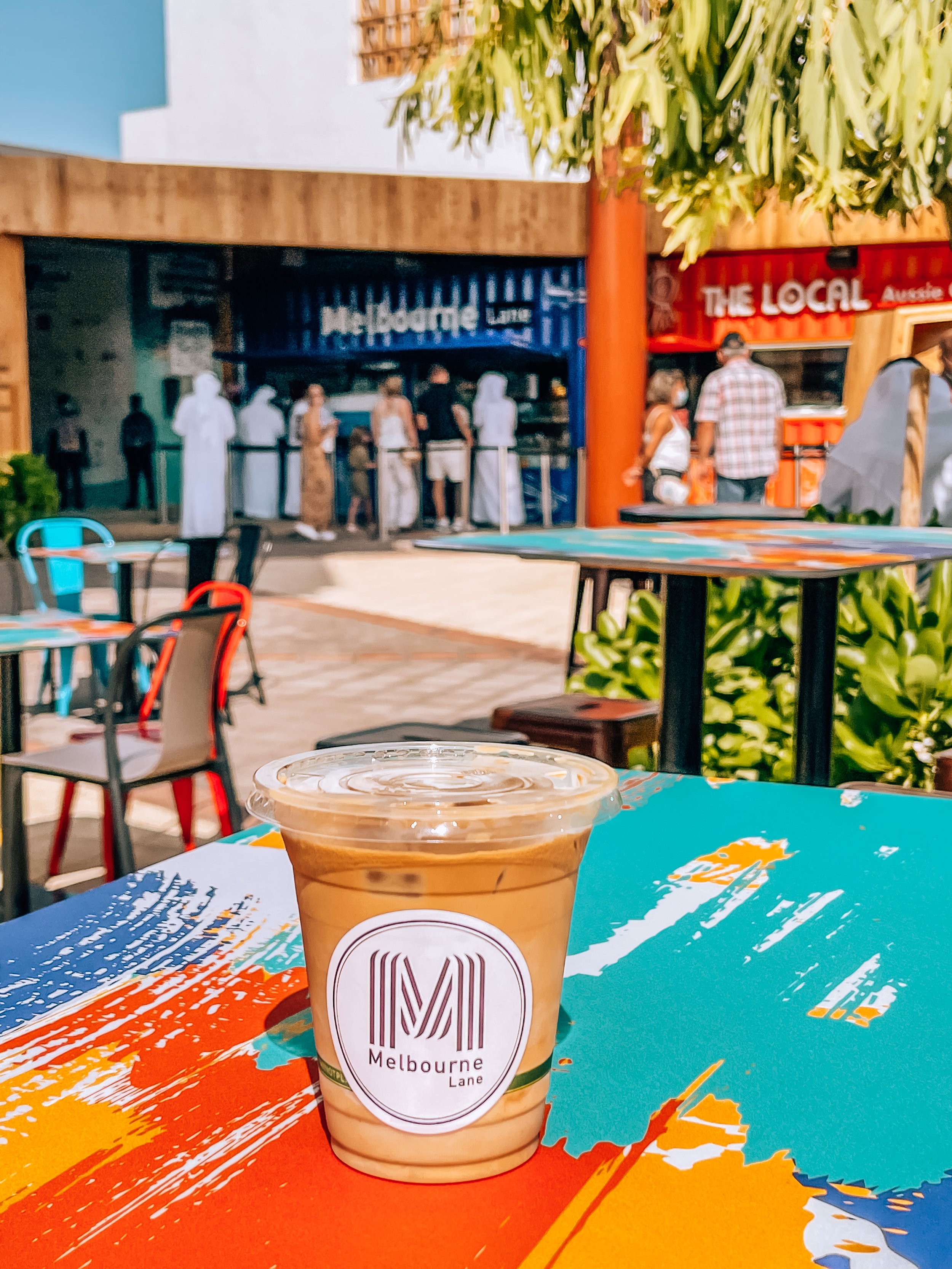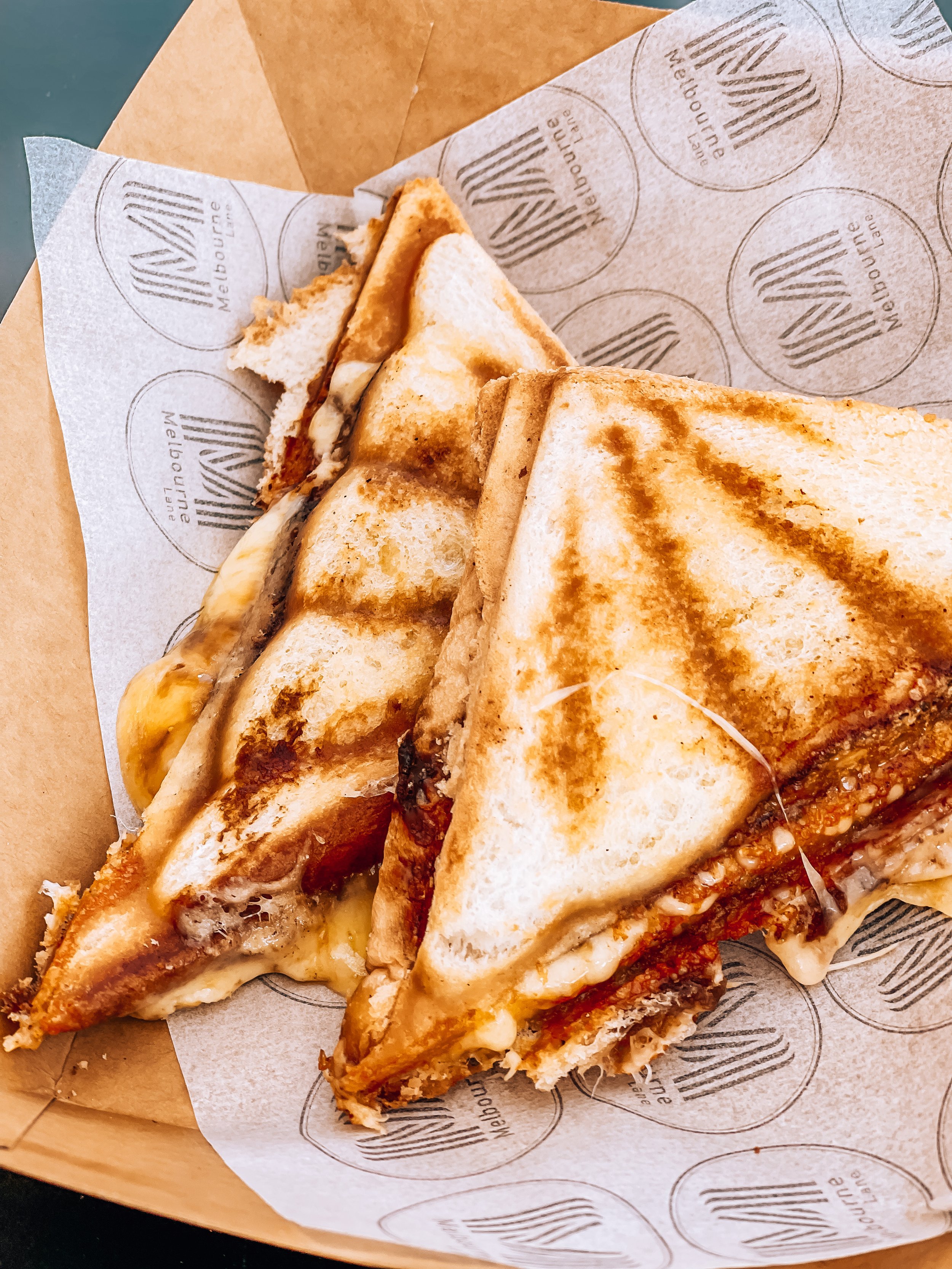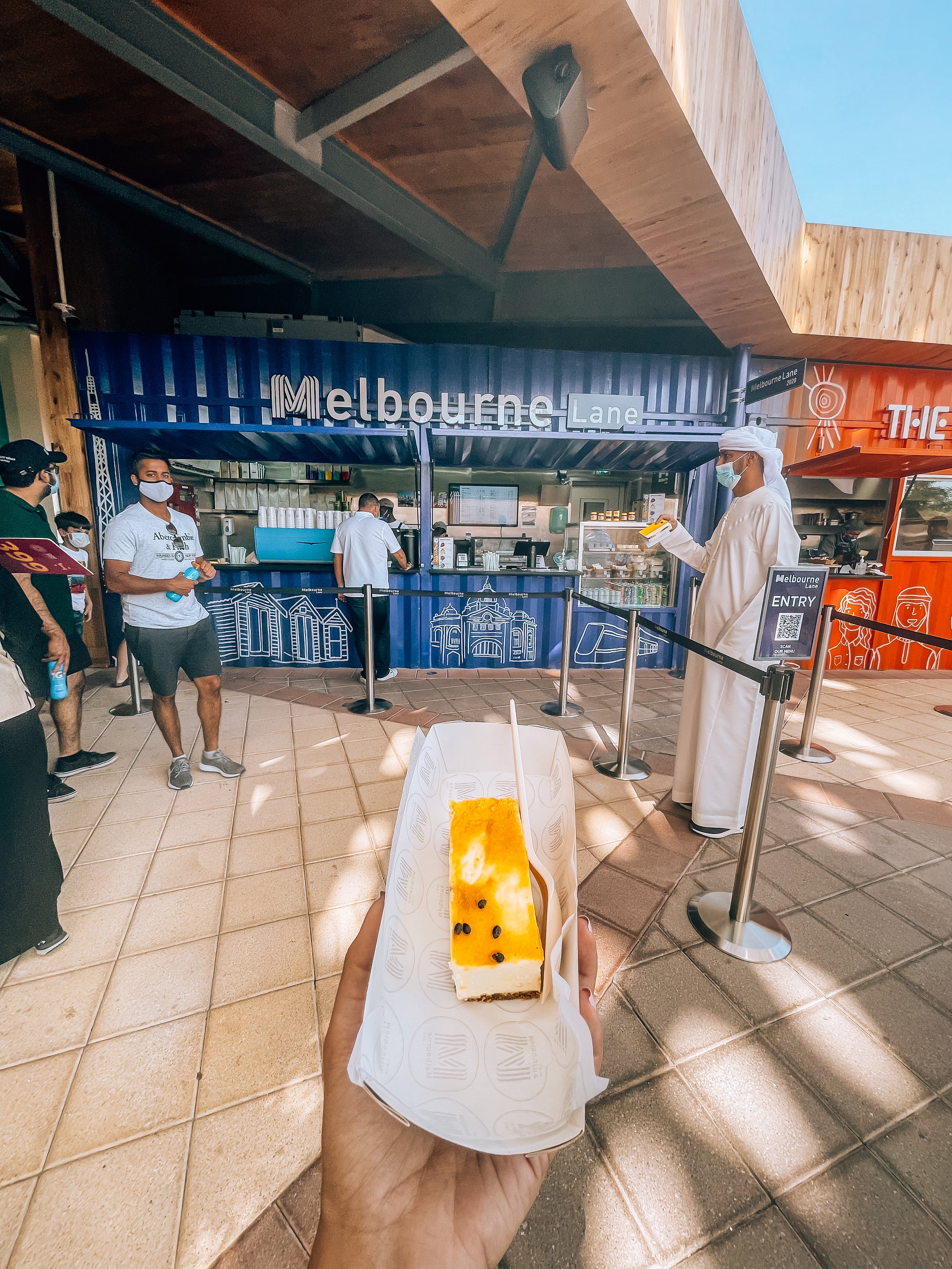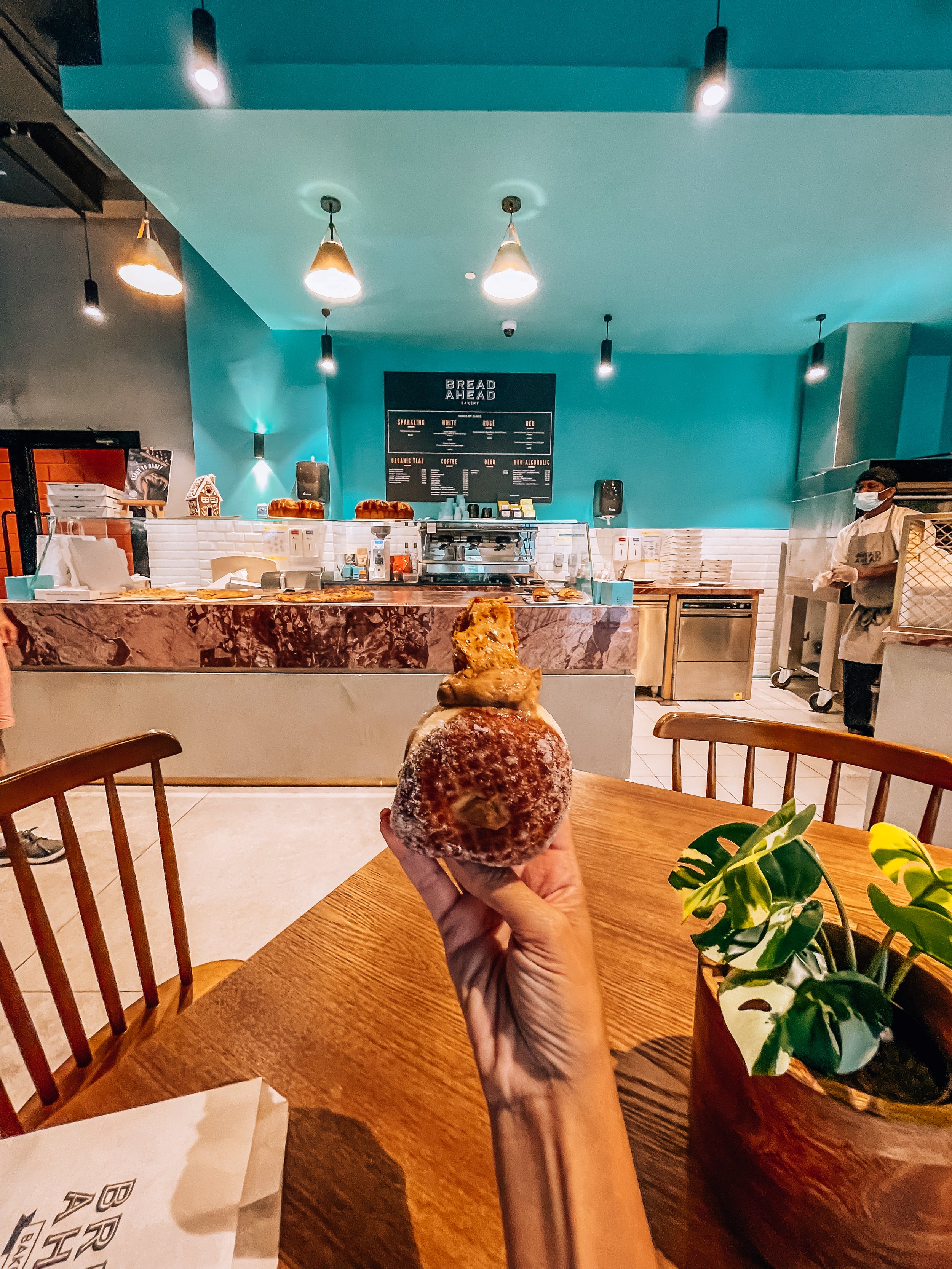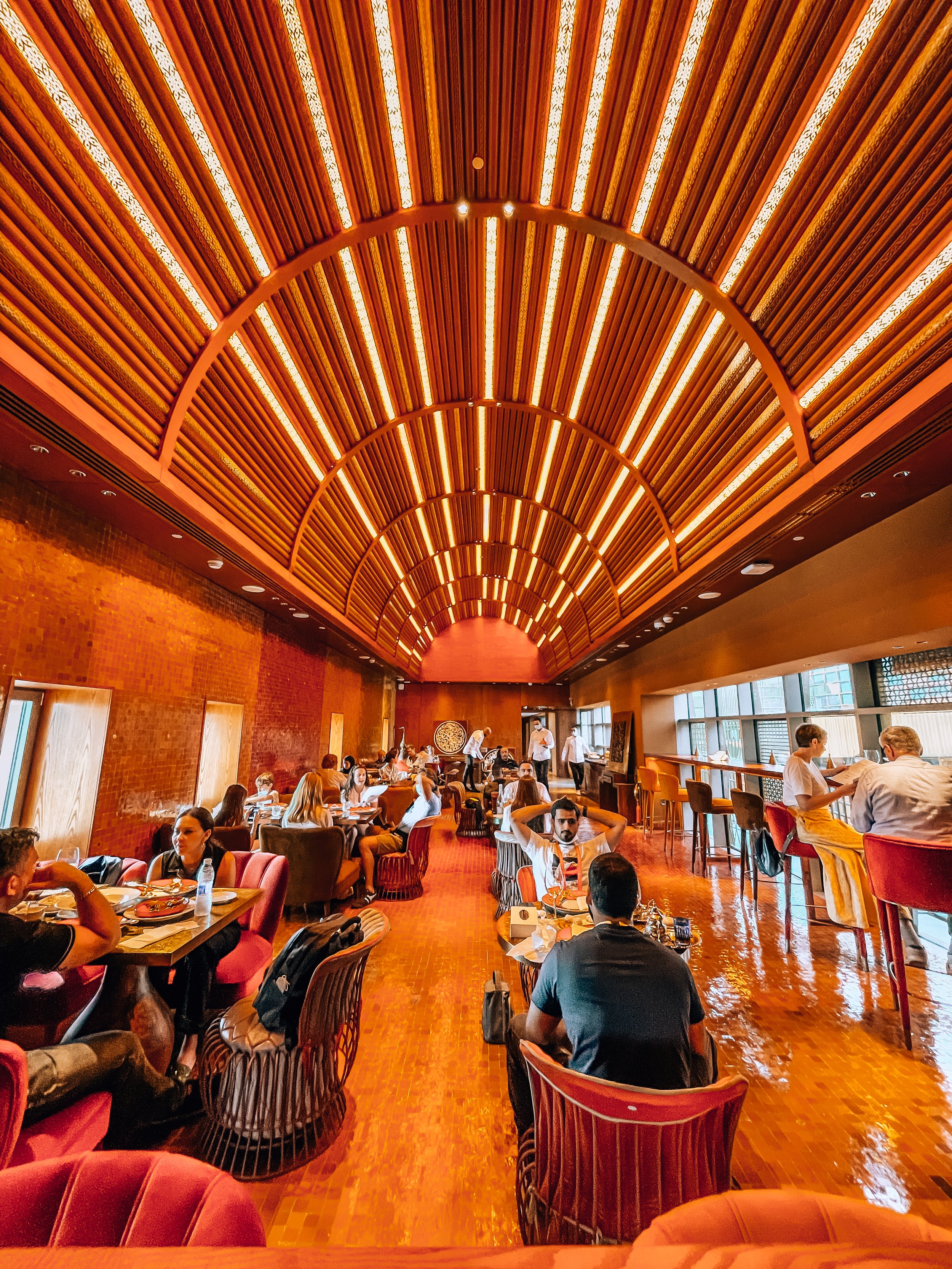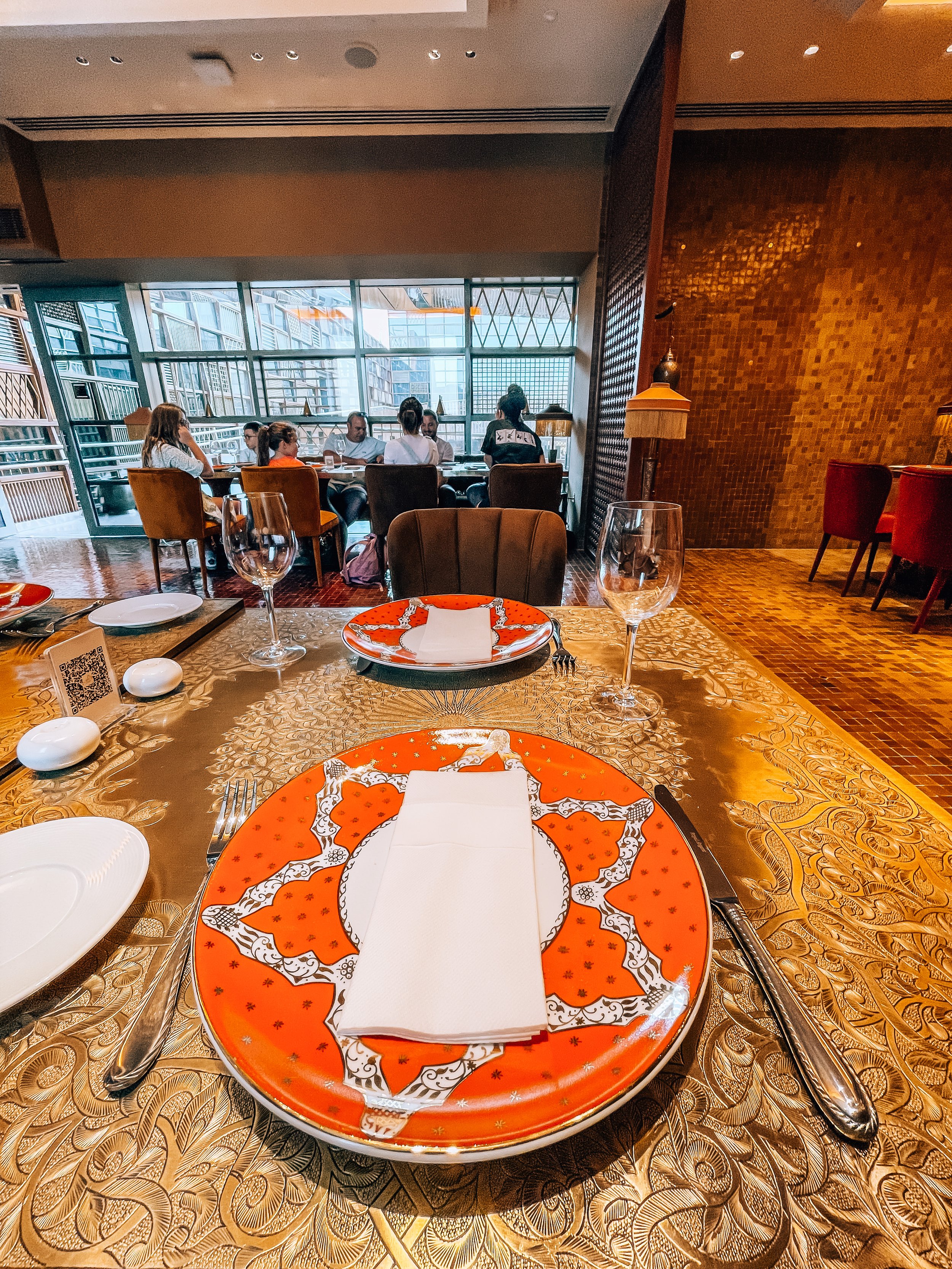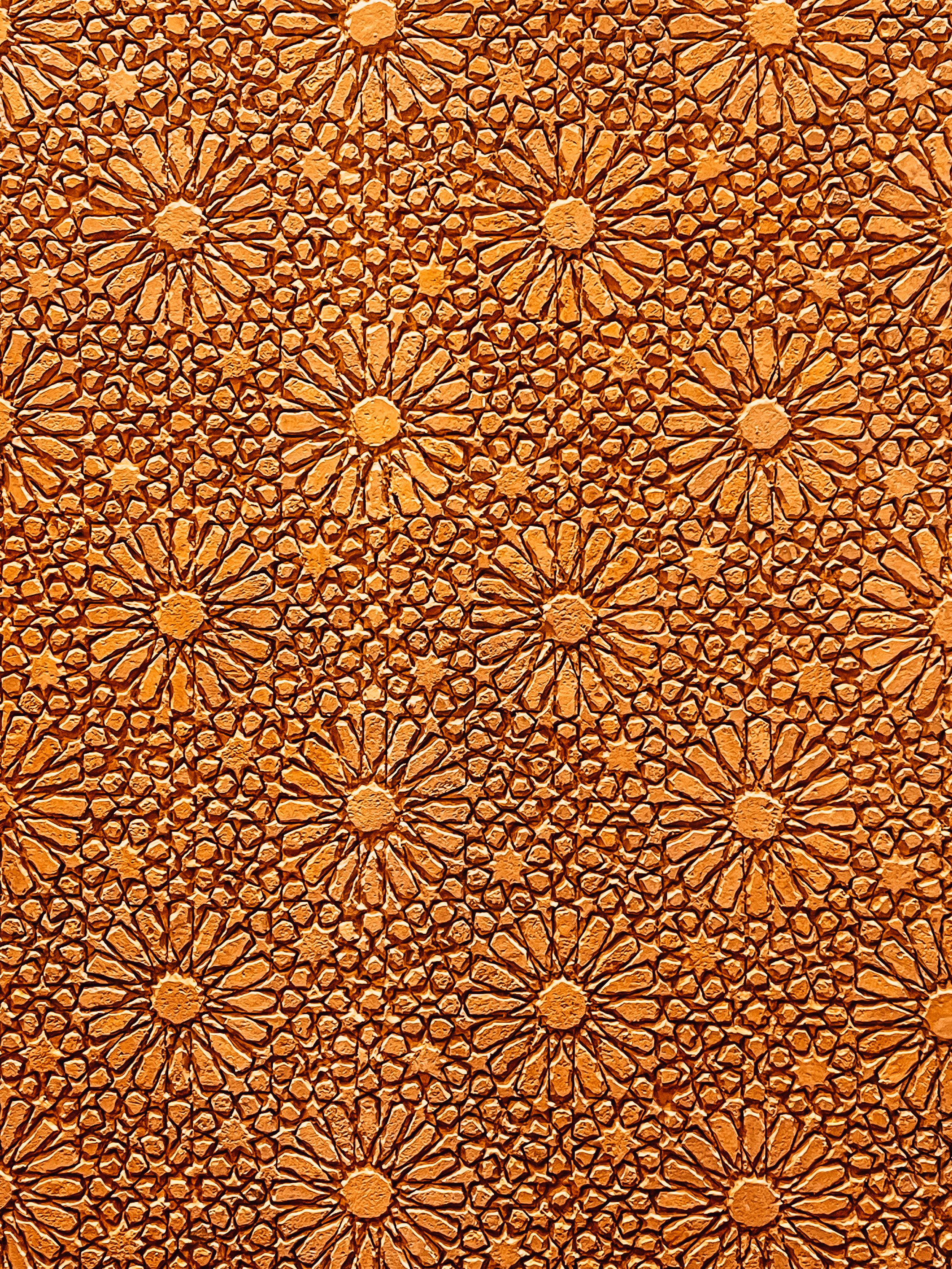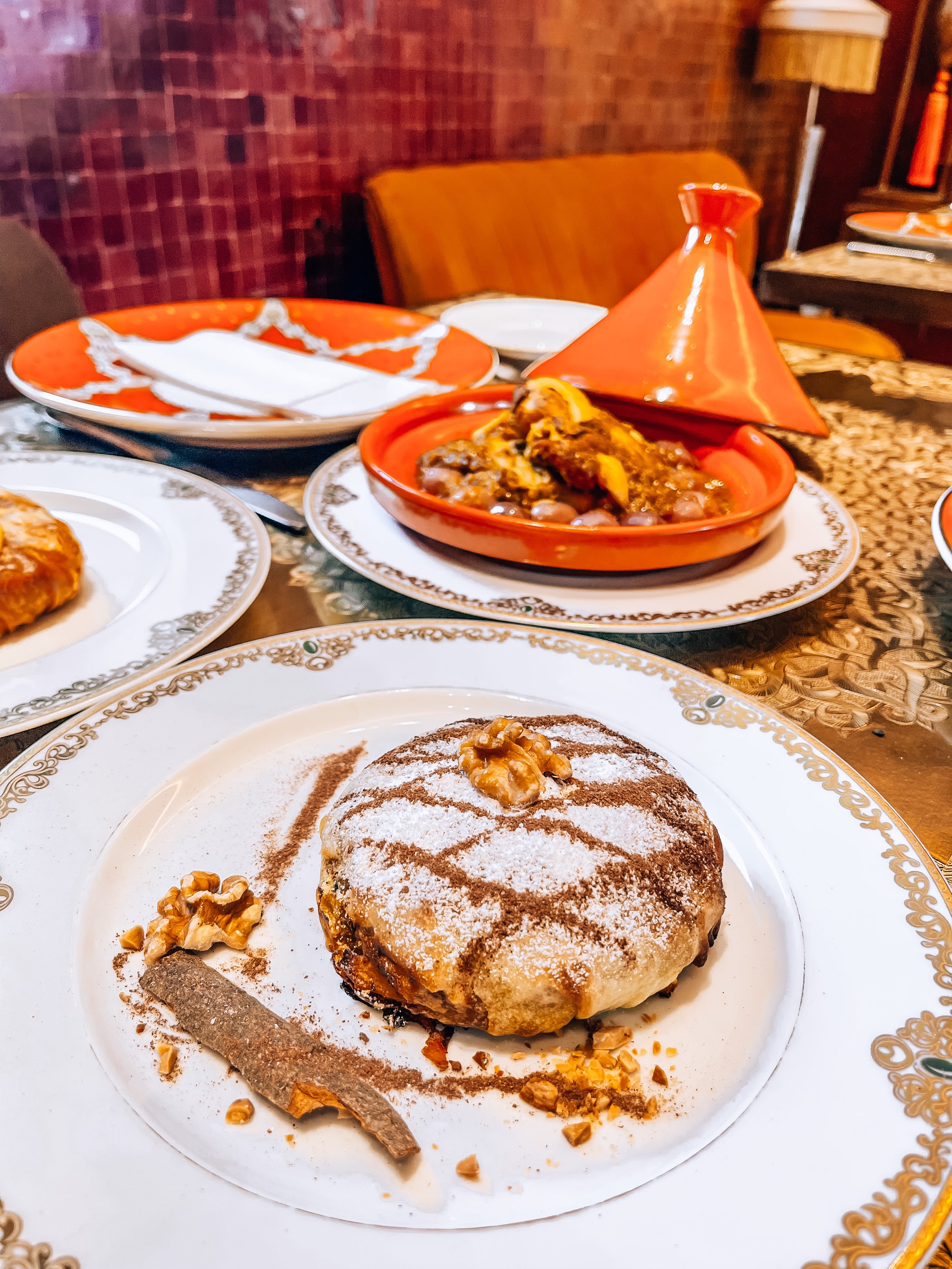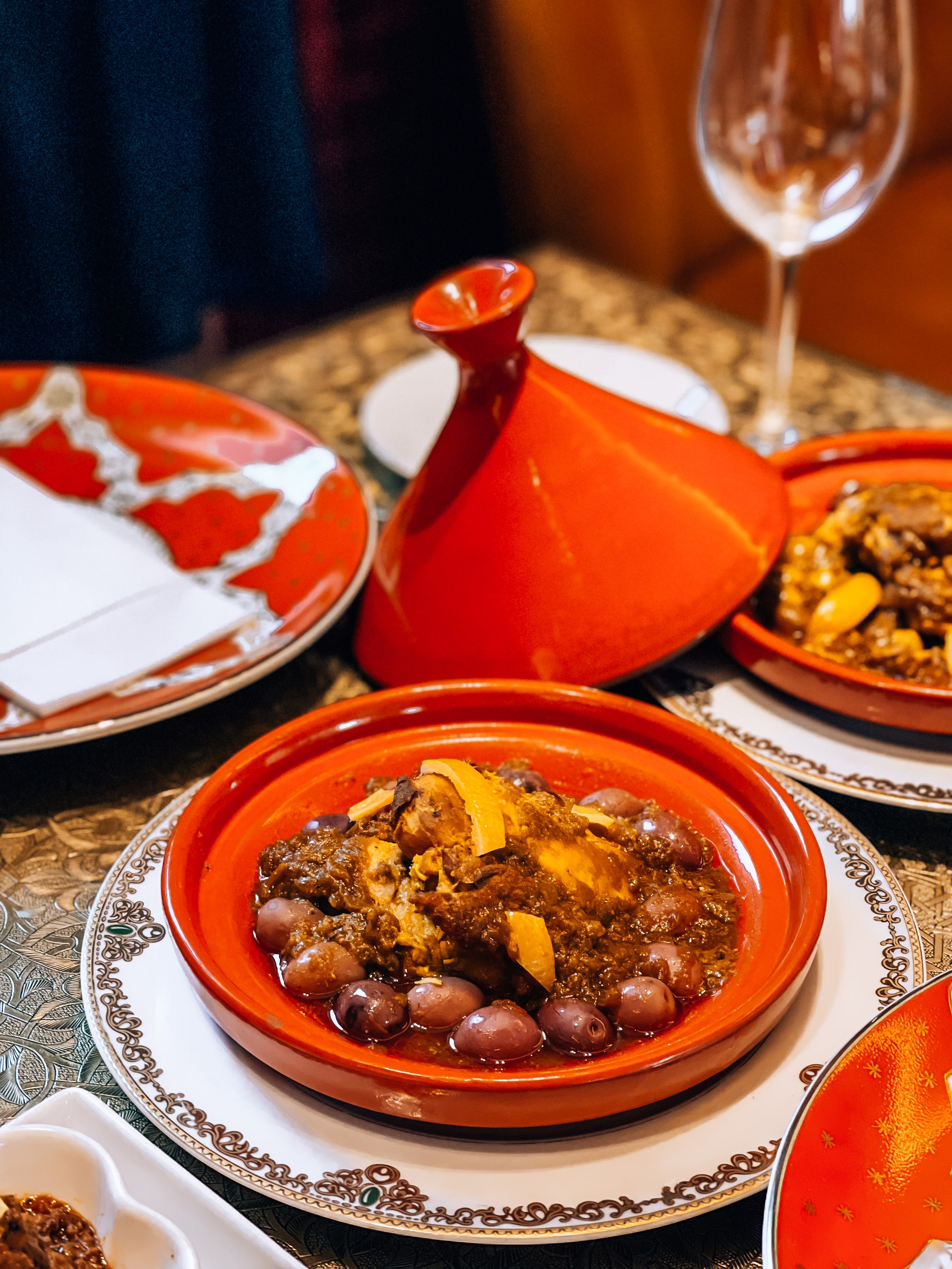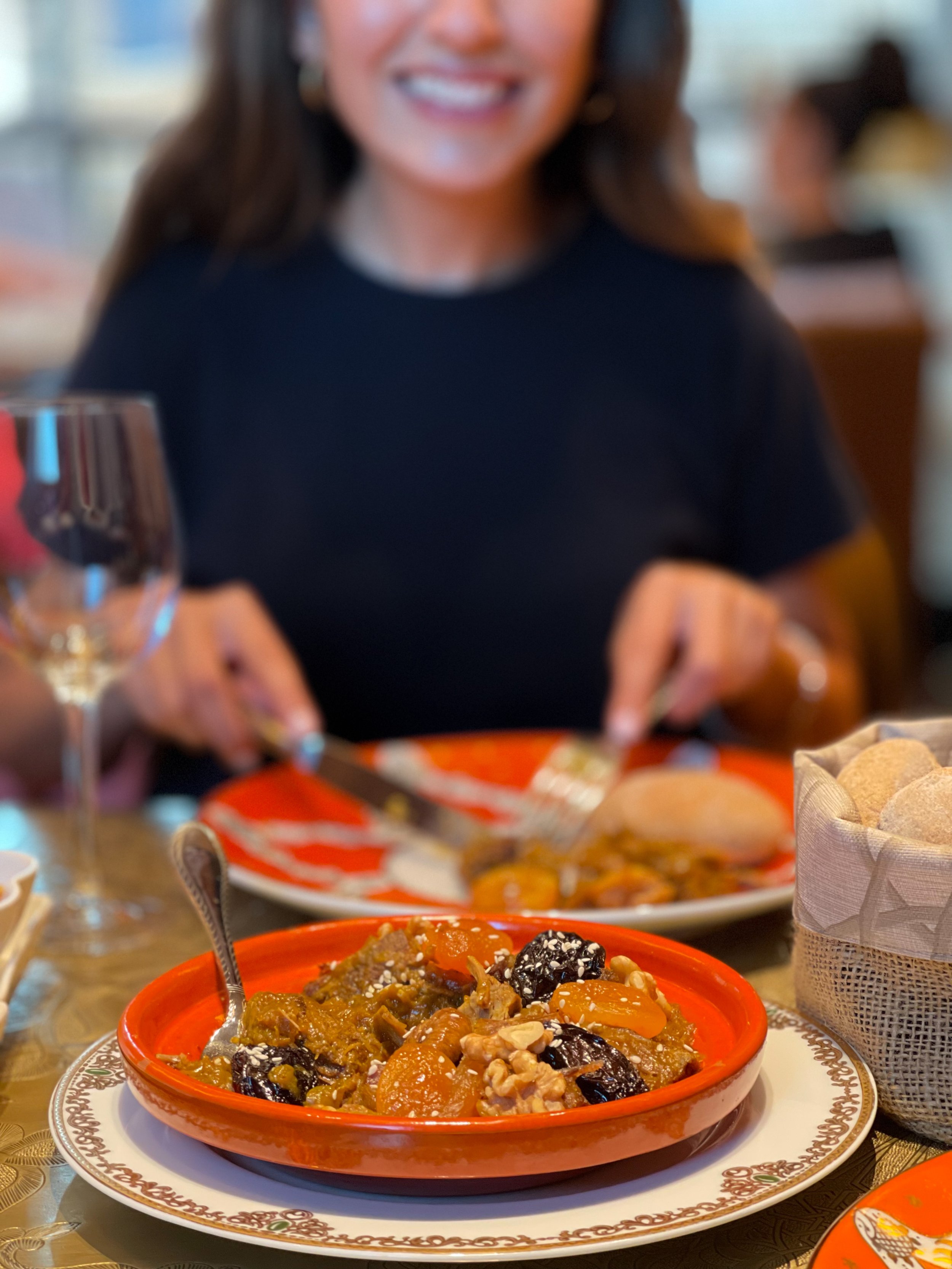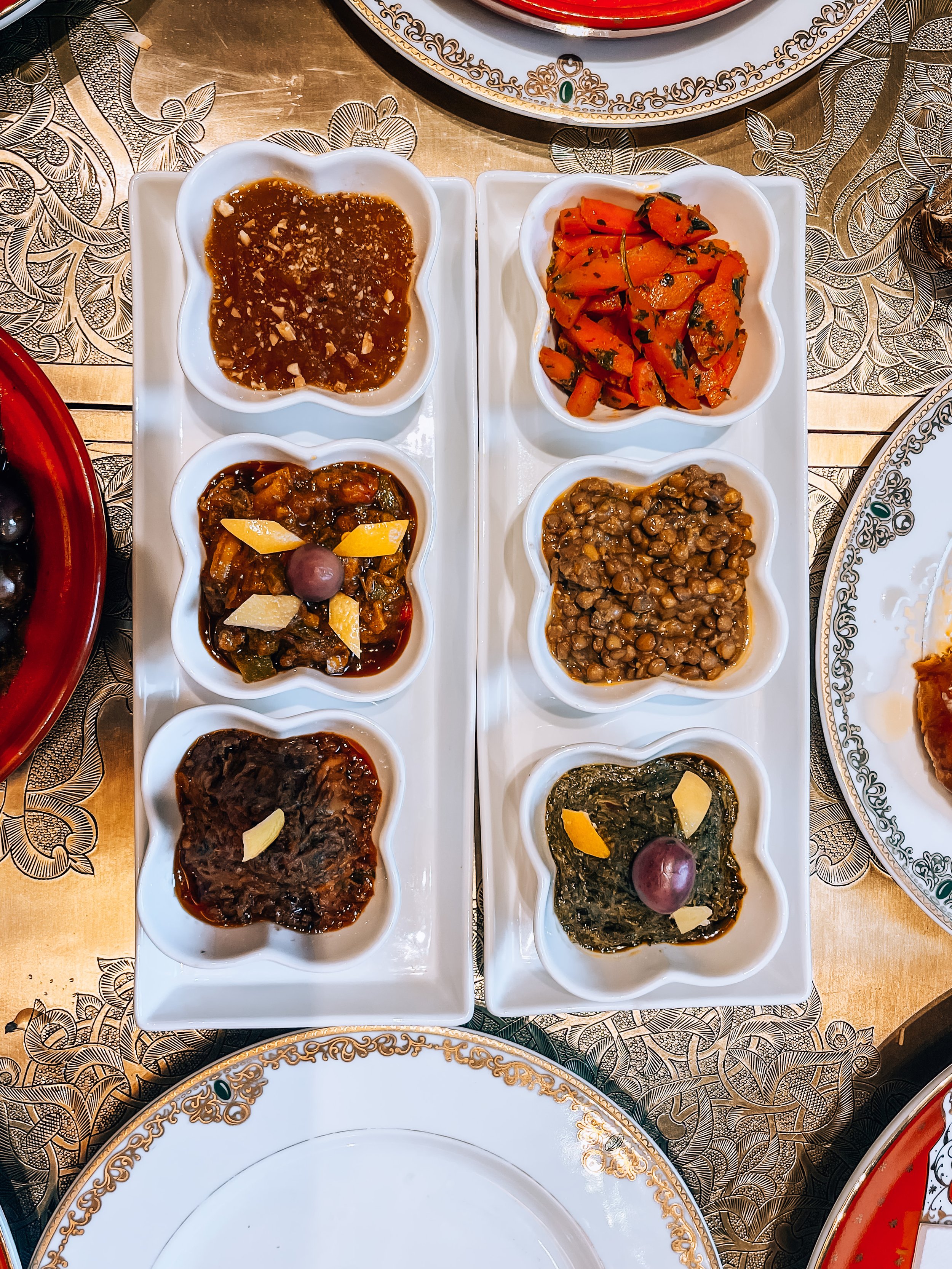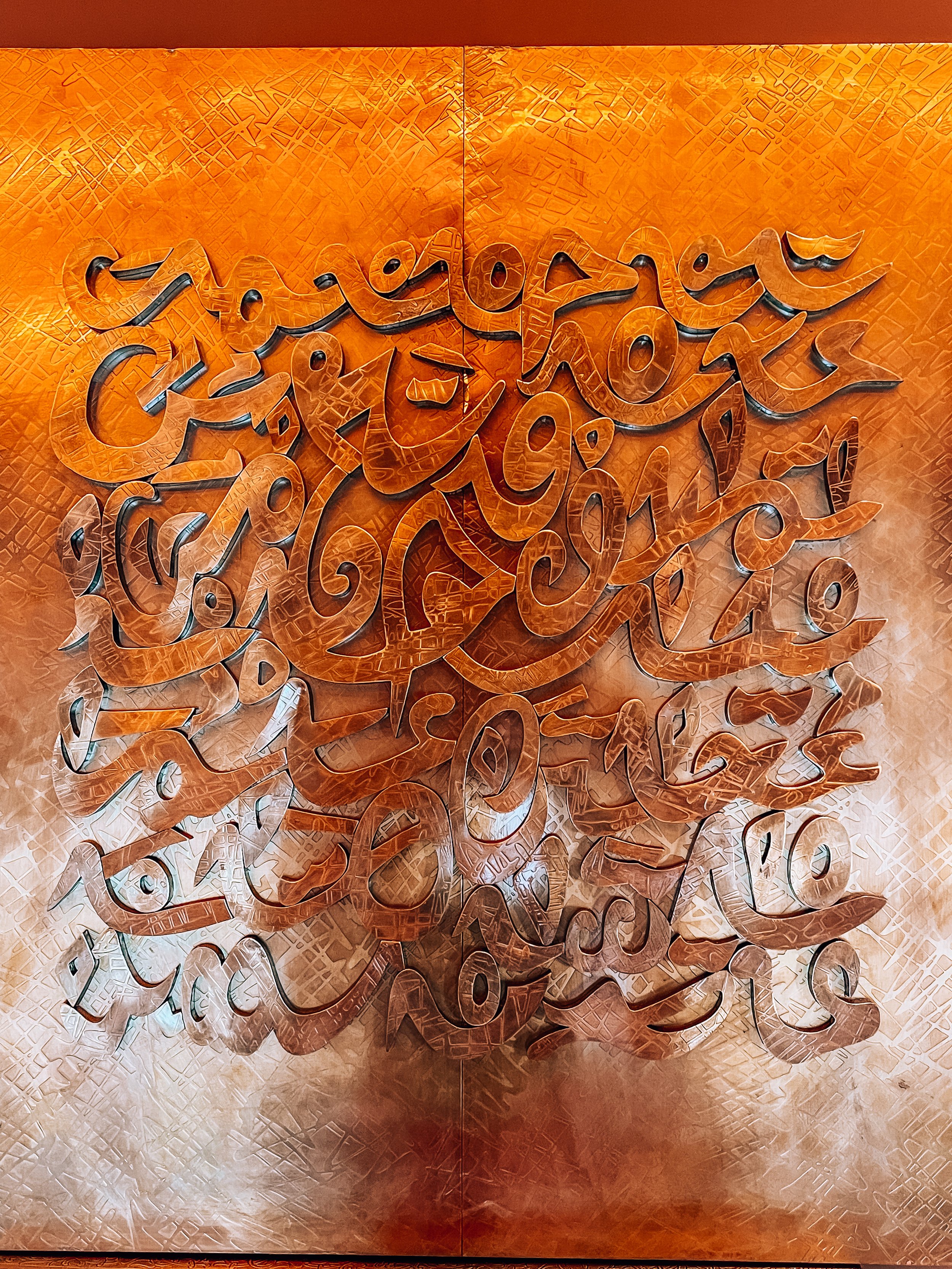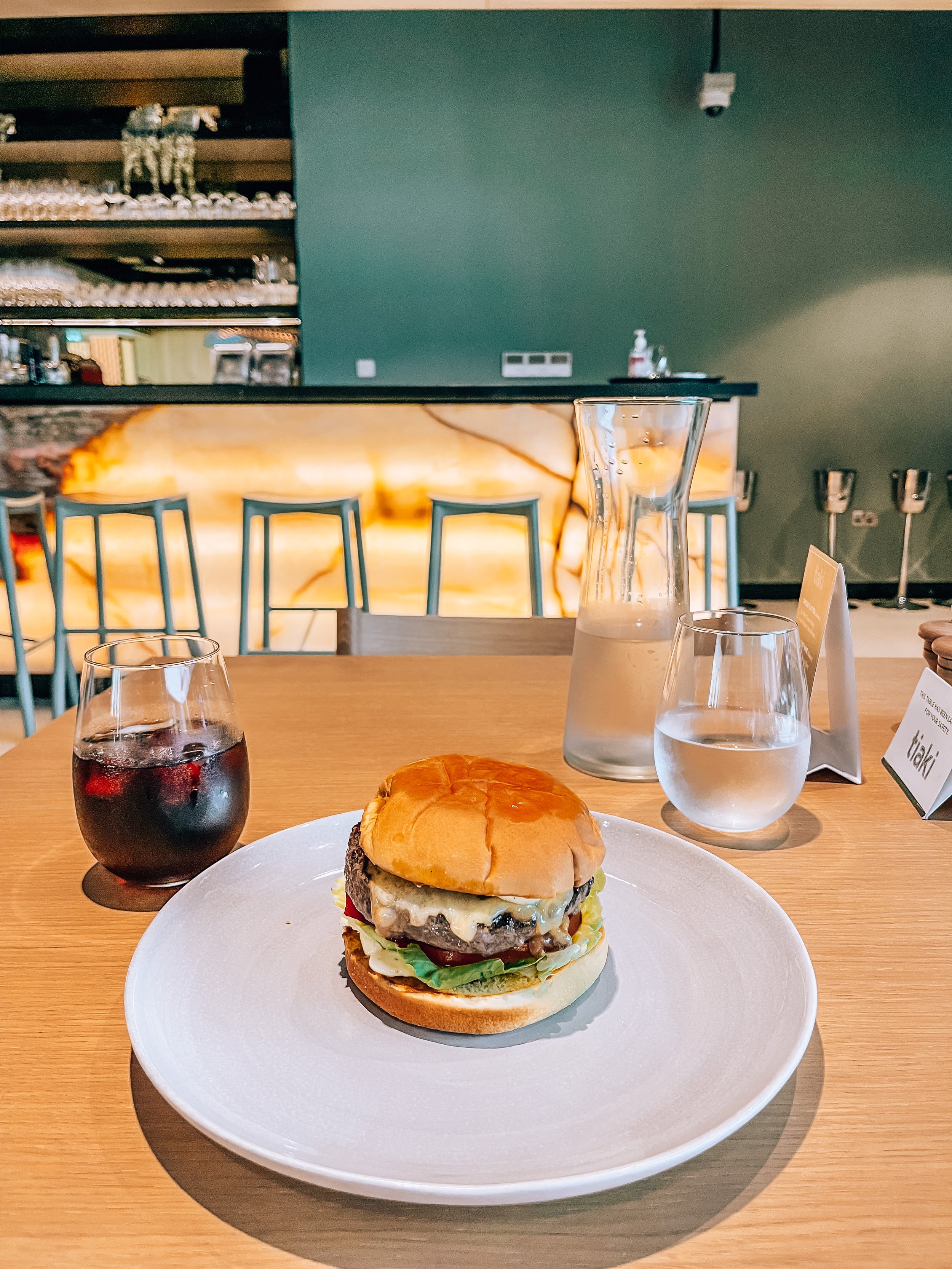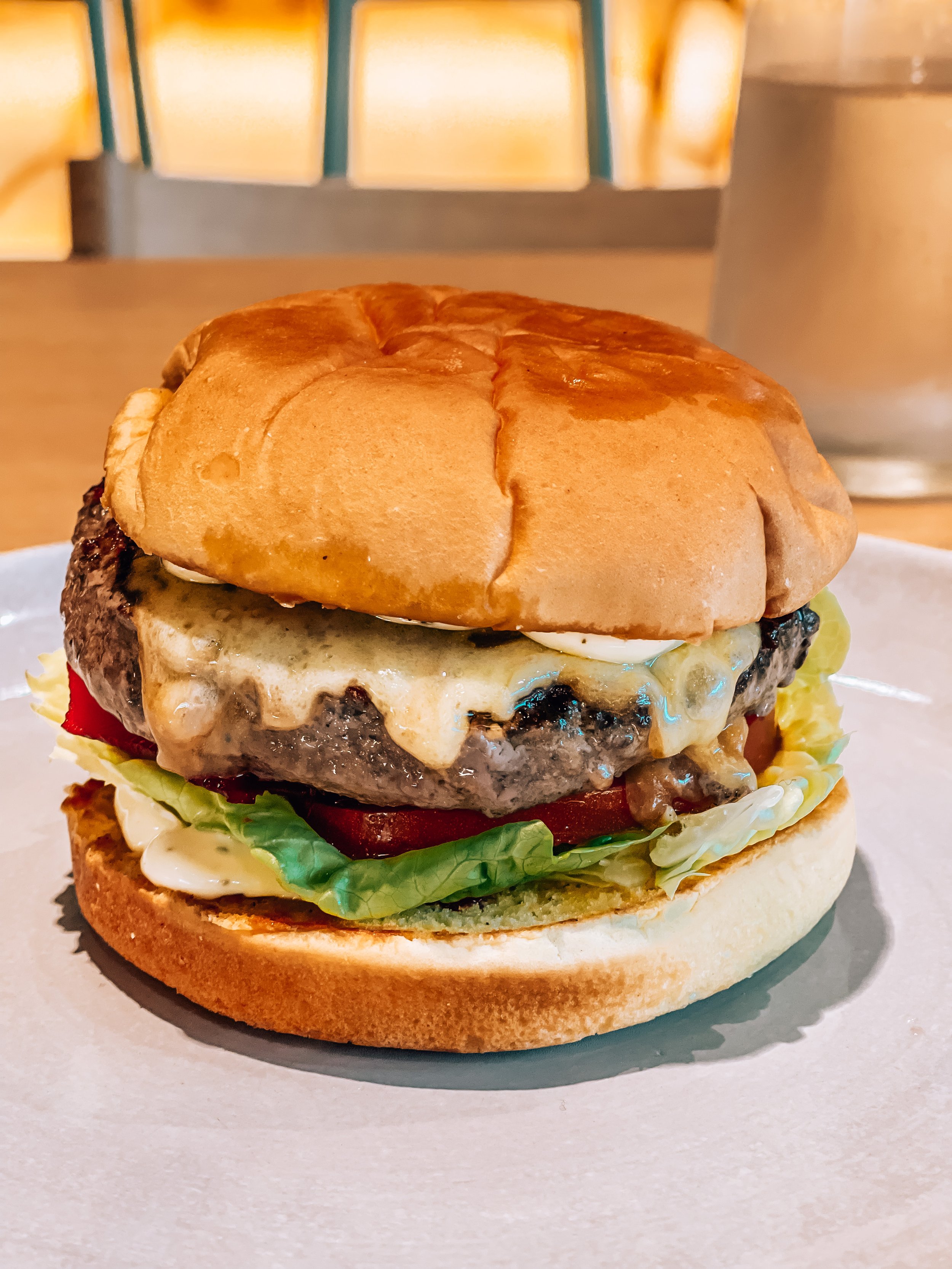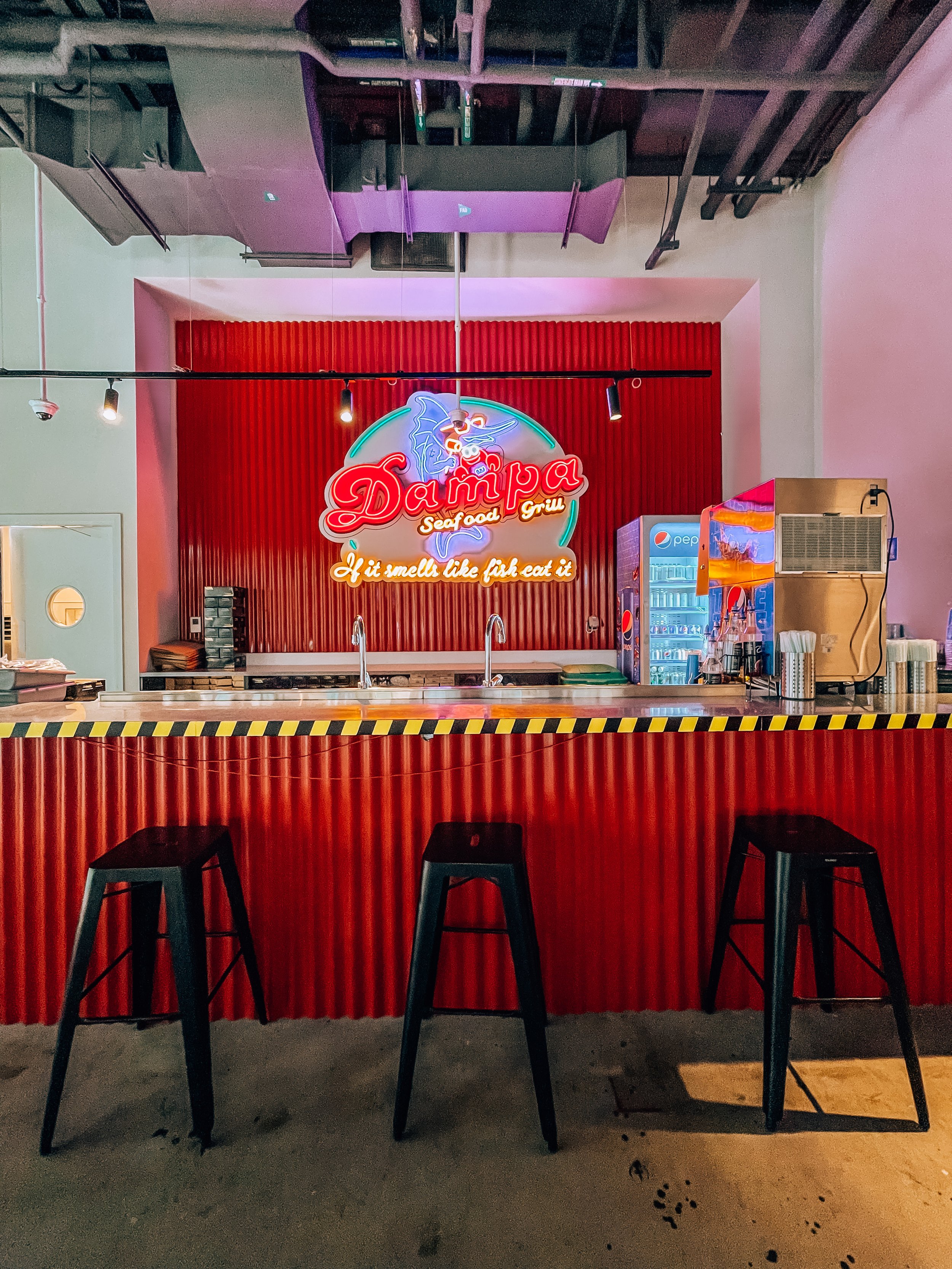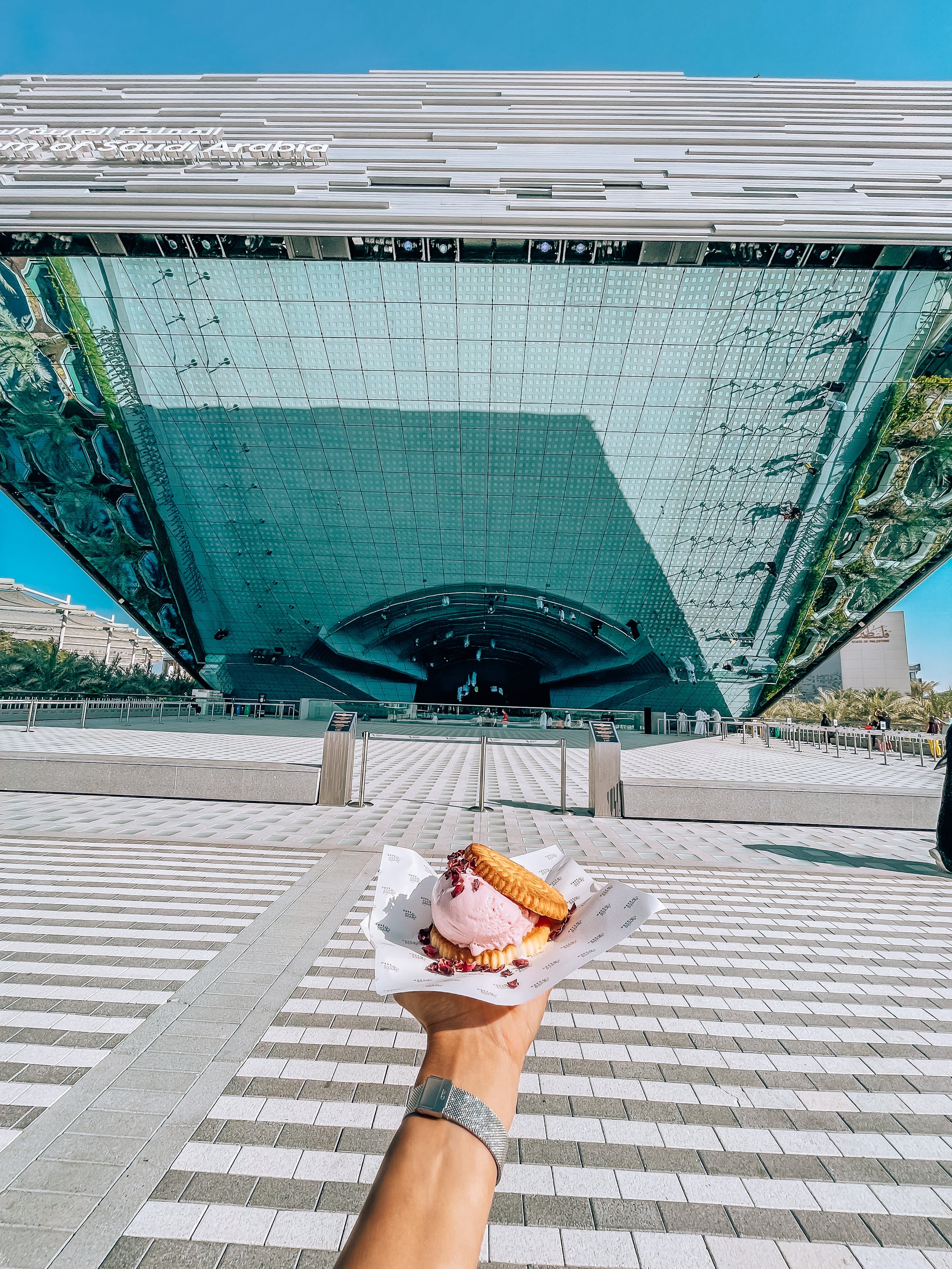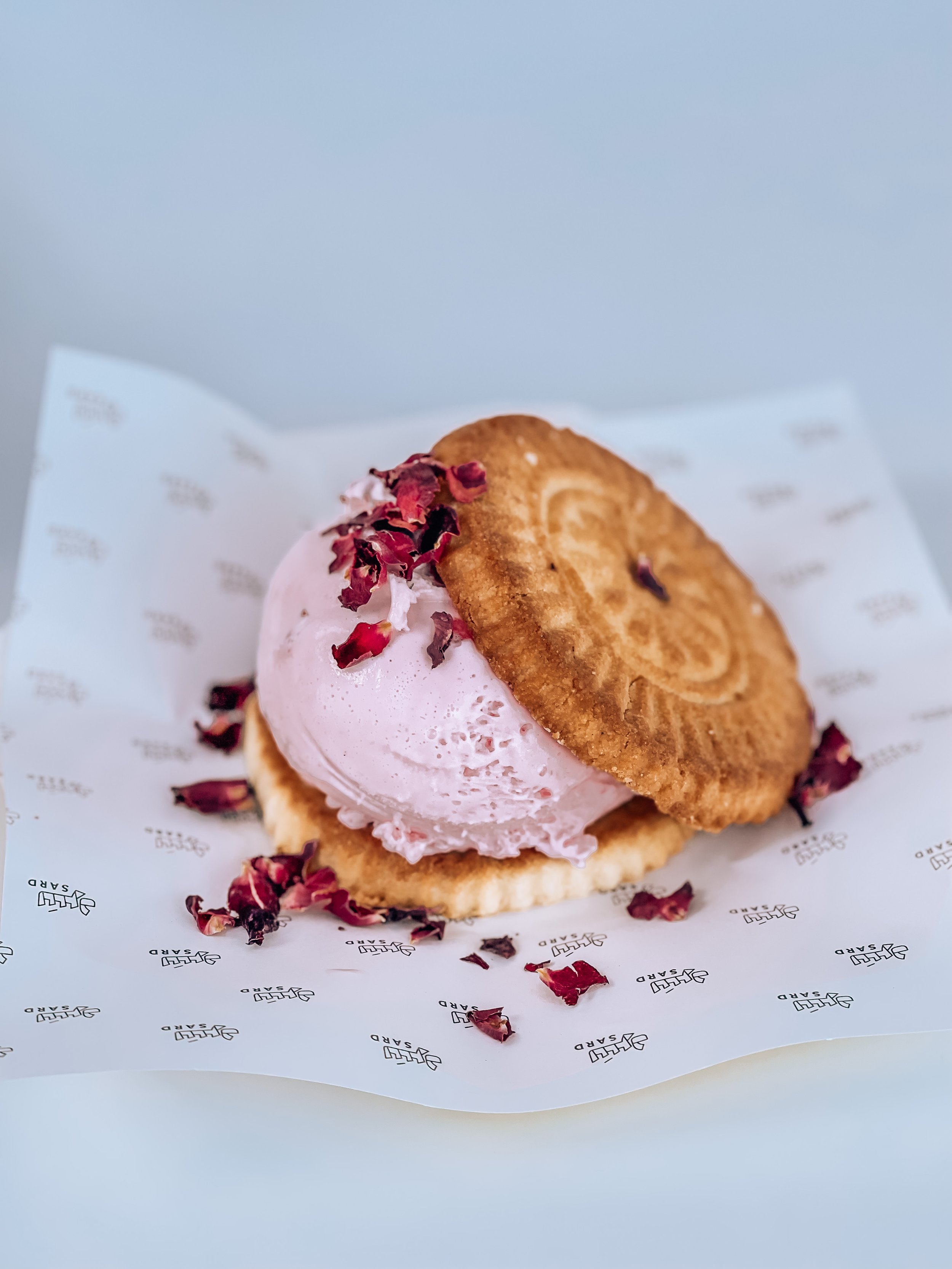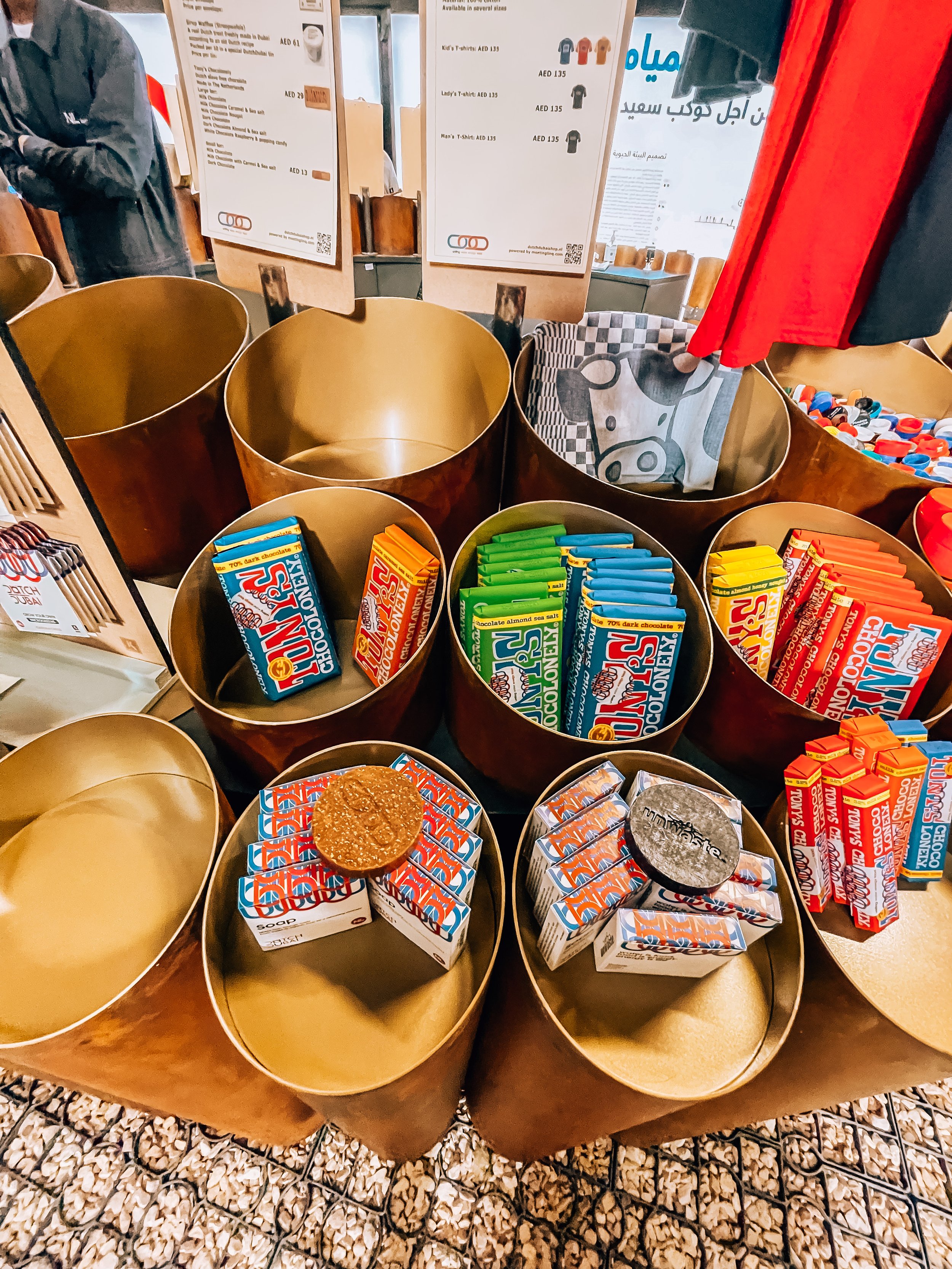Dubai’s Expo 2020 is nothing short of extraordinary. Postponed due to the pandemic, the event has finally arrived, one year later, at a time when people need its message of hope most. “Connecting Minds, Creating the Future” is the official theme of the 6-month expo, with the sub-themes of sustainability, mobility and opportunity.
For the FIRST time in expo history, each country has its own pavilion, and so we’re talking about 192 countries in 1 magnificent venue with every corner designed to keep you wildly entertained.
How do you wander about the expo and make the most of your visit?
Here’s a detailed guide or better yet ‘my 2 fils’ on the must-visit pavilions, delicious bites to munch on, and things to keep a lookout for. Happy wandering!
Summary must-visit pavilions:
Al Wasl Plaza
Mobility District: Mobility, Russia, Jamaica, World Expo Museum
Opportunity District: Morocco, Saudi Arabia, Bahrain
Sustainability District: Germany, Sweden, Netherlands, Spain, Vision
Al Forsan: UAE, Japan, Kazakhstan
AL WASL PLAZA
Al Wasl Plaza is where all Expo roads converge. It has a stunning dome which reflects the Expo’s logo, a design inspired by an ancient gold ring discovered in the Saruq Al Hadid desert in southern Dubai. ‘Al Wasl’ in Arabic translates to ‘the connection’ in English. Did you know that ‘Al Wasl’ was Dubai’s historical name?
Beautiful during the day and night.
MOBILITY DISTRICT - MOBILITY PAVILION
The Mobility Pavilion is located in one of Expo’s 3 signature districts: Mobility, Sustainability, and Opportunity. It’s also called Alif, which is the first letter of the Arabic alphabet. In terms of architecture, it’s got a ribbed and curved shape. Kind of looks like something in motion and was inspired by aircraft wings. The architects behind it are actually the same ones behind the The House of Wisdom in Sharjah, the future Zayed National Museum which I can’t wait to open in Abu Dhabi, and many of the Apple stores around the world. Particularly the one in Singapore’s Marina Bay which is unbelievably cool. They’re Foster + Partners.
Inside, they actually have the world’s largest passenger lift which can hold up to 160 people. I was wondering why the lift was taking so long. It’s massive and they keep you distracted with a display at the center with a young girl looking up at the sky reaching for a butterfly. So when the life doors open, you might not know it but you’ve gone 3 floors up!
On the 3rd floor, I was shocked to see 3 times larger than life size giants of Ibn Battuta, Al Bakri, and Ibn Majid, all 3 scholars and explorers. These replicas were created by a Kiwi New Zealand special effects company who has also worked on films like Lord of the Rings and The Hobbit. If these giants were to stand up they would be nearby 16 meters tall. Good thing they’re sitting down. Their clothes are made of about 1 and a half kilometers of fabric in each piece of clothing. They had to dress these guys with forklifts and cranes. My favorite fact about them making these replicas, is that because these men were heavily bearded, they drilled 20,000 individual holes into their faces to insert the beards, and their eyes are 3D printed!
On the walls, they have a sculpture known as a ‘bass relief’. It’s got about 200 human figures, 100 animals and 100 vehicles on it, and it tells you the history of human mobility from tribes forming and traveling by camel to inventing footwear and then on to vehicles, ships, and airplanes. I thought that was pretty cool, especially because a few years ago, I was in Armenia and actually saw the world’s oldest leather shoe, made with cow hide. It really gets you thinking, back then one of the main reasons people started wearing shoes was to protect their feet due to miles and miles of walking. Today we’ve got a whole industry that’s created certain high heeled shoes that are almost painful to walk in.
Here are a few fun facts I read there:
The cab we use today is actually an abbreviation of the word ‘cabriolet’ which was a horse drawn carriage designed in Paris.
The hot air balloon was invented by the Montgolfier brothers in 1783, so that’s more than a century before the Wright brothers’ first flight ever took off (1903). Here’s the best part that I discovered when I later googled this fact. The first passengers on that hot air balloon were a sheep, a duck, and a rooster.
The Arabian camel may have only the one hump but they use it to great effect. It stores up to 80 pounds of fat, which a camel can break down into water and energy when food is not available on long journeys.
Afterwards you learn about the UAE’s first venture to another planet. Which ofcourse was the pretty recent Hope Probe that was launched in July 2020 and reached orbit around Mars in February 2021.
That Mars mission will mean a minimum of 2 years in orbit gathering weather and climate data. It’s autonomous and built from aluminum which makes it lighter than a small car. You learn about life on Mars as is, and why humans can’t survive there. The air is 95% carbon dioxide, too high without additional oxygen. Which is why it was incredibly interesting to hear about the UAE 2117 Mars Project. Apparently the UAE aims to make the first inhabitable human settlement in Mars by 2117. Until that happens, they’re creating a city where a team of astronauts will live in this simulated environment for 1 year. Finally one of the fun things there is that they have a floating astronaut in space, and you get to take a picture of yourself that shows you behind the helmet. Very very cool. I’d definitely go back.
MOBILITY DISTRICT - RUSSIA PAVILION
The Russia Pavilion has a gorgeous rainbow swirl looking design. Apparently, it’s in the form of two hemispheres, one inside the other, embodying the image of Planet Russia and symbolizing wholeness and universality (Arch Daily). It also kind of looks like a traditional Russia matryoshka doll, with one dome nesting in the other.
The focus in this pavilion is on the Mechanics of Wonder. How our cultures and societies are all different but there is something crucial that we all share, and that’s the human brain. ‘Our brain teaches us an important lesson: billions of nerve cells, as peculiar as they are, come together to build the mind, which is sustainable, mobile, and presents us with endless opportunities. Hence the “Mechanics of Wonder,” a call for human cooperation for the sake of our common future.’
There’s a very cool human brain rising from the floor (never thought I’d type this sentence), practically floating in mid-air atop of a spinal cord, and videos on screen playing of what look like holograms straight out of Star Trek, explaining the structure of the human brain.
The message here is that our brain acquires additional capacity when we’re in a social environment and so mobility is a key resource for our brain development.
MOBILITY DISTRICT - JAMAICA PAVILION
Jamaica’s Pavilion is a lovely tribute to the island nation in the Caribbean Sea. The country has a population of almost 3 million people and is home to some of the world’s greatest athletes and musicians, and many more.
Sports: The world famous, Usain Bolt, is from Jamaica! He, at the 2012 Olympics, won the 4x100m relay setting a new world record time of 36.84 seconds. That wasn’t his first though. He’s an 11-times world champion and eight-times Olympic gold medalist. In fact, Usain was just recently at the Expo on November 13, as part of a 1.45KM family run to raise funds for charity to benefit people of determination.
Music: Then you’ve got Bob Marley!! Marley introduced reggae to the world. He is the face of Jamaica, by far its most famous son. His album Exodus was declared album of the century by Time Magazine in 1991. Marley’s best known hits include “I Shot the Sheriff”, “No Woman, No Cry”, “Could You Be Loved”, “Stir It Up”, “Jamming”, “Redemption Song”, “One Love” and, together with The Wailers, “Three Little Birds”, “Buffalo Soldier” and “Iron Lion Zion”.
So they have this room dedicated to Jamaica’s influence on music, and not just reggae but also Dancehall, and SKA which is a fusion of jazz and R&B and others. They’ve got a Wall of Fame for Jamaica’s best known musicians including Beenie Man, Shaggy, and Damian and Ziggy Marley, both Bob’s sons who I did not know also sang! Here’s a song of Damian’s which I absolutely love: Road to Zion ft. Nas.
Reggae music of Jamaica is on the UNESCO list of intangible heritage! It was added in 2018.
Tourism: Jamaica's No. 1 industry is tourism, which makes up about 30% of the nation’s revenues. Guess where the top destination is for every serious 007 fan? Jamaica, where iconic scenes of Dr. No (Sean Connery), Live and Let Die (Roger Moore), and No Time to Die (Daniel Craig) were shot. It’s also the birthplace of 007, where the writer, Ian Fleming, wrote the Bond novels.
Coffee: I learned that Jamaica also has the most expensive coffee in the world. It’s called Blue Mountain coffee, and that’s because its grown above 2000 feet on the slope of the island’s blue mountains. There are 2 types of beans: the larger split bean and the smaller round pea berry, which is the rarest and most expensive. Their coffee has a pretty loyal fan base including Ian Fleming, the creator of Games bond, Queen Elizabeth the 2nd, and the Emperor of Japan. Apparently Japan accounts for 70% of Jamaica’s coffee exports! Who knew?
Food: Jamaica’s probably most known for its jerk chicken, and they have had events (and more to come) where they had a Jamaican chef over from Miss Lily’s who explained everything to know about the dish, and even had a tasting session but Jamaican cuisine is also way more than just jerk. They have a fusion of different cuisines including English, French, Indian, and Middle Eastern. They’ve got recipes you can follow and even ingredients you can buy including the jerk seasoning and ackee, which is a red skinned fruit that people have with saltfish. Apparently, that’s what Usain Bolt has for breakfast. So breakfast of champions.
OPPORTUNITY DISTRICT - WORLD EXPO MUSEUM PAVILION
The World Expo Museum Pavilion is a fascinating insight into how expos around the world all started. It talks about the first expo held in London’s Hyde Park in 1851 which was called the Crystal Palace Exhibition and had 25 participating countries. This prompted other countries to try and outdo the other, so in the many years to come, nations would compete to host spectacular events and this would expose their inventions that would later transform societies forever. Expos are often seen as the “economic, cultural, and technological Olympics.”
At the museum, I learned that Thomas Edison participated in 5 expos in his life showcasing his inventions, including the incandescent lamp and phonograph (record player) which have later found their way into millions of households. They show miniature models of breakthrough tech legacies like the telephone, electricity, and X-rays which were first debuted at world expos. Other exciting launches included the reveal of what would later become world attractions such as the Eiffel Tower and the completed Statue of Liberty.
OPPORTUNITY DISTRICT - MOROCCO PAVILION
Morocco’s Pavilion is designed as a “‘vertical earthen village”’ so made of damp soil or earth that’s been compressed or rammed into solid walls. They have 22 stacked rectangular blocks. This kind of architecture is inspired by villages throughout Morocco and helps control the temperature. Inside you have a winding street which begins at the top floor and gradually descends to the ground. Kind of like a car parking building. As you make your way down, you enter different rooms. In one, they have a replica of a skull of one of the first ever homo sapiens who lived in Morocco, some 315,000 years ago.
They have a section dedicated to argan oil which is often called the country’s liquid gold. Argan trees are grown almost exclusively in Morocco and produce a fruit that contains a nut which is cracked open by hand to get the kernels, and then pressing them to get the oil so very labor and time intensive. Traditionally it was used for medicinal purposes, and for cooking, to flavor fish and couscous. But demand for it has gone up drastically by cosmetic companies with argan oil appearing in everything from shampoo bars to anti ageing face serums. Argan oil can cost as much as $300 per liter, making it the world's most expensive edible oil.
Another topic they covered which I found to be very interesting is antibiotic resistance which is a major public health concern. Antibiotics are medicines used to prevent and treat bacterial infections but whenever they’re overused or misused, it often leaders to antibiotic resistance is when germs like bacteria and fungi develop the ability to defeat the drugs designed to kill them, they look for new ways to survive, and resist new drugs. So Morocco has a plant-based solution for that!
OPPORTUNITY DISTRICT - SAUDI ARABIA PAVILION
Saudi Arabia’s Pavilion is spectacular and ginormous, apparently second only to the UAE Pavilion in size. It’s rectangular in shape that looks like it has a 45 degree angle or slope. Kind of similar to Ski Dubai in that sense. It’s intended to symbolize their ancient culture and that they’re aiming for the sky. The bottom part of that rectangle is actually a mirror screen which reflects during the day and lights up differently every night, with gorgeous patterns, and photos of the kingdom.
What’s really impressive is that the pavilion is 5 stories high and it feels like you’re going on a digital journey through the country. There’s an artistic exhibition which shows this floating virtual sphere with beautiful patterns and an interactive floor. There’s a long escalator that takes you upwards on a journey that’s pitch black, except for 14 heritage sights that have been recreated to represent different regions in Saudi Arabia that you see on your way up. Many palaces, and fortresses, some of which are UNESCO heritage sites. On another escalator, they have an art installation of 2030 crystals which are suspended from the ceiling. So when you look up, it glitters. Very cool to see.
OPPORTUNITY DISTRICT - BAHRAIN PAVILION
The Bahrain Pavilion focuses on density as a catalyst for opportunity. Why density? Because today the Kingdom of Bahrain is apparently the 6th densest country in the world. It’s also got a small geography. To enter, you walk down a ramp that takes you underground, and there’s a massive space made of 126 steel columns that support each other. It’s like walking through a dense forest of steel.
They have an exhibition that’s tied to pearl diving which was fantastic to learn about. The seas of Bahrain produce some of the most beautiful and sought after pearls in the world, even worn by Queen Elizabeth herself, which were gifted to her by the Hakim of Bahrain when she married Prince Philip in 1947.
Here you can see all the equipment that was used back in the day by the divers who were all male members of the community. They had the compass, the nose clips so that the divers would hold their breath when underwater, the leather finger protectors, and the stone that would be tied to the diver’s foot to help him sink deeper and quicker, and a basket to collect the shells in. They then show you what cultured pearls look like which are genuine pearls that are produced but with human assistance.
SUSTAINABILITY DISTRICT - GERMANY PAVILION
You’ve seen the lines. You’re probably thinking, it’s easier to fly into Germany than it is to wait to get into this pavilion. Well I promise, it’s worth the wait. Germany’s Pavilion in the Sustainability District has been beautifully designed with edutainment at its core. They digitally showcase innovations in the field of sustainability and future of power supply in informative and playful ways. The cool thing is when you register to enter, they call that your enrollment into Campus Germany, as if you’re going to university. You’re asked to give them your name and nationality. They then give you a device to wear around your neck which you’ll later understand why. When you walk in, one of the first things you see is a huge ball pit filled with yellow balls. So you can be 7 again and jump in and play, but also you can scan any of the 100,000 balls in the pit using the nearby machines, as they each tell a story or statistic. So you can scan a few of the balls and learn something new.
You’ll learn all these incredible facts about fossil energy which is expected to only last about 200 years, and of course contributes to climate change. Then you learn about the alternatives which are renewable sources such as wind, sun that are unlimited. So as you walk around, they have screens which show countries and what they’re using more of, fossil or renewables. The screens read your nationality from the device you’re wearing, and give you the figures for your own country!. Germany for example uses 48% renewables and 52% renewables.
The other incredible invention they talk about is how a commercial flight can be green. How can we avoid the carbon emissions caused by flying. Well, a company has developed a 7 seater jet which is 100% electric, so that’s zero emissions, it flies up to 300 km by air in just 1 hour! It flies 6 passengers plus pilot across short distances . So it’s basically George Jetson’s flying car but without George at the controls. That’s due for launch in 2024 which is only 3 years away!
Finally, after you’ve finished your university year, you go to a room called the Graduation Hall, where everyone sits down on a seat. Our names and opinions, any questions we answered during our walks, will show on the screens. The idea is to show how so many different people and nationalities can come together, and that there is more that unites us than divides us. Then all of a sudden, our seats are become swings, and we all swing back and forth as if in a playground, the message being that even the smallest of movements can achieve great things, if we act together.
SUSTAINABILITY DISTRICT - SWEDEN PAVILION
Sweden has a beautiful pavilion designed to bring the Swedish forests to Dubai’s desert. They’ve got swinging pine trees, and sculptures made of recycled wood.
A country known for its innovation, ranking #2 in on the Global Innovation Index. They invest heavily in education & more than 3% of their GDP goes towards R&D. It is expected to become the world’s first cashless society by 2023. Home to some of the world’s biggest brands (think IKEA, Spotify, H&M, Electrolux).
They have a digital safari that walks you through tech products based on Swedish design innovation. For example, they have technology that allows you to play the drums without owning any drums. You hold on to drumsticks which have been designed to make space for battery and electronics, and can be synched with your mobile phone. So you basically become a musician and feel like you’re hitting a drum that’s right in front of you.
Another cool tech has to do with travel. Right now, you need a -ve PCR test to travel anywhere, so there’s such a thing as a COVID-19 passport which contains a person’s immunity record, their vaccinations, etc. Well in Sweden, they’ve succeeded in creating microchips that can be implanted into people, and so when you swipe your arm for example with a smartphone, it will show their health records. So a guy basically took our his phone, scanned his arm, and showed me his COVID-19 test results. He had another chip that measured his body temperature.
Of course this isn’t available everywhere in the world, as there’s a lot of privacy concerns and data safety procedures. But incredibly cool to see firsthand.
SUSTAINABILITY DISTRICT - THE NETHERLANDS PAVILION
The Netherlands Pavilion is a testament to Dutch ingenuity. They’ve built a structure that produces volumes of clean water from the desert air, using a sun glacier. WATER from DESERT AIR!! How cool is that? They’ve done this to create an indoor climate where they can grow food such as mushrooms. Their focus is on finding a solution to earth’s main problem, fresh clean water availability. You enter a room with a stunning dome, and are each handed an umbrella to hold, with beautiful projections when you look up. The water is then used in the pavilion to create this spectacular rain shower and to grow a variety of plants.
Fun facts I learned when visiting the country:
The Dutch are one of the most cashless societies in the world.
In the Netherlands, bicycles outnumber residents. It’s the unrivaled no. 1 bicycling nation.
1/3 of the Netherlands is located meters below sea level!
SUSTAINABILITY DISTRICT - SPAIN PAVILION
Spain’s Pavilion begins with an introduction to the importance of using chess as an educational tool that teaches people emotional intelligence, maths, and memory among other benefits. So beneficial that in fact many schools in Spain teach chess as a compulsory subject for schoolchildren!
Spain Pavilion’s lower floor has a 3-D-printed artificial forest and brings to light the future of city life a.k.a ‘smart cities’. One incredible thing they had on display was a hyperloop which is a new means of ground transport, that can carry passengers inside tubes at airplane speed, at over 1000 km/hr. It is fully electric and with zero emissions. So they actually have on display a prototype of the hyperloop vehicle which would make the travel time from Dubai to Abu Dhabi less than 12 minutes!
SUSTAINABILITY DISTRICT - VISION PAVILION
The Vision Pavilion is dedicated by the Expo team as a gift to Sheikh Mohammed and is based on his book, My Story. The pavilion itself begins with a replica of his grandfather’s door, Sheikh Saeed, which is in old Dubai. That’s where he was born in 1949. Here, they take you back on a journey at first through an animated video to when Sheikh Mohammed was a young boy. He was about 7 or 8 years old when his father Sheikh Rashid first started taking him into the desert to visit one of the elders of a tribe called the Manasir. Humaid bin Amhi taught him the art of hunting. He would be left with Humaid for days to learn how to hunt with falcons and dogs. He basically taught him the habits and tricks of animals and how to survive in the wild. In the video, they show a young Sheikh Mohammed in the cold desert, where he would wake up multiple times during the night due to scorpion stings. That’s when Humaid would take him close to the fire, and push ash on the wound to reduce and absorb the poison. The heat of the ash would help relieve him of the pain. I was told by the guide there that this shows you the importance of checking your bed before sleeping in the desert, and that this elderly man, Humaid, would collect and put about 12 scorpions in Sheikh Mohammed’s bed intentionally to build his immunity against deadly scorpion stings. Apparently that’s why he’s still to this day, immune to scorpion venom. This story is based from a chapter in his book, Sleeping with the Scorpions.
As a young boy, Sheikh Mohammed would collect gems, snakes, scorpions, feathers, shells, and fish skeletons all stored in jars and perfume boxes . He put them in a small room at the Zabeel Palace detailing everything he saw in the desert, with notes, drawings and so on. So at the vision pavilion they recreated this room, with everything that they imagine he would have stored in it.
His father, Sheikh Rashid, apparently also taught him to track and read the sand. So in 2002, while in a helicopter flying over in Dubai, Sheikh Mohammed noticed unusual dune formations in the desert and realized that they should be investigated. That area turned out to be a 5000 year old settlement with trade links to Mesopotamia, India, Iran and Egypt, just hidden behind the sand dunes. One of the treasures that was unearthed there is a gold ring which inspired the Expo 2020 logo which they have a replica of.
There’s have an entire room dedicated to his greatest passions: horses and poetry. They have a beautiful sculpture of a horse’s head that weighs 52 tons. It’s a tribute to his favorite horse, the Dubai Millennium, who won 9 of 10 races throughout its lifetime. They have an incredible show that illuminates the horse, and even looks like its got wind blowing its mane.
It was said that when his mother would look for him and not find Sheikh Mohammed in his bed at night, she knew she would find him in the stable, sleeping on the straw.
Finally, they also have a video of what life was like living among the pearl divers. Sheikh Mohammed was instructed by his father to join the crew and spent many summers on local pearling boats to understand the harsh conditions of this profession and reality of the people. This inspired him to diversify the economy and basically not put all your eggs or in this case pearls, in one basket.
SUSTAINABILITY DISTRICT - SAMEEM PAVILION
Sameem is an open air pavilion, all about the UAE’s history and traditions, and it’s filled with beautiful palm trees and other native UAE greenery. I would probably best describe it as the new Expo Dubai Museum. One thing I loved seeing was a potter in action, making pots of various sizes and shapes to preserve and transport water and food. In the desert, you would obviously worry that the water would eventually boil because of the heat. But the pots act as non-electric refrigerators! It’s incredible.
You learn about the Al Falaj irrigation system, which would transport water from underground wells to tunnels, watering plants and trees. You also learn about mountain homes, which were made with irregular shaped stones sometimes laid without mortar so that air would enter and cool the rooms. With regards to traditional dress, they talk about the tarboosh which is a tie like tassel on the Emirate kandura that men wear. Apparently when the Bedouins travelled across the desert, women would create this tassel and dip them in perfume. This allowed the men of the family to always enjoy a fragrance that reminded them of home.
AL FORSAN - UAE PAVILION
The UAE Pavilion is stunning in design. Its architecture is meant to evoke the wings of a falcon in flight, which is of course the national treasured bird of the UAE, long used by the Bedouin as a hunting aid. The structure has 28 movable wings on its roof, which are fitted with solar panels.
Right at the entrance, they have the ‘Al Falaj’, which means water channel. This is an ancient irrigation system which uses an underground tunnel to channel water over long distances from an underground source to planted areas.
Now inside, you enter what they call ‘The desert of dreams’. You’ve got sand dunes everywhere and there are these projected videos playing on the dunes that tell the story of the history of the UAE. You see a young Sheikh Zayed having his gahwa coffee in the desert. It tells the story of the union. Then you enter a theatre called the Pearl which shows a fantastic short animated movie about the development from the nomadic Bedouin lifestyle to today’s city dwellers.
Finally, you get to see pictures and hear the stories of ‘the dreamers who do’, these are people living here in the UAE, both Emiratis and expats, who’ve dared to dream, and made extraordinary achievements that have contributed to the journey of the UAE. Basically carrying on the legacy of the country’s founding father, the late Sheikh Zayed.
AL FORSAN - JAPAN PAVILION
I can’t tell you how many times I tried to get into Japan’s Pavilion over multiple visits but there were always long lines and an expected waiting time of about 60 minutes. So my advice would be to arrive early and make this the first pavilion you visit that day. The architecture of the Japan Pavilion is beautiful. It’s inspired by origami which is the Japanese art of paper folding. It symbolizes the respect shown to others through the art of Origata gift wrapping, which in Japan can be more complex than the gift itself.
Now once you’re inside, you’re given a personalized experience. Every person gets a device and earphones. You’re gifted a single virtual flower which is apparently custom when a guest visits a Japanese home. The host places a single flower in a vase to welcome them.
You walk through 5 zones, learning about Japan’s history, culture, innovation, issues to tackle. For example, one thing I learned was that long before Japan had a calendar, people saw the passage of time in the flowers that bloomed each season.
Now one of the rooms was probably one of the coolest I’ve seen yet. You know how Japan has a very popular anime and manga culture. Well, they have a room filled with tiny figurines which show a certain scene, with a title that explains it. So for example, tiny figures of people sunbathing and placed over sponges, and the title for that is ‘soaking up the summer’. Or a themepark, where everything is made from cutlery and dishes, and it’s called Dishneyland. Brilliant.
Finally you get to see your avatar. Based on the device you’re wearing and what you’ve interacted with the most, the walls show these life-size animes that run-around the room, and we all pretty much follow them. It’s hilarious.
AL FORSAN - KAZAKHSTAN PAVILION
I’ve always wanted to visit Kazakhstan and this pavilion definitely got me even more excited to do so. First of all it’s the 9th largest country in the world, and the largest that’s landlocked. Inside, you learn first about Kazakhstan’s Tutankhamun, who is known as the ‘Golden Man’. That’s because his parade armour has about 4000 golden plaques and a very unique pointed hat. They have a great Instagram filter where you can take a picture with him, also wearing his pointed hat. You can also virtually try on the Kazakh dress or robe for men.
Here I also discovered that the apple, which is the world’s most popular fruit, has its birthplace in Kazakhstan. It’s called the Sievers apple tree. Its seeds were transported through the great silk road, but also through birds and bears. And so apple trees began to spread abroad.
They also have a lot of natural resources and you can find 99 of the 118 elements of the periodic table in Kazakhstan. For example, they have the 9th largest gold reserves in the world, and that’s used to help make astronaut helmets. Their visors are covered in a thin layer of gold to protect their eyes in space. The real highlight of their pavilion, is a performance that they show about how the digital and physical world can coexist. So human intelligence and AI. Where a man does what I can only describe as an almost acrobatic performance, with a robot arm. It’s all very impressive and I was totally nerding out in there.
WHAT OTHER THINGS SHOULD I LOOK OUT FOR?
Waterfall between Al Wasl Plaza and Jubilee Park
‘Man’ in deep thought at Al Forsan Park
Flying piano near the Opportunity Pavilion
Street performances, parades, and flashmobs
Garden in the Sky observation deck near the South Korea Pavilion
Concerts at Al Forsan and Jubilee
Best advice would be to also download the Expo app and check out the ‘What’s going on today at Expo’ feature. You can find out what’s happening, when, and where.
WHERE CAN I EAT?
There’s over 200 food and beverage options with cuisines from almost every corner of the globe. Those are located in Expo’s dedicated dining venues and food halls, as well as in the Thematic and Country Pavilions. So you can either opt for a meal from a food truck vendor and enjoy it on a picnic bench, or dine-in at an upscale restaurant. They’ve categorized the F&B options into 4 collections: Never Seen Before Collection, Local Gems, Bespoke Food Concepts, and the Expo Culinary Experience. Alcohol will be served in more than 75 venues. You can view the menus online and book tables ahead. The Expo will also be hosting thematic gala dinners and private dining experiences.
Find out where you can eat and book your table by visiting the link here. Here are the bites I’ve enjoyed so far:
AUSTRALIA PAVILION - MELBOURNE LANE
My favorite coffee spot in the house! Also, the most affordable starting from AED 10. Beautiful outdoor space to grab a cuppa Joe and a quick bite. The Vegemite, I wasn’t a big fan of, but the Bega cheese more than makes up for it.
MOBILITY DISTRICT - BREAD AHEAD
A cafe/bakery from the ‘Never Seen Before’ collection which hails from London. 2 things on the menu: pizza and doughnuts. Opted for the sea salt caramel and honeycomb doughnut which was dee-lish. Apparently their most popular is the vanilla custard which I’m saving for my next trip.
MOROCCO PAVILION - THE GASTRONOMIC EXPERIENCE
Up on the 7th floor of the Morocco Pavilion, The Gastronomic Experience restaurant is a fantastic dine-in option. I highly highly recommend ordering the ‘chicken pastilla’ which is shredded chicken with honey, cinnamon, and almonds, wrapped in a perfectly crispy filo pastry sheet. That’s not forgetting the Achour tagine either. A filet cooked in a sweet and savory sauce and garnished with prunes, dried apricots, and figs.
1 word for both. Divine.
NEW ZEALAND PAVILION - TIAKI
Had a delicious Kiwiburger at Tiaki Restaurant at the New Zealand Pavilion. NZ grass-fed beef with smoked cheddar, beetroot, and veggies in a potato bun. No fries, otherwise would need to be airlifted out of Expo! Worth noting is that the restaurant, although full, is a relatively quieter option and perfect to dine-in without any queues or long waiting times.
MOBILITY DISTRICT - DAMPA SEAFOOD GRILL
Dampa Seafood Grill falls under the ‘Local Gems’ collection. They’re actually quite popular in Dubai already, over in Deira, which I haven’t been to before. They serve fresh hot seafood (shrimps, mussels, crab and clams in a delicious cajun sauce) all tipped on to the table with a mountain of rice, which you then eat with your hands. I ordered the cajun shrimp that came with unlimited white rice. No cutlery is required. You get disposable gloves to eat with. It was pretty good, and quite affordable. Less than 50 dhs for a big portion.
SAUDI ARABIA PAVILION - SARD
If you’re standing outside facing the Saudi Arabia pavilion, you’ll spot an ice cream stand on your right hand-side called Sard. Drop whatever you’re doing and head there immediately. I had their Mamoul Taifi Rose which was exceptional. It’s rose flavored ice cream with almonds and halgoum served between 2 date stuffed mamoul cookies. P.S One portion is plenty for 2. This picture is deceiving.
THE NETHERLANDS PAVILION - CAFE
After trying Winkel 43’s apple pies in Amsterdam, I am now a complete apple pie convert. It’s what sweet dreams are made of. Crumbly, crusty, melts-in-your-mouth fantastic. Opt for a slice with a side of whipped cream. Double trouble. Their gift shop also has Tony’s Chocoloney bars to buy. Their Caramel Sea Salt bars are my favorite!
SWEDEN PAVILION - CAFE BY IKEA
It wouldn’t be a complete trip to the Sweden Pavilion, if there weren’t any IKEA meatballs involved. Still amazes me how a furniture store manages to reel me in just for their food. The vegetarian version of the dish is also available.
YOUR COMPLETE GUIDE TO DUBAI’S EXPO 2020
For more info, I’ve shared an entire guide about visiting the Expo including history, timings, tickets, best way to get there, and so on. Basically all you need to know. Here’s the link to read. Don’t forget to download the app to your phone and link to your ticket so that you can access your Smart Queue reservations for a quicker entry into participating pavilions.

